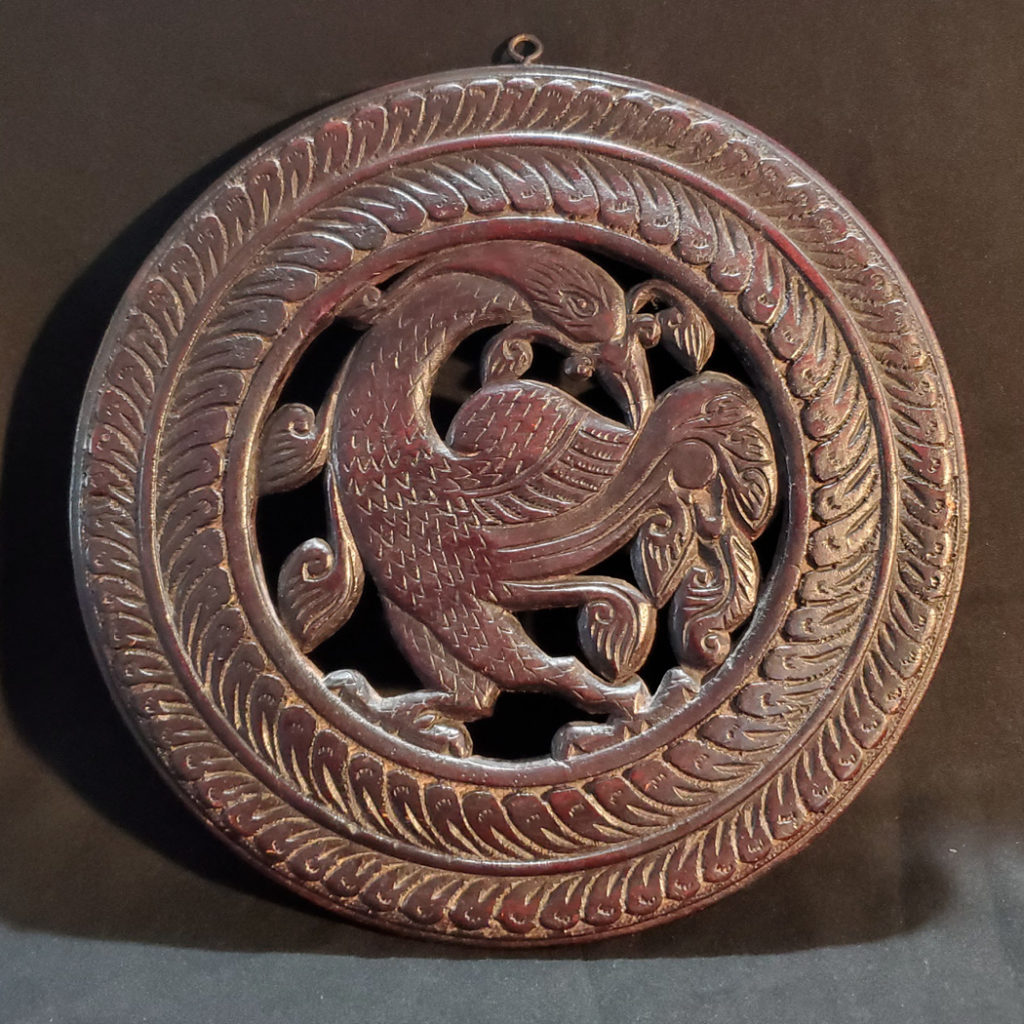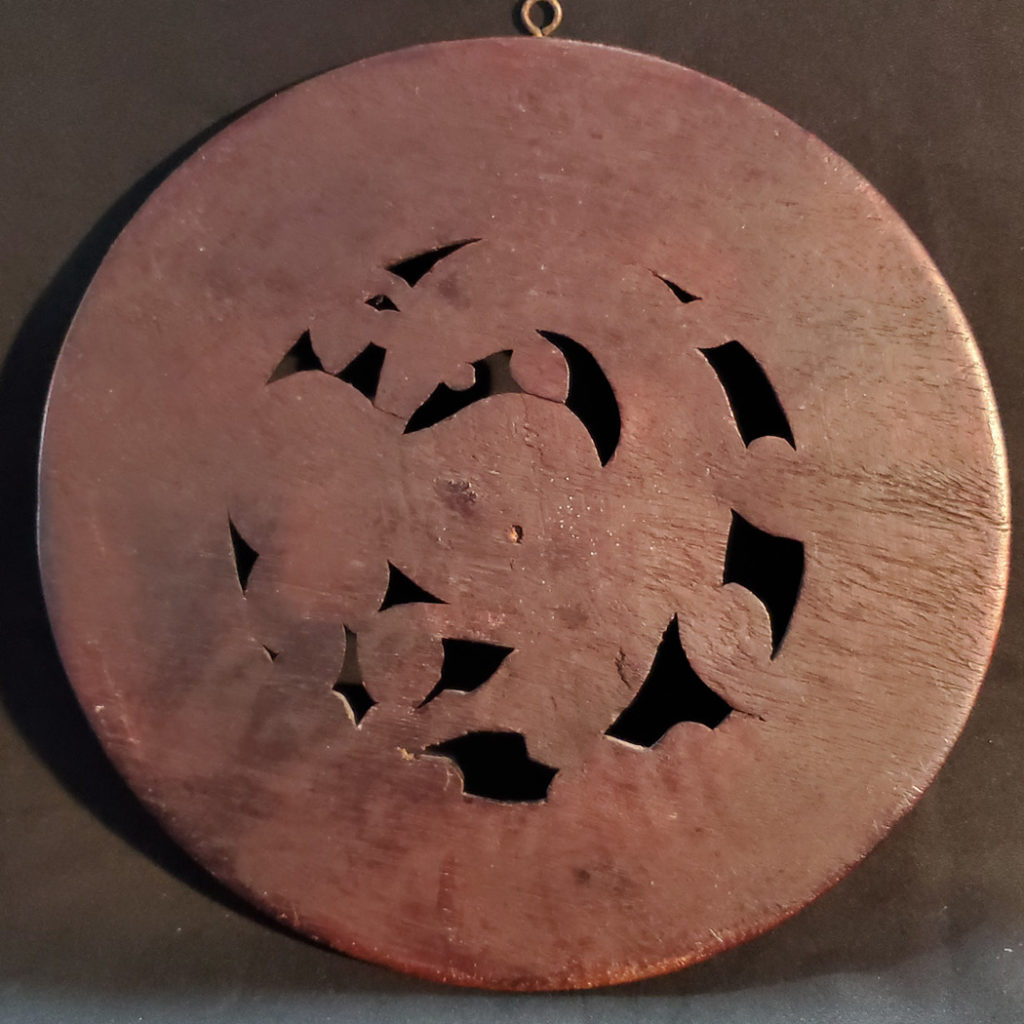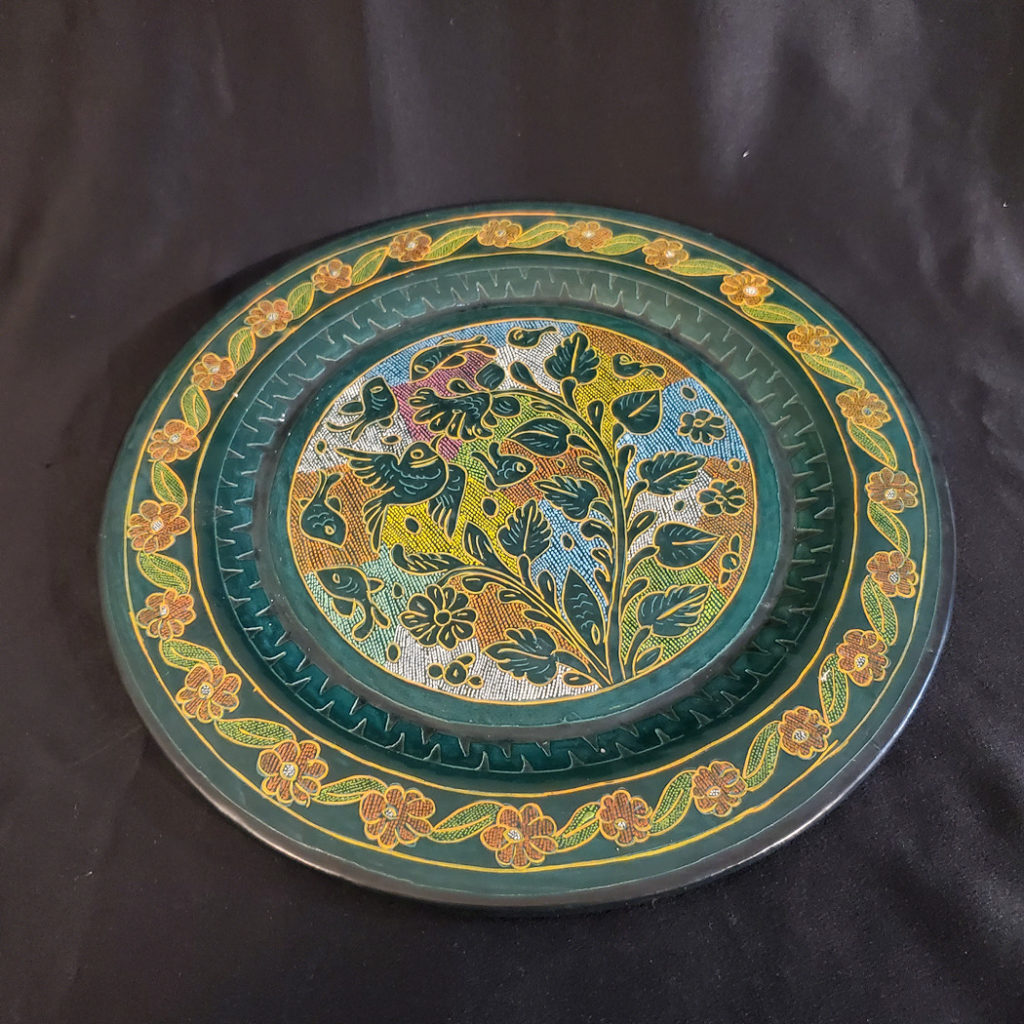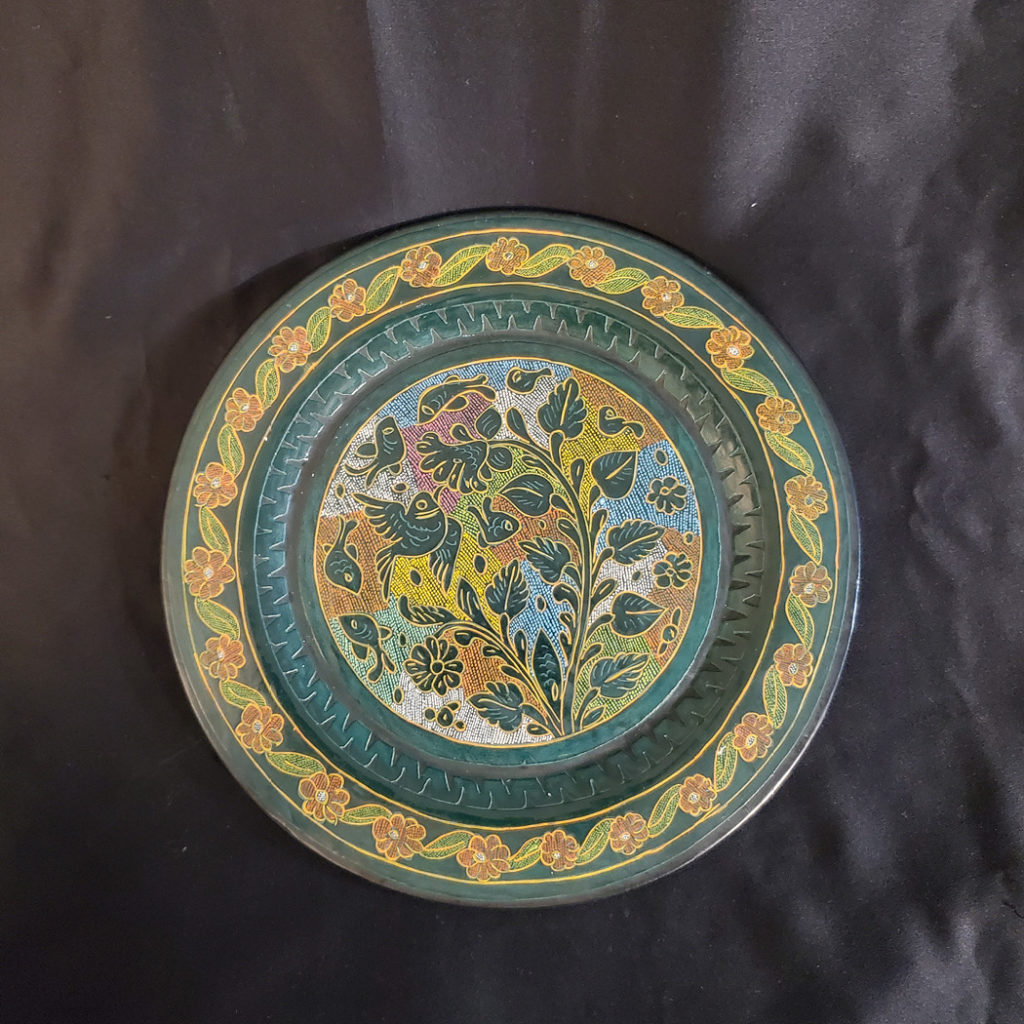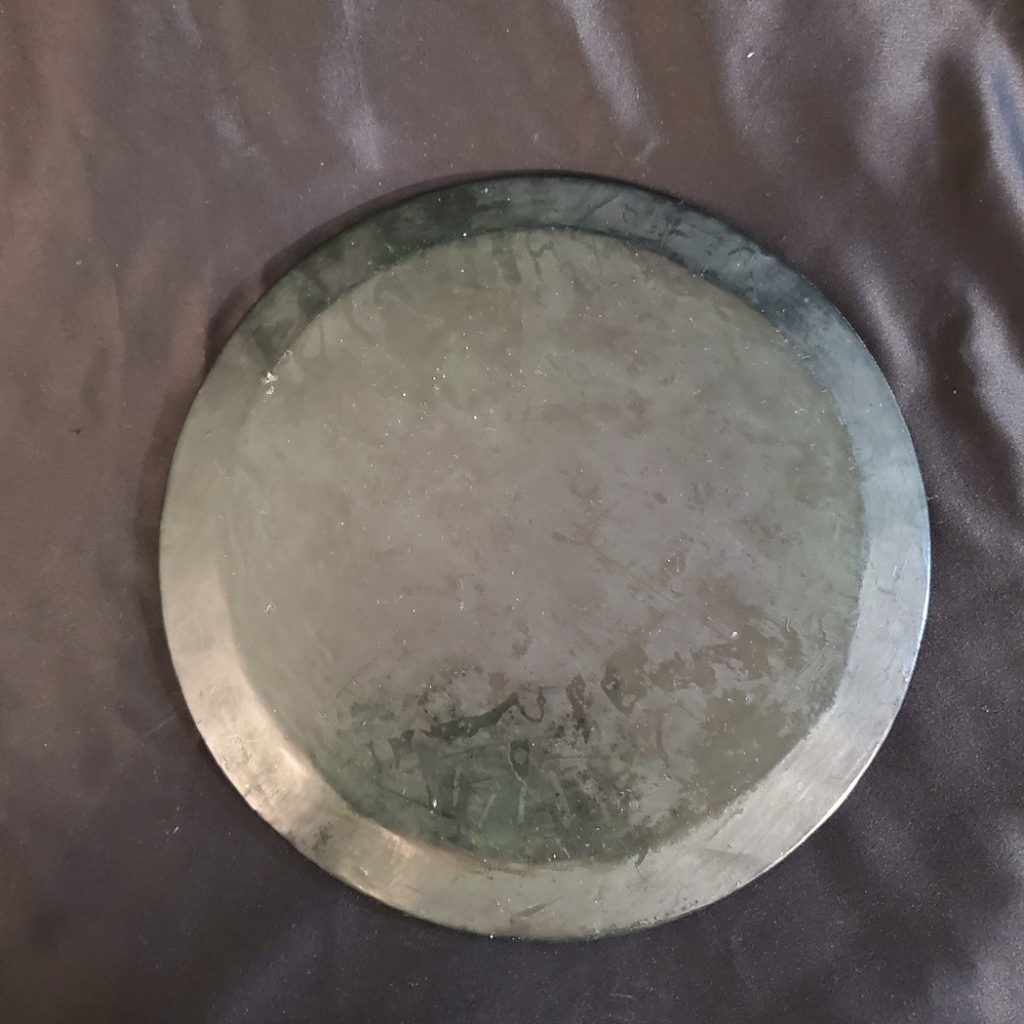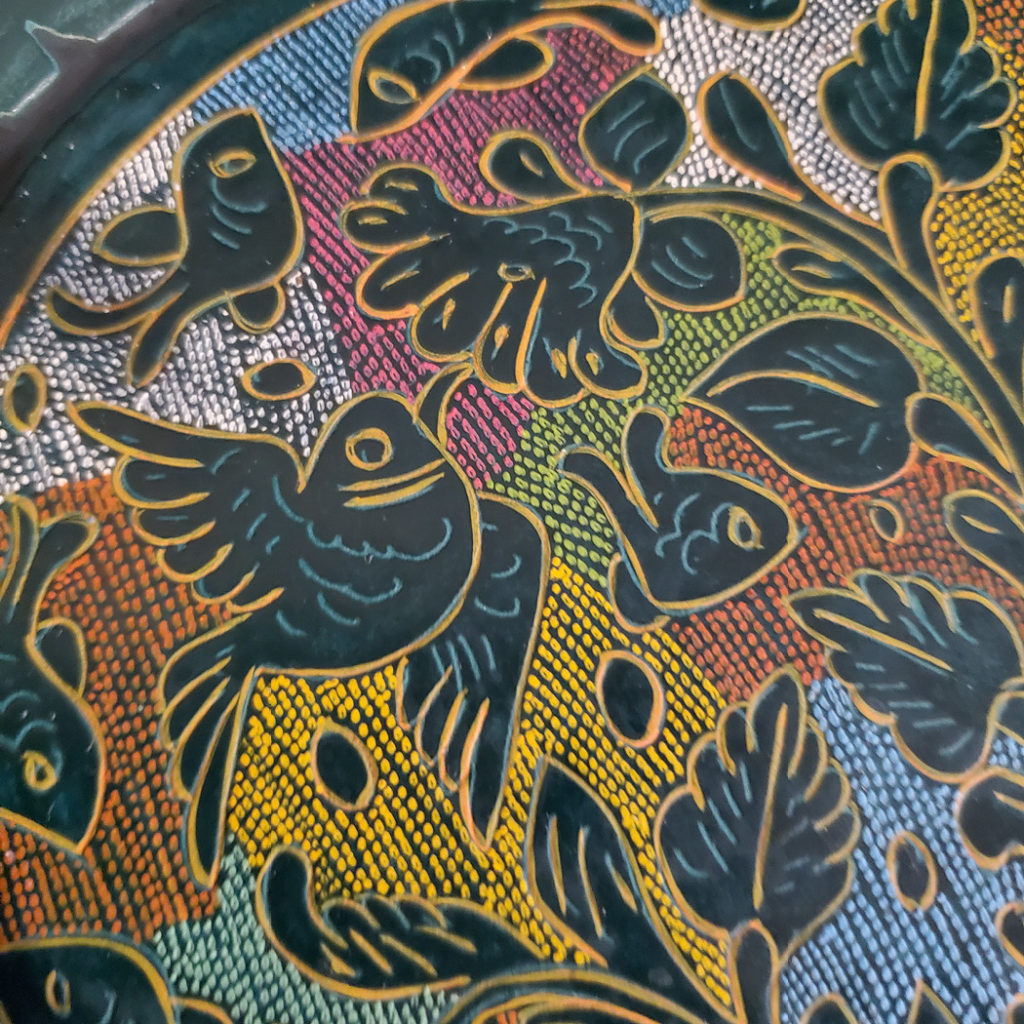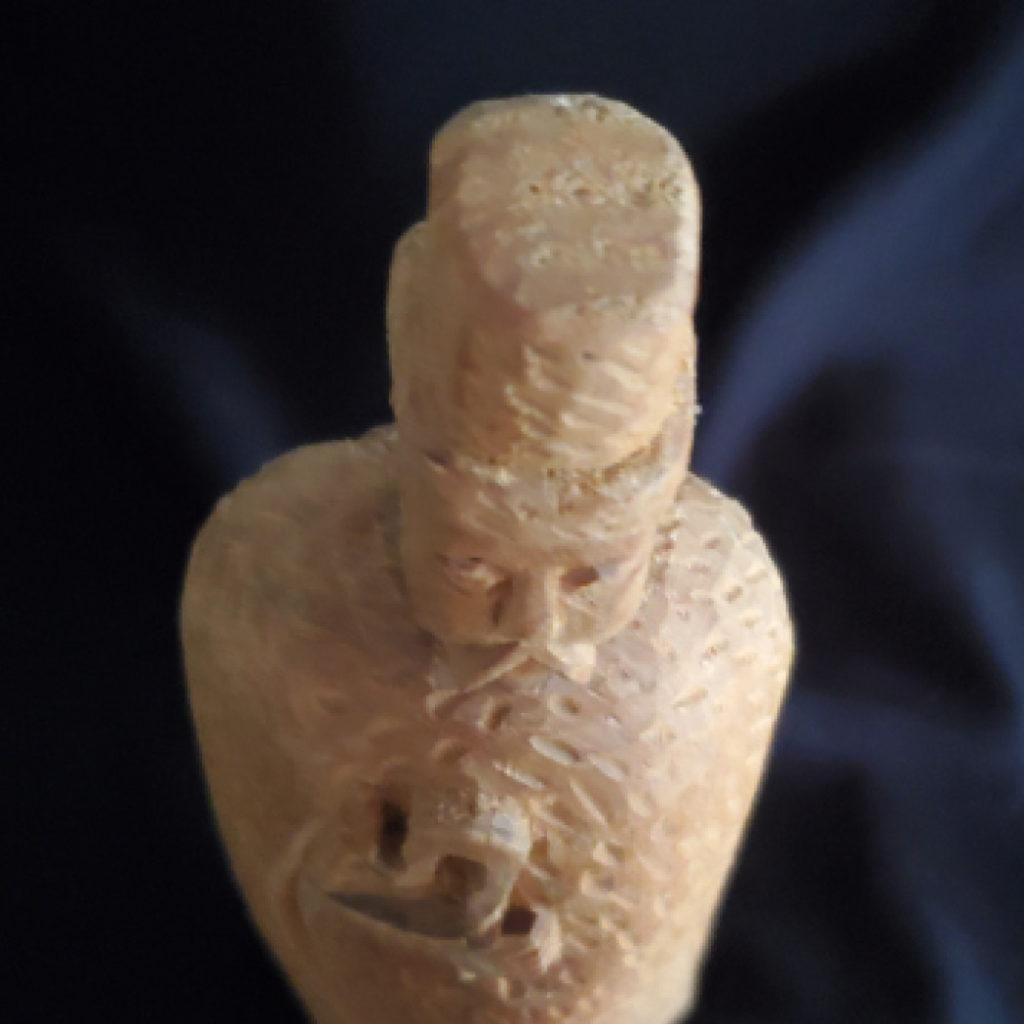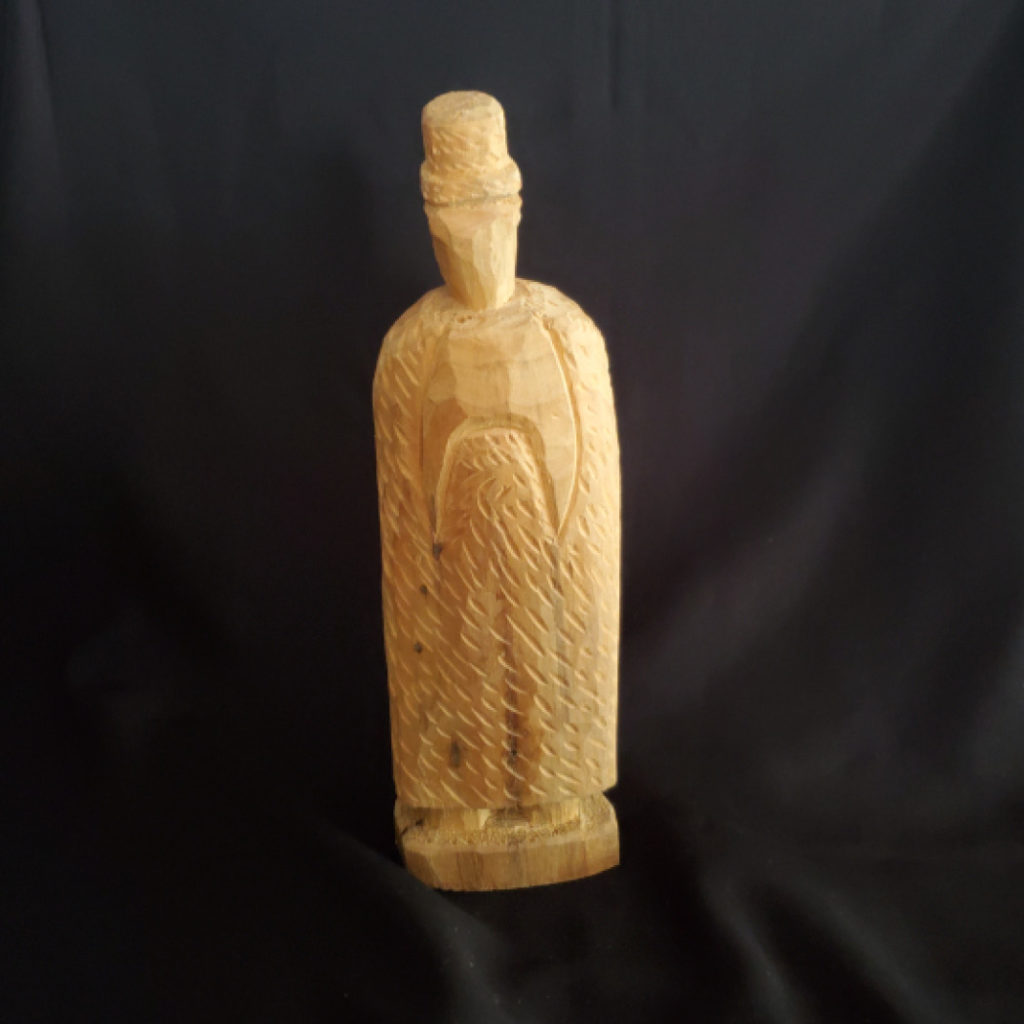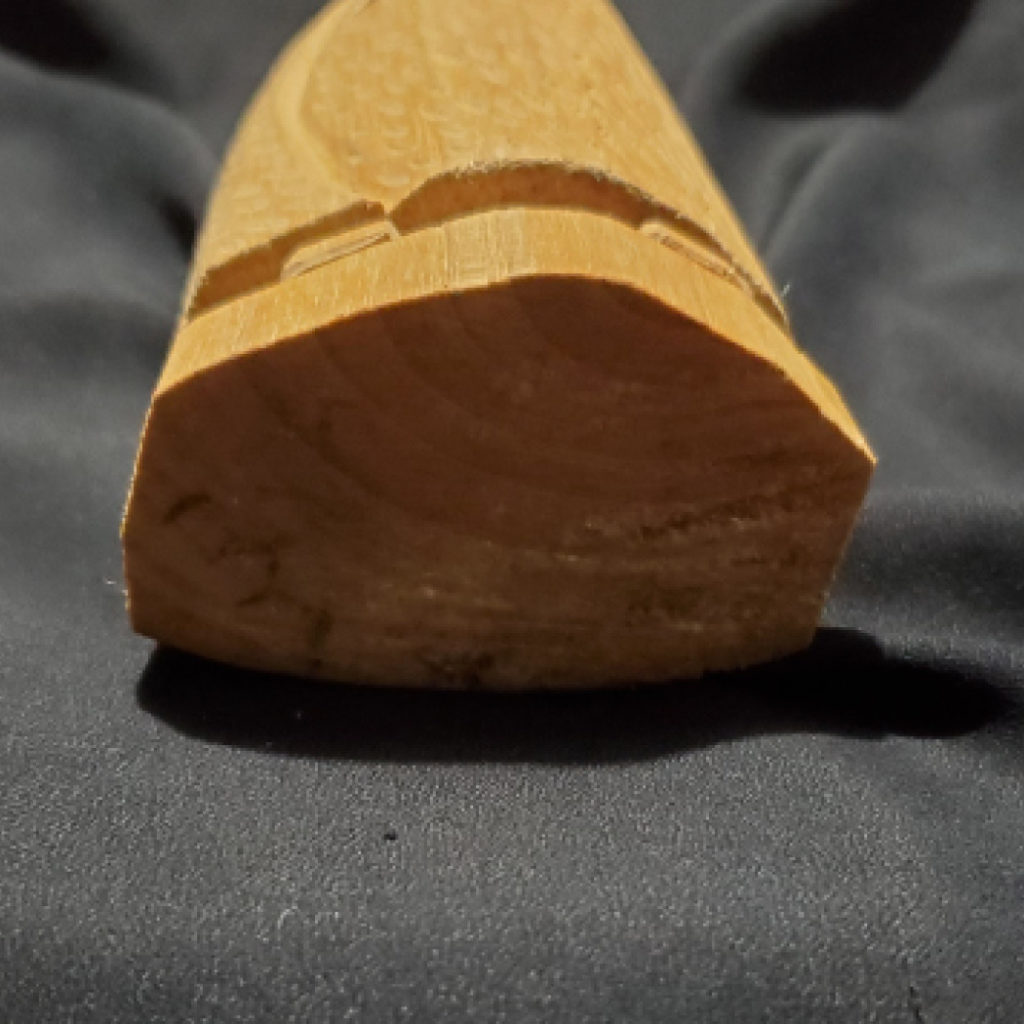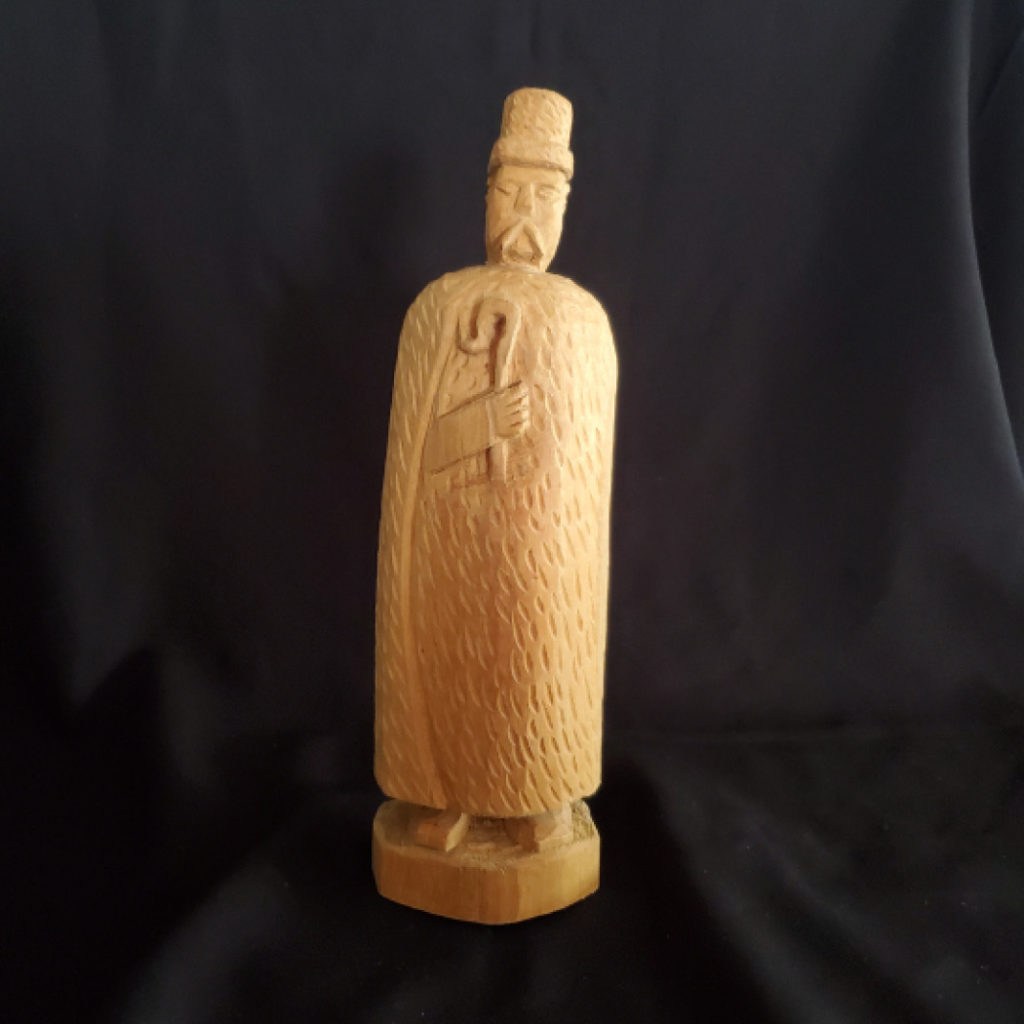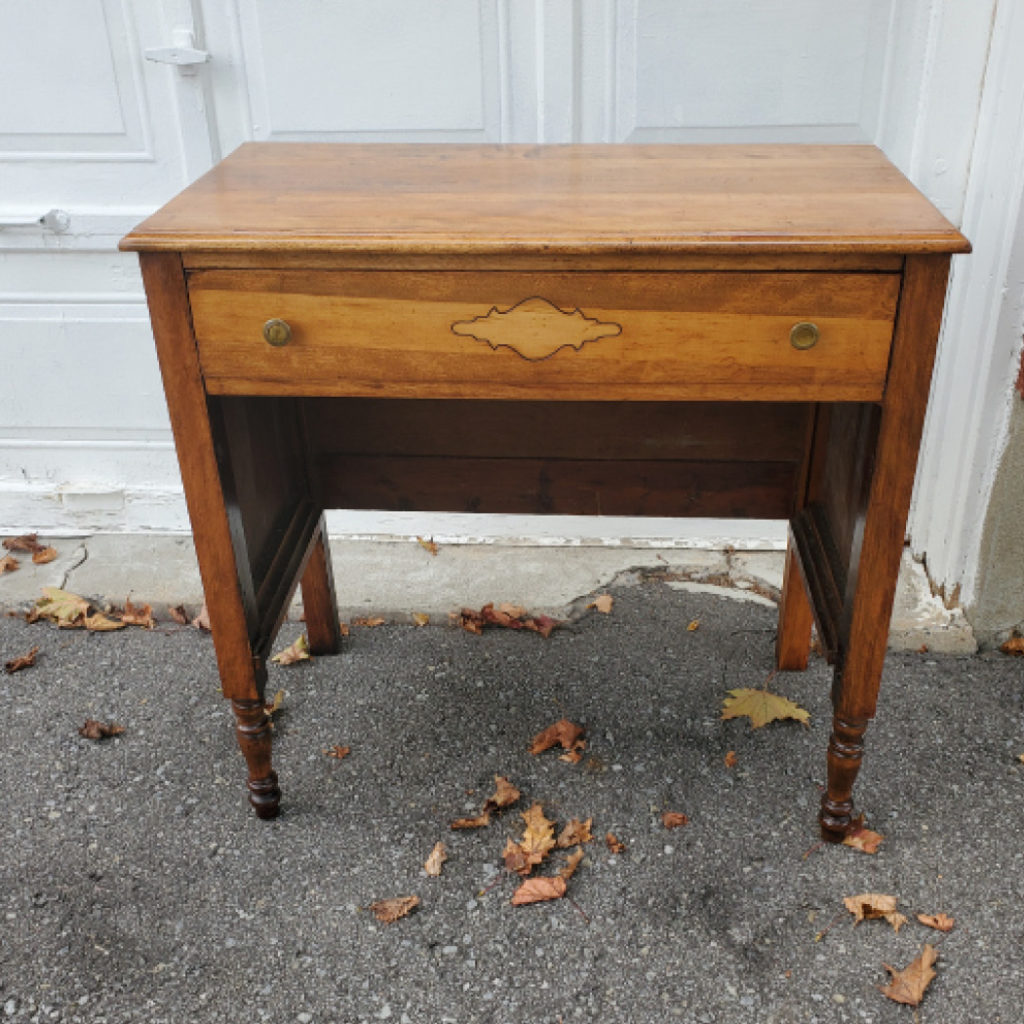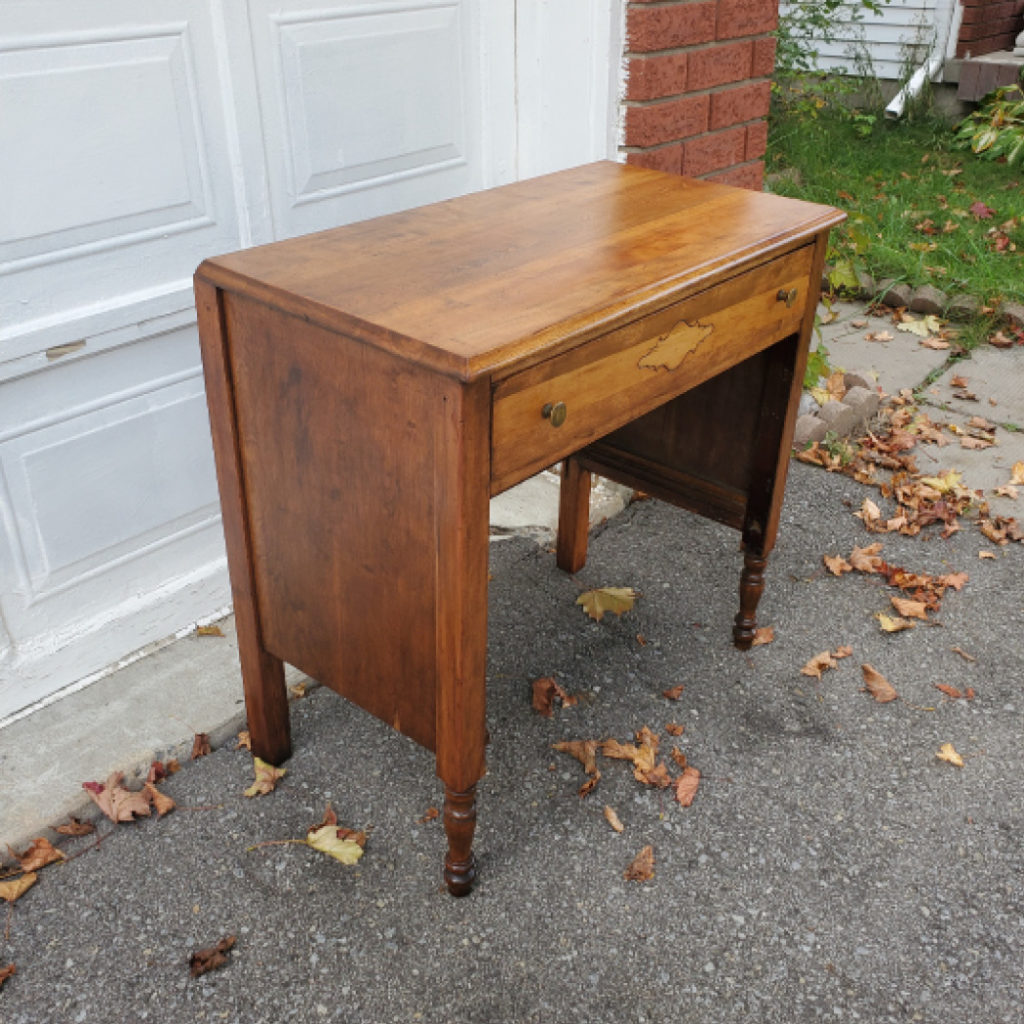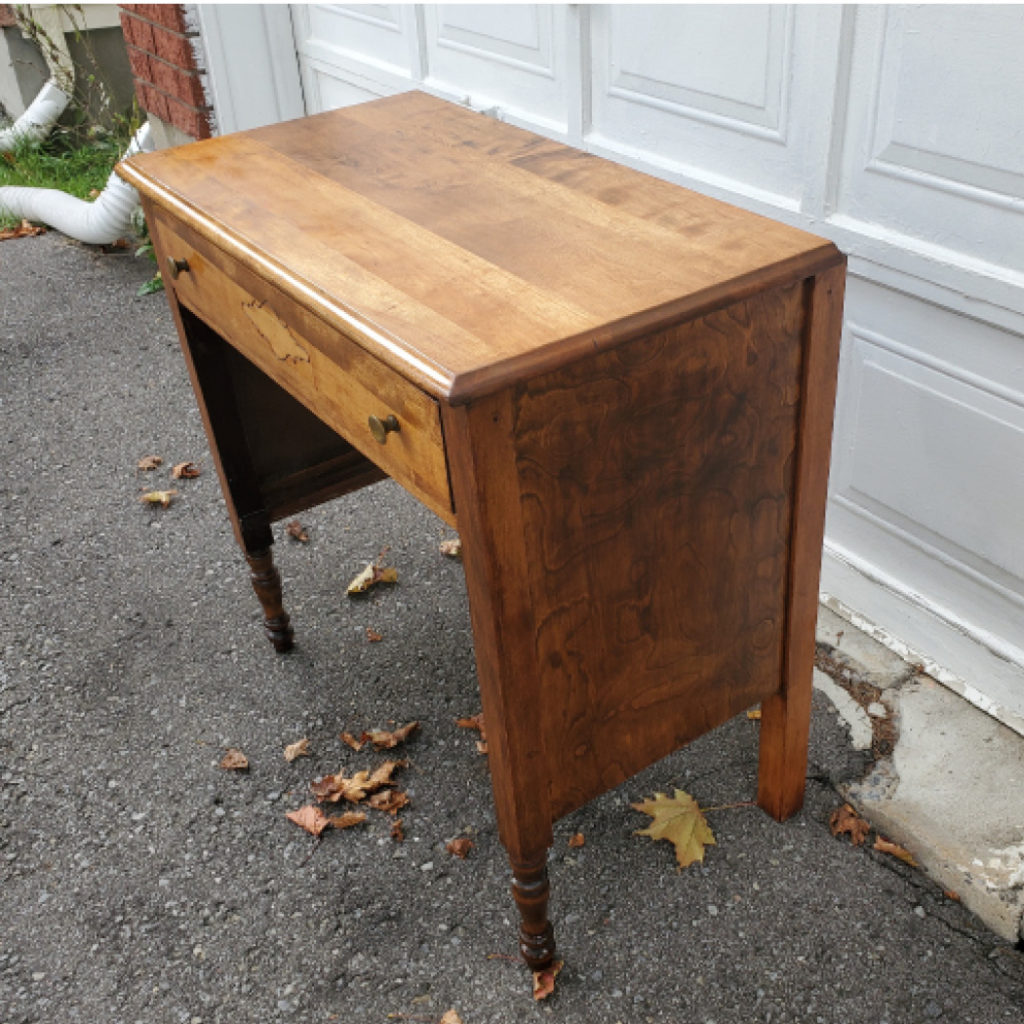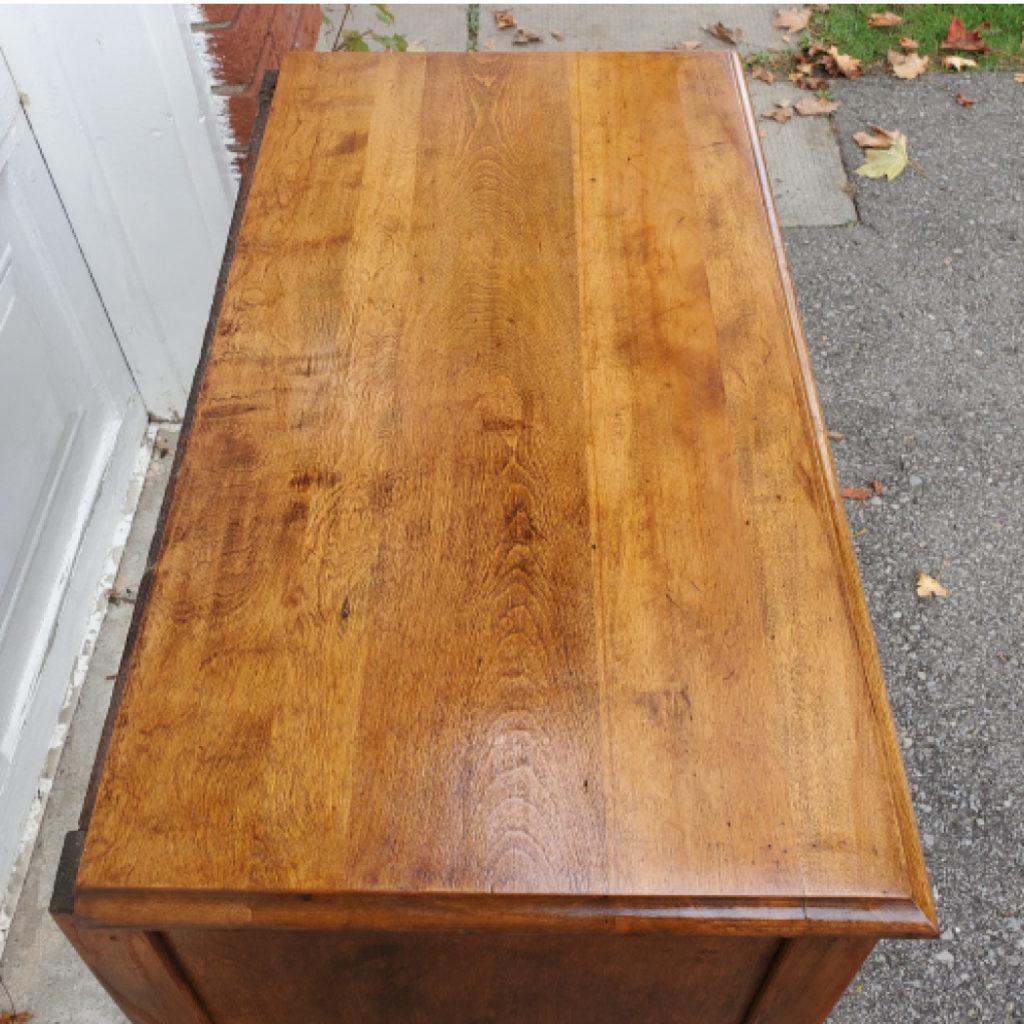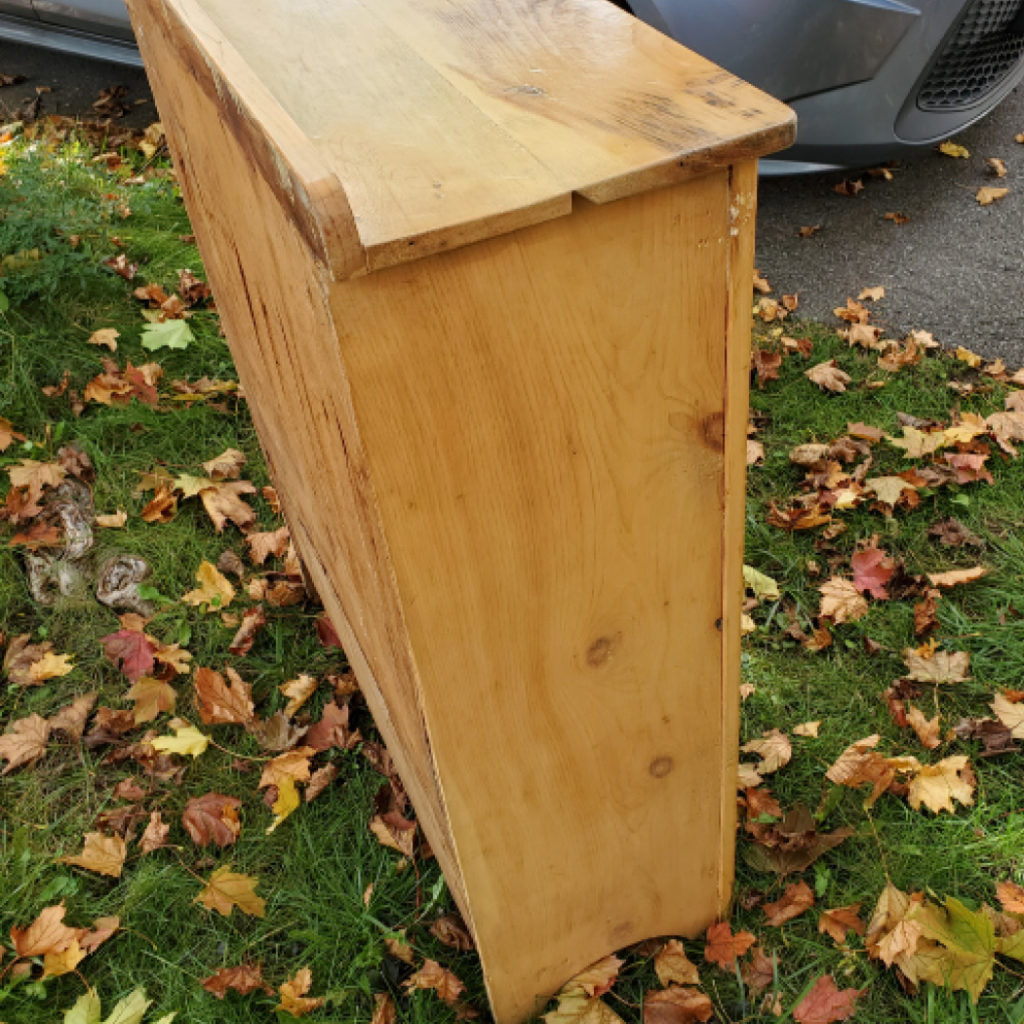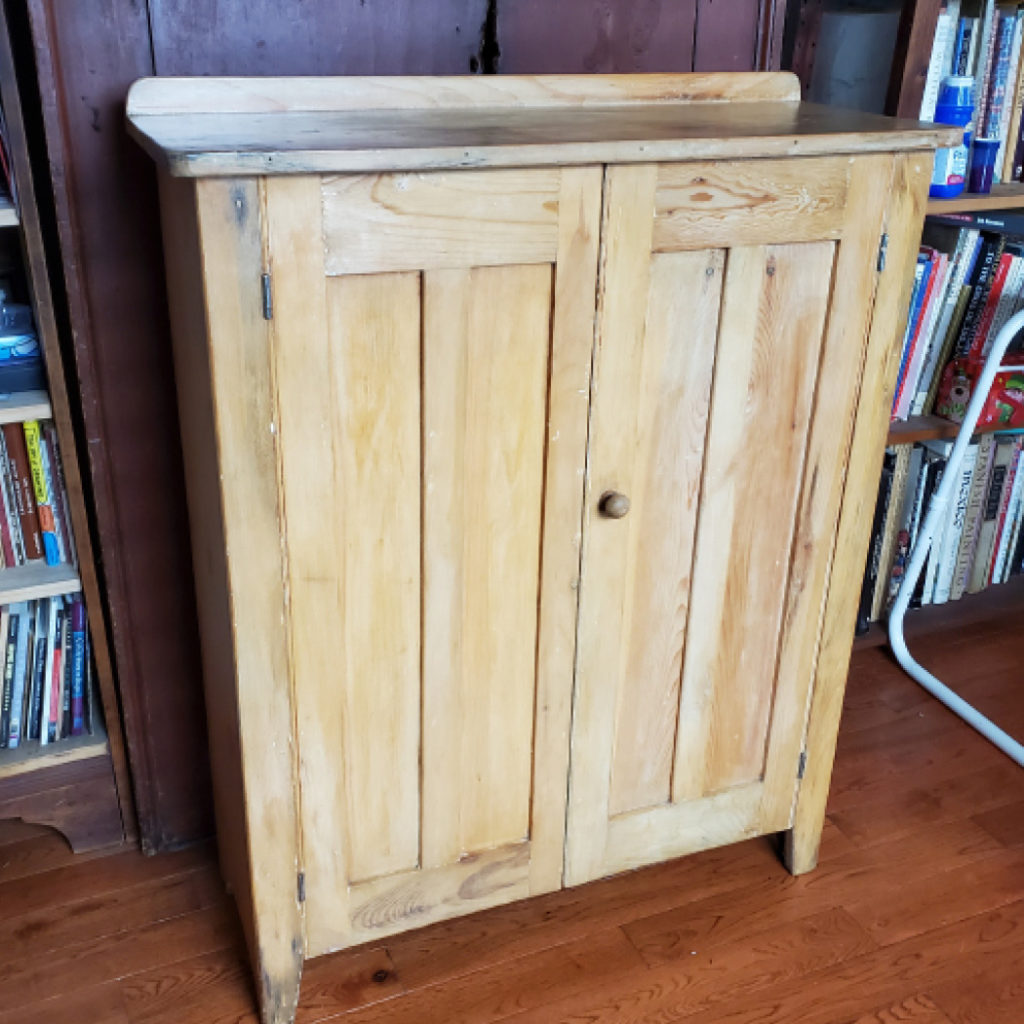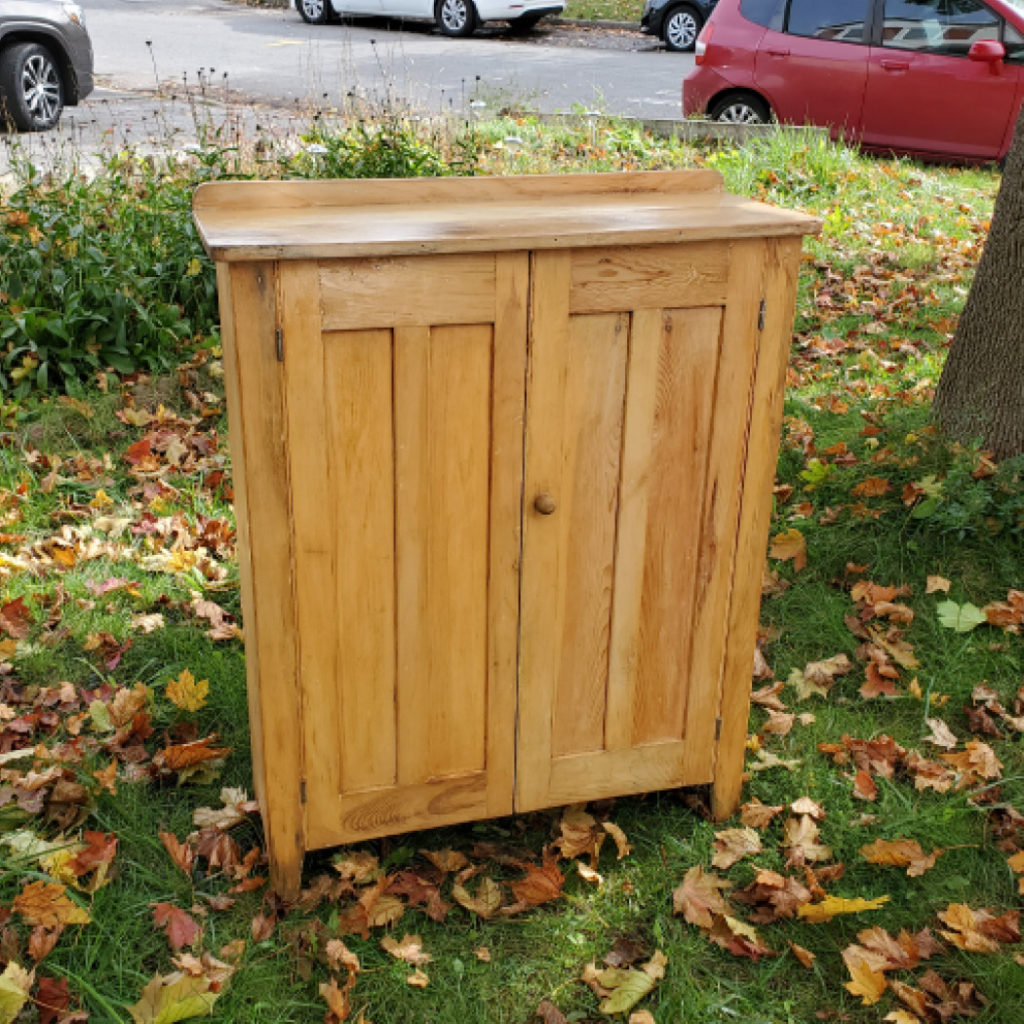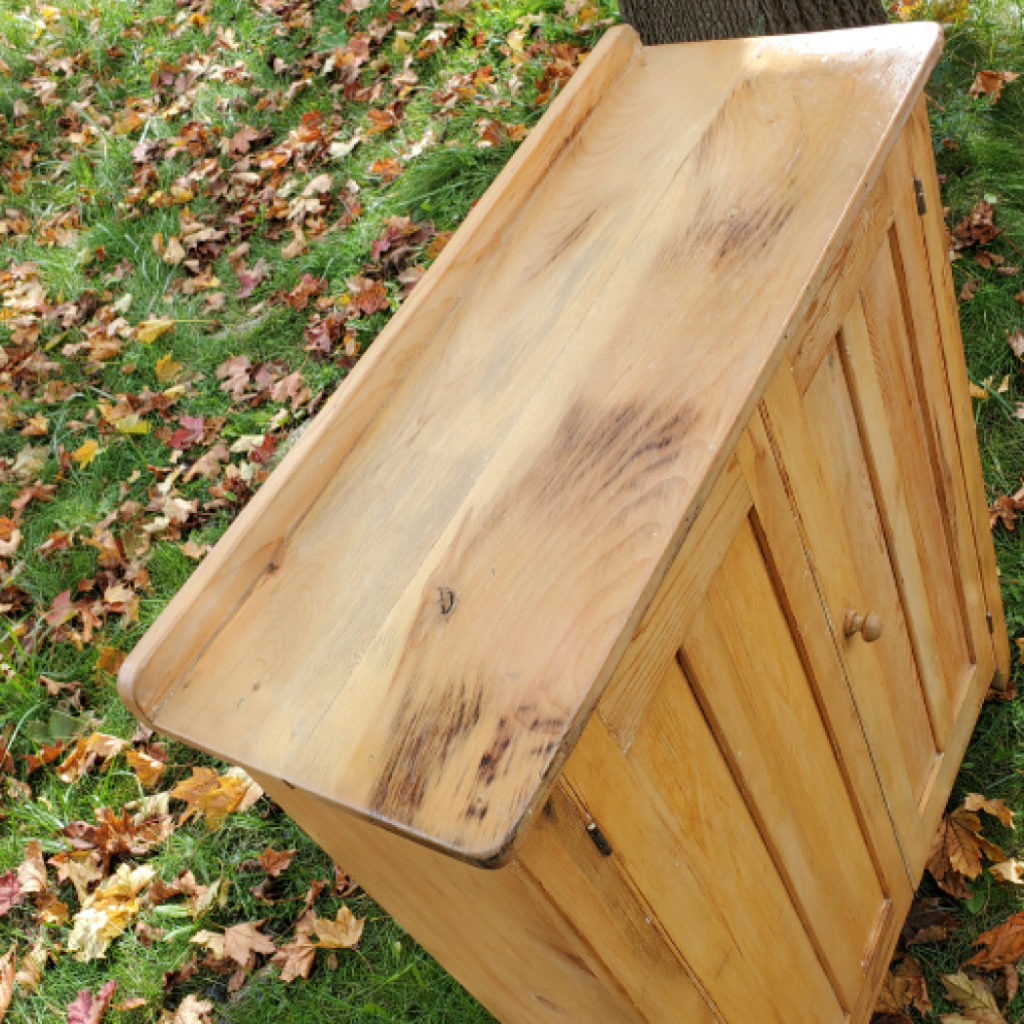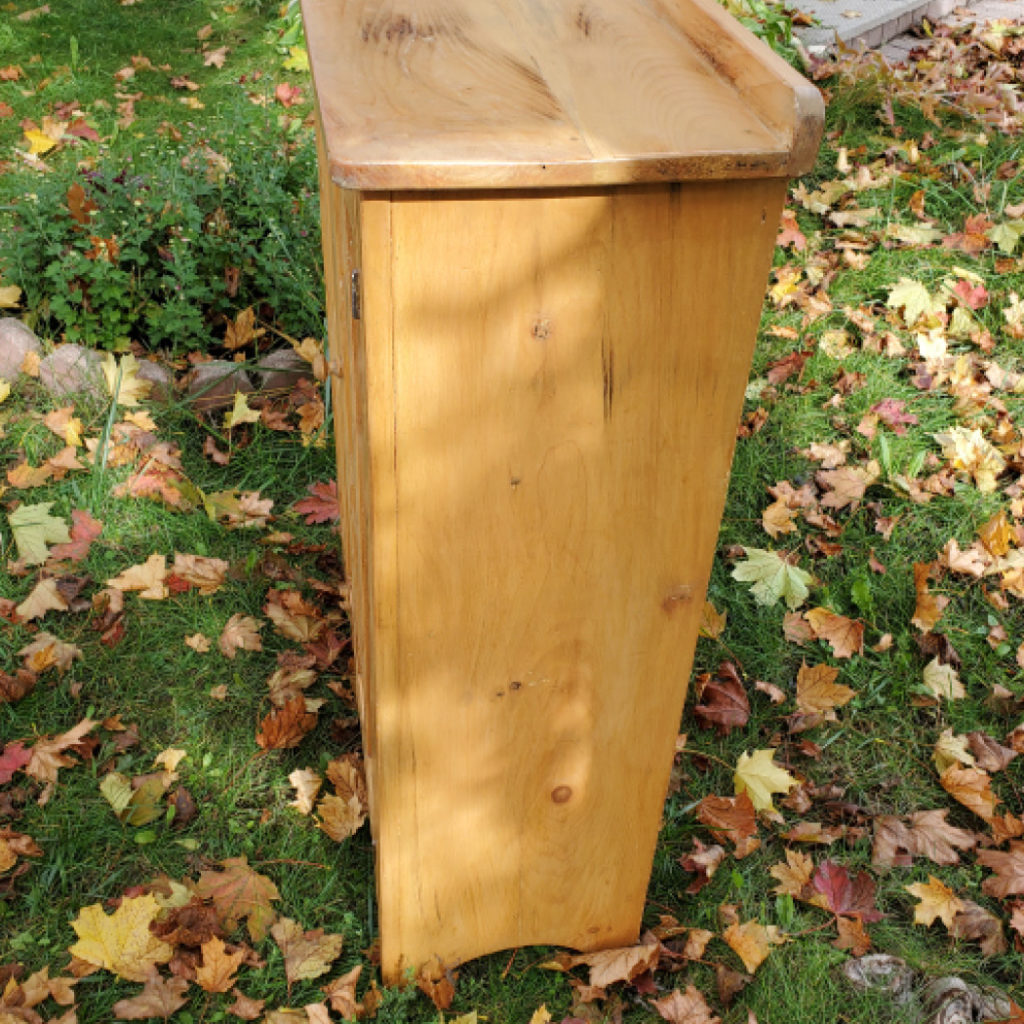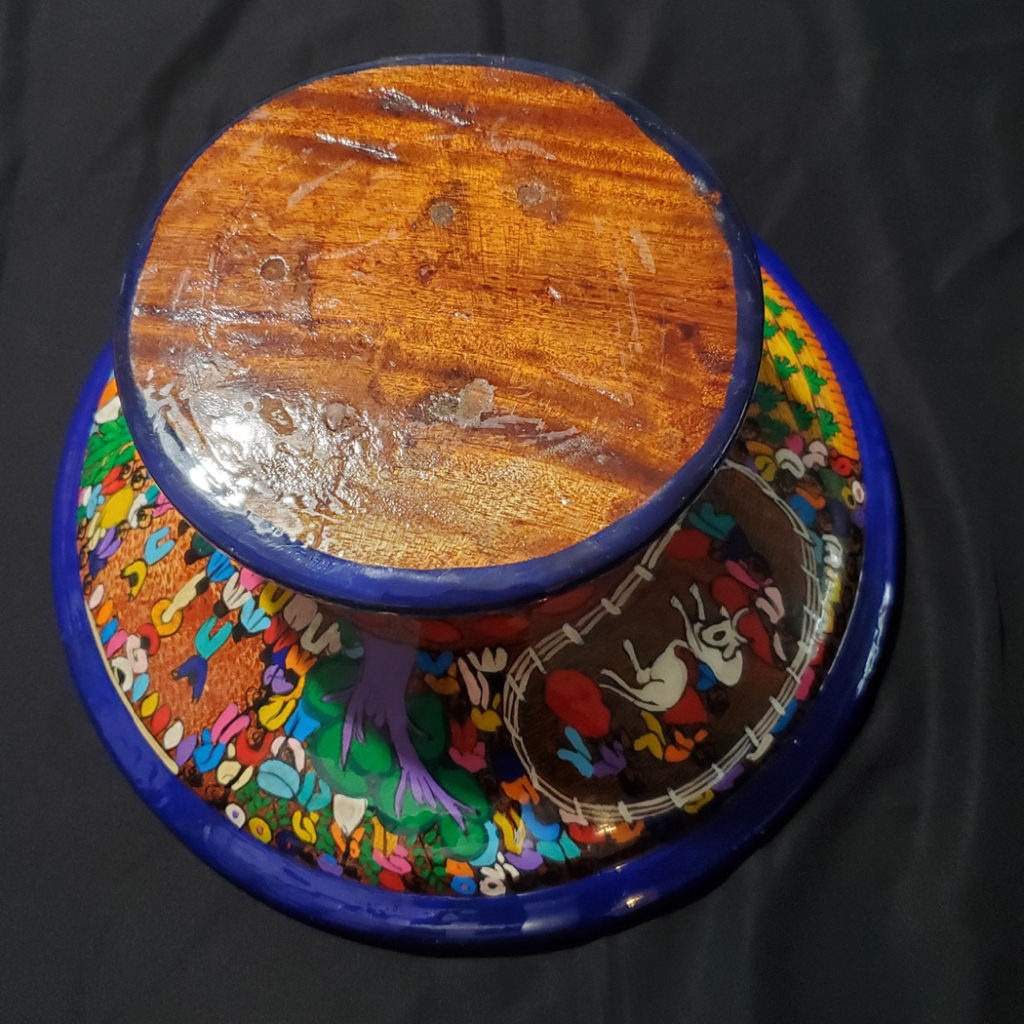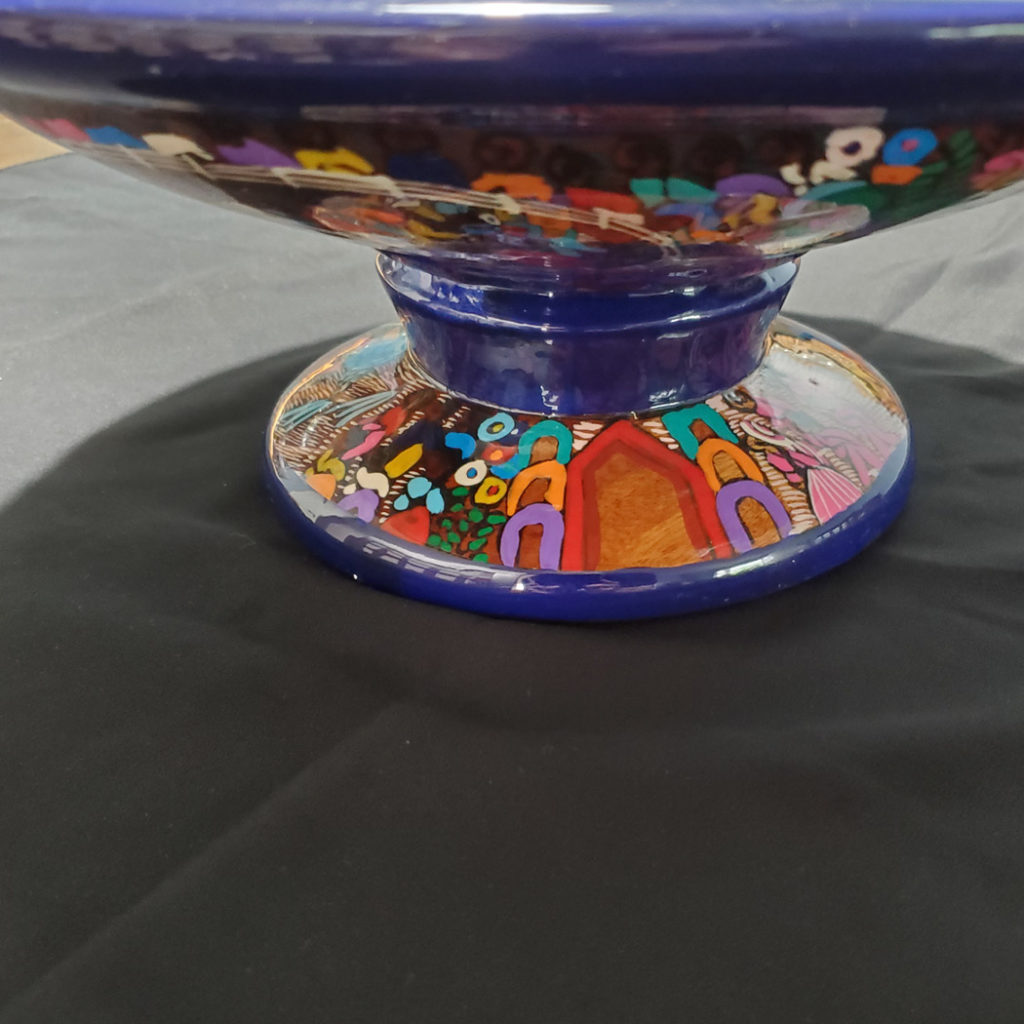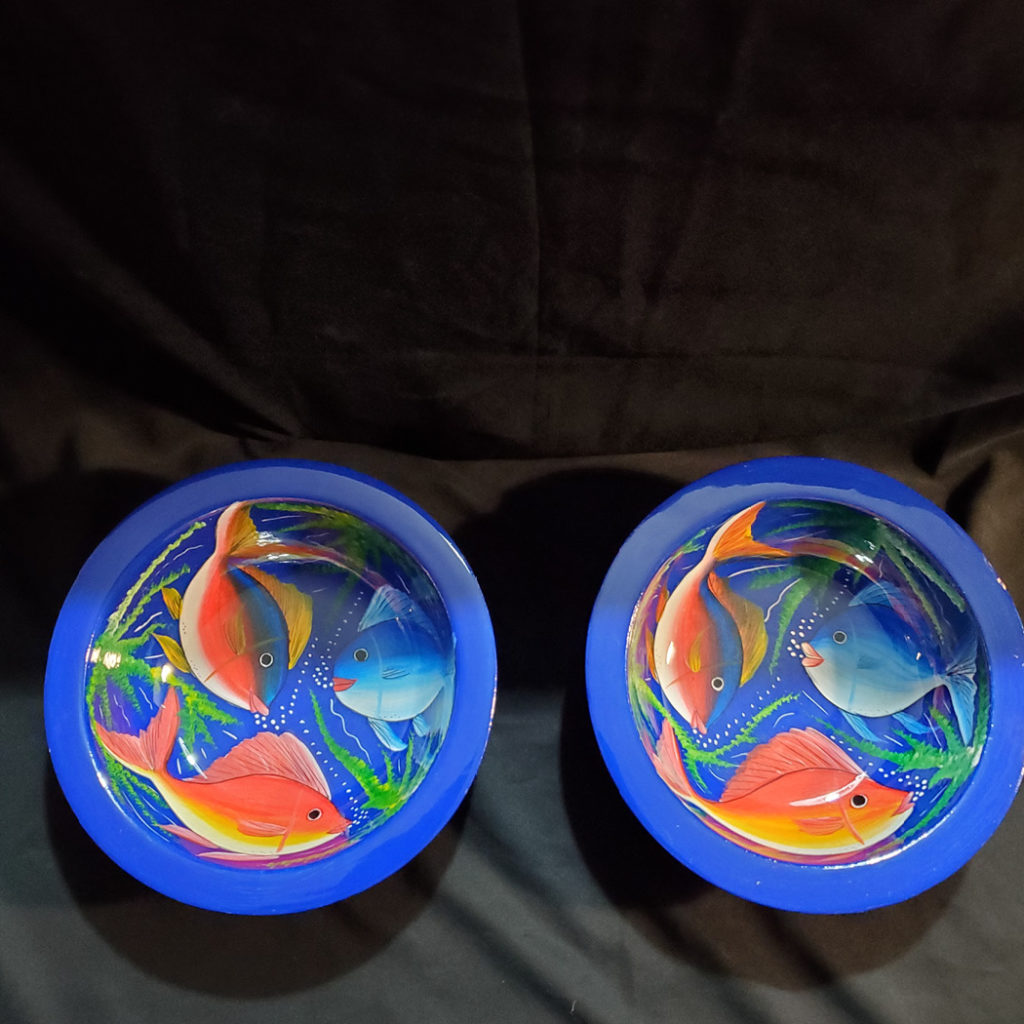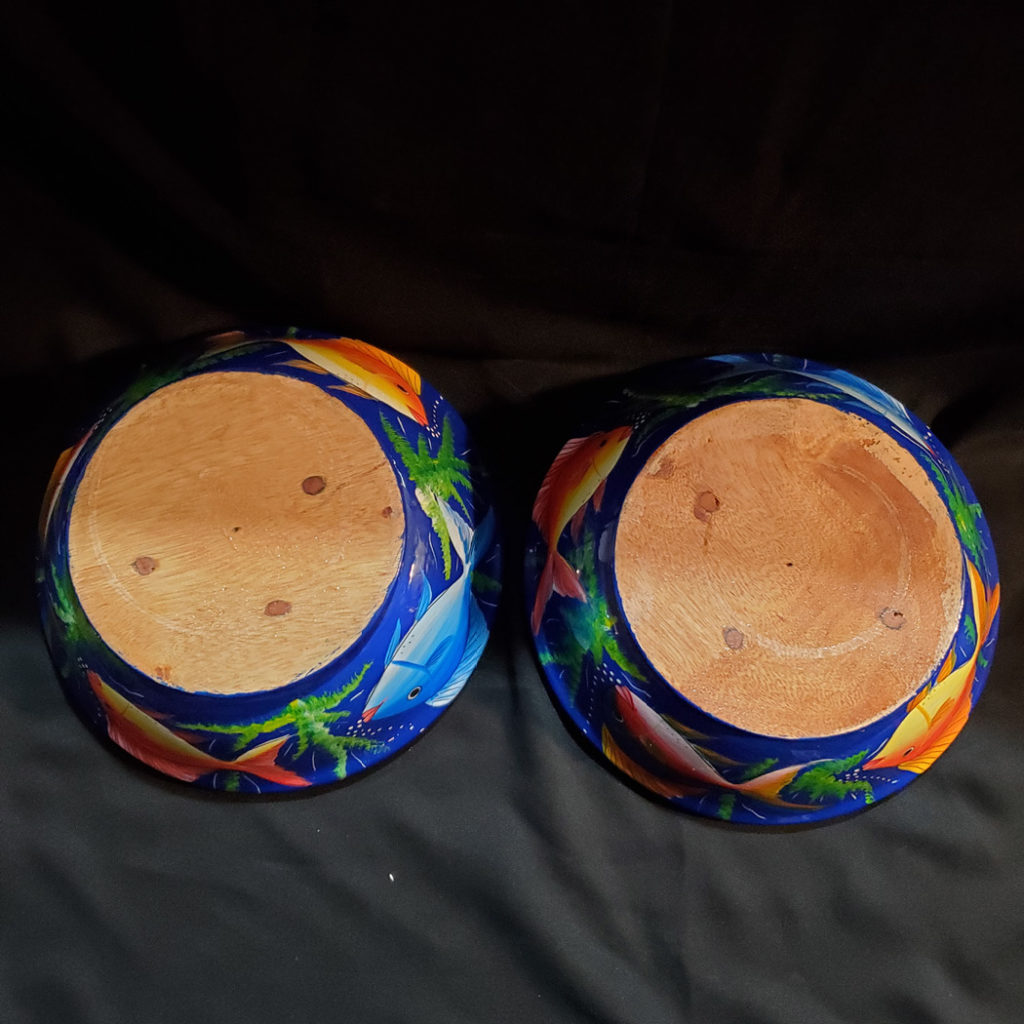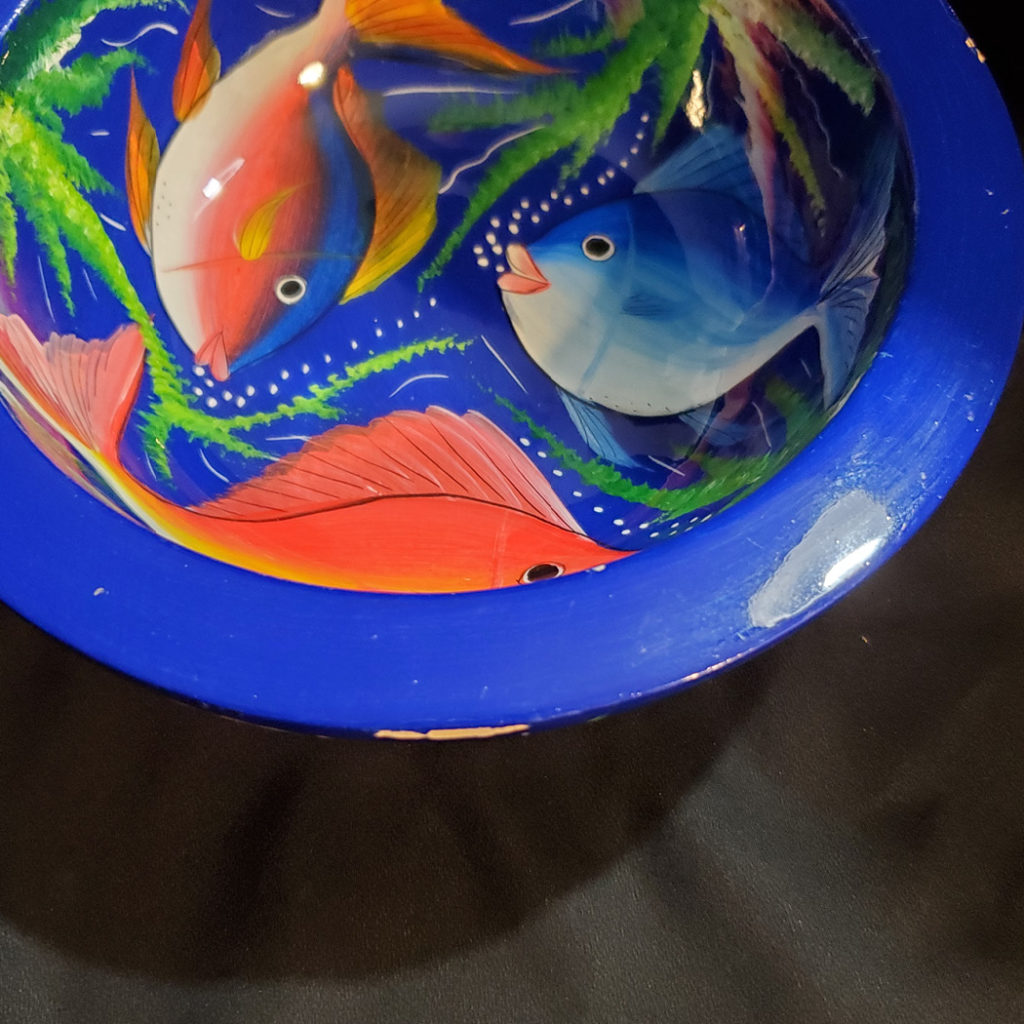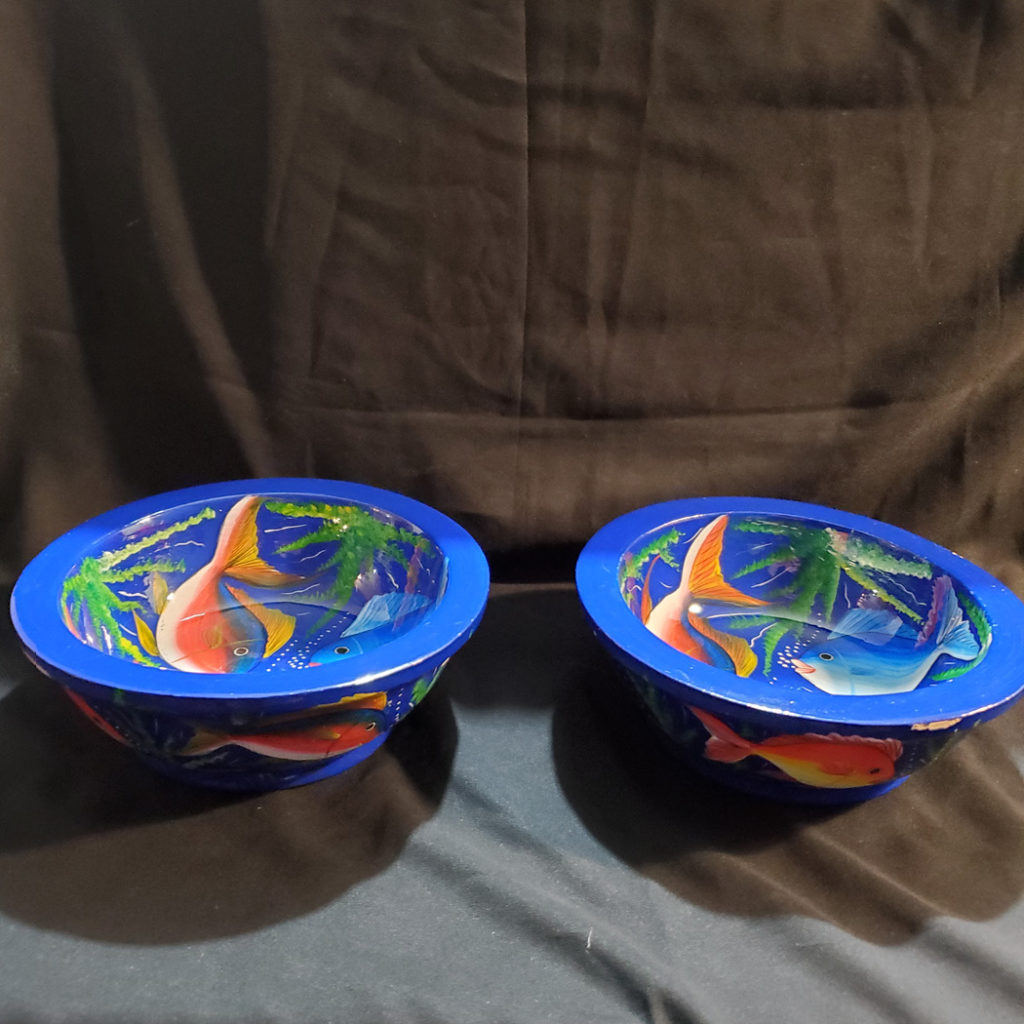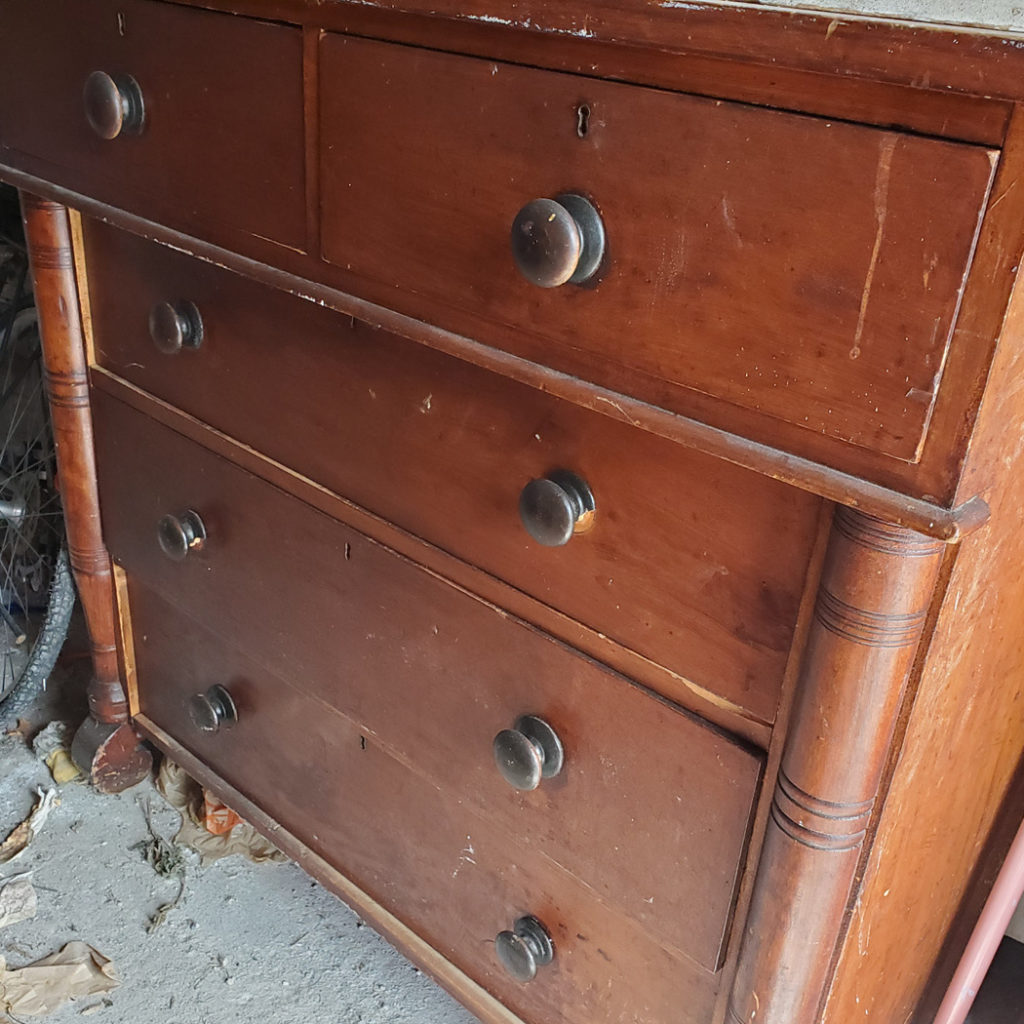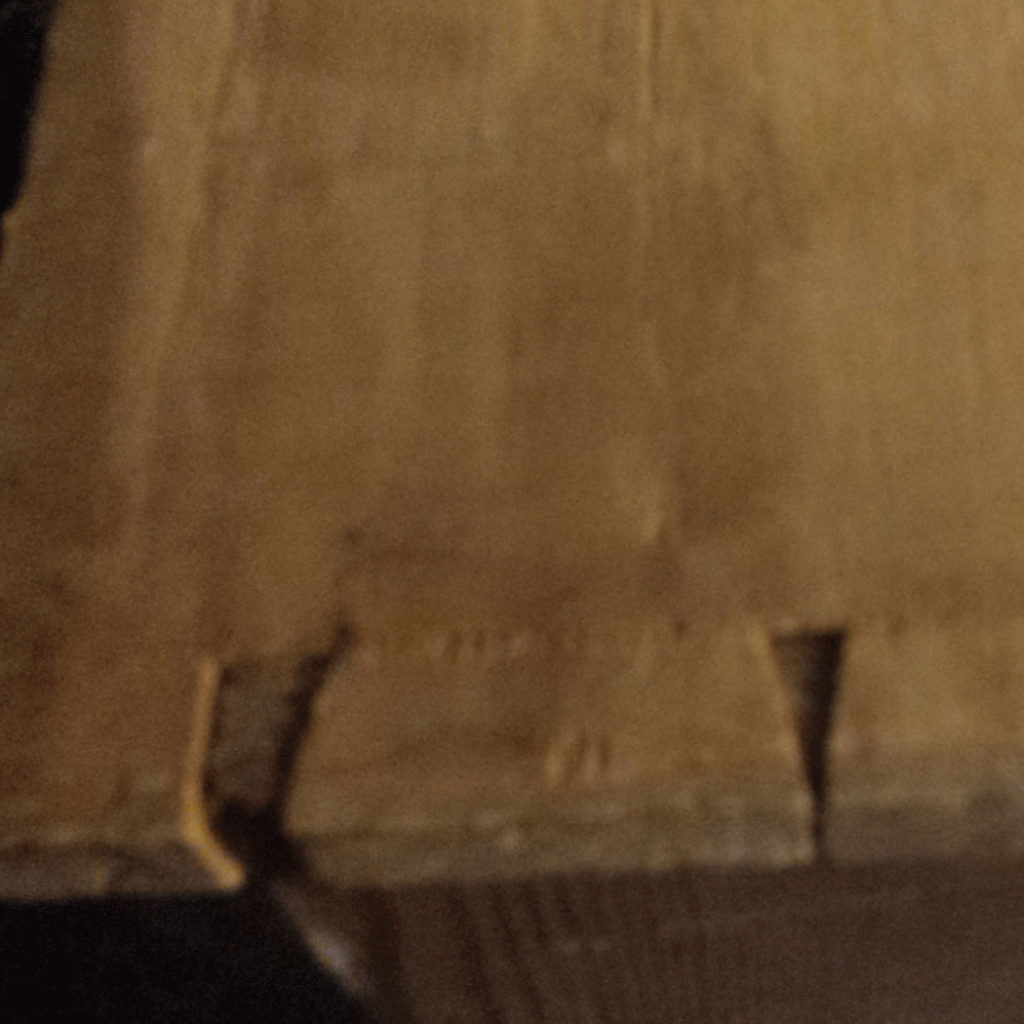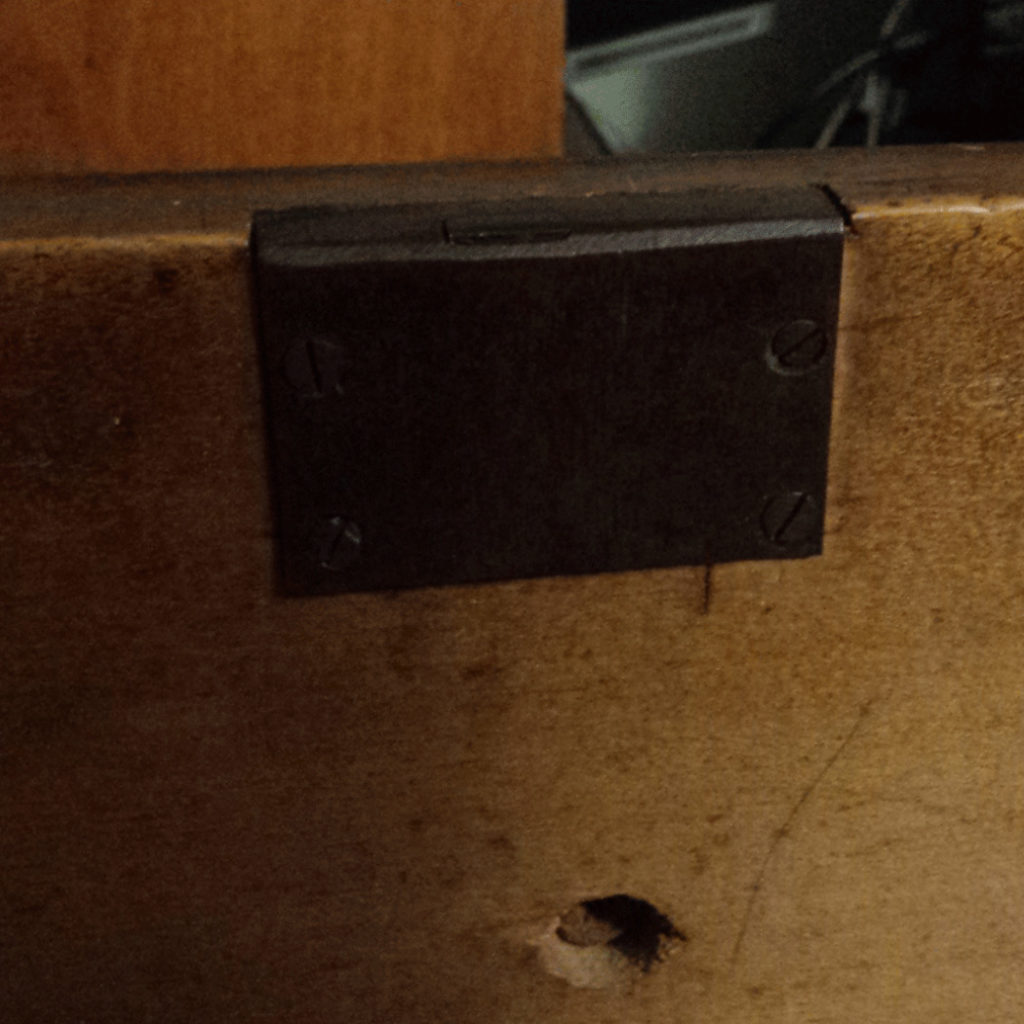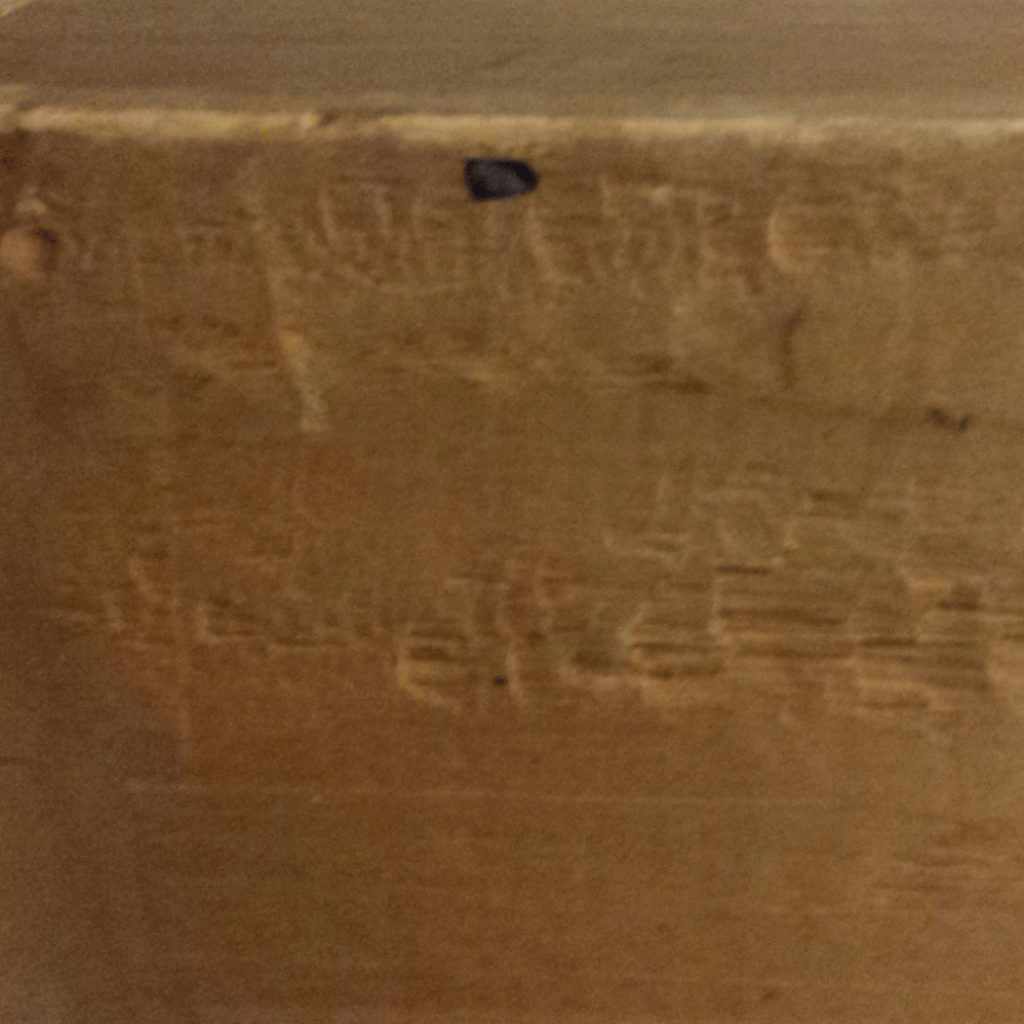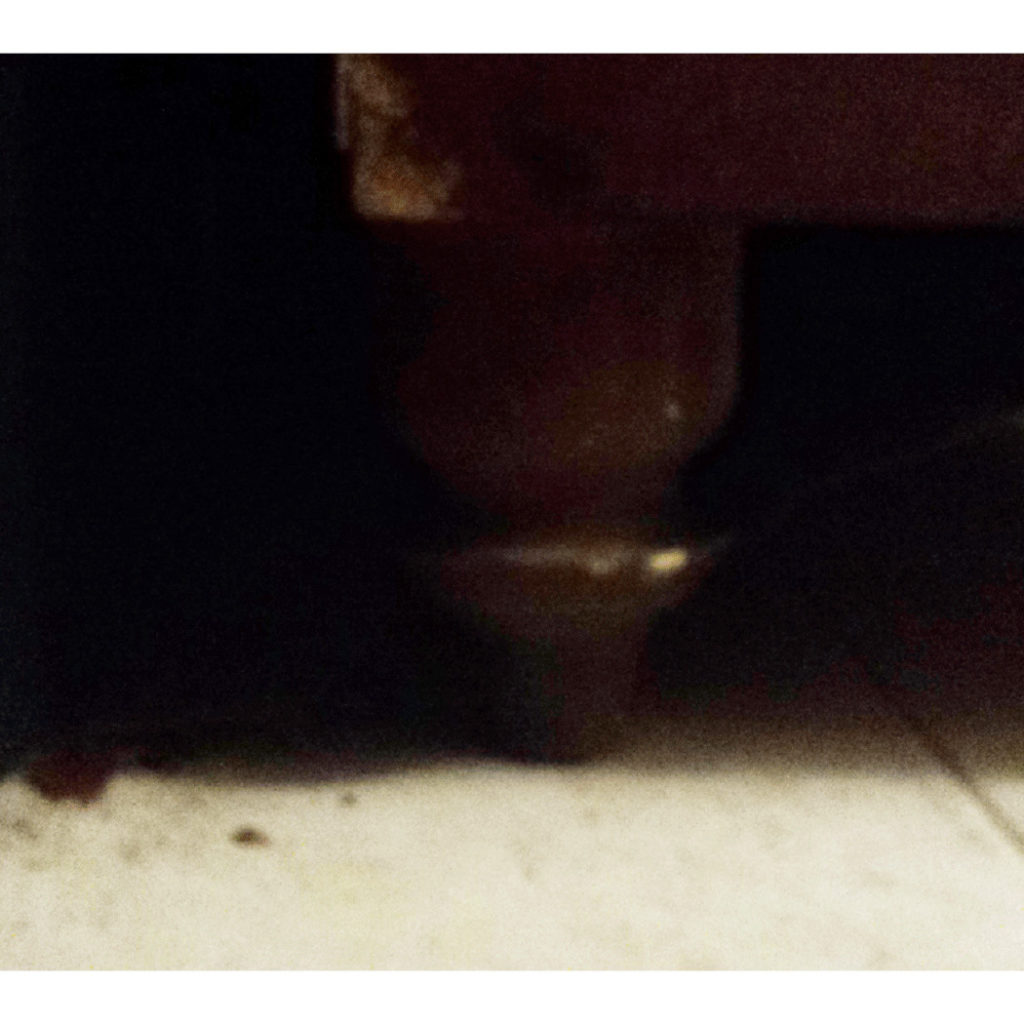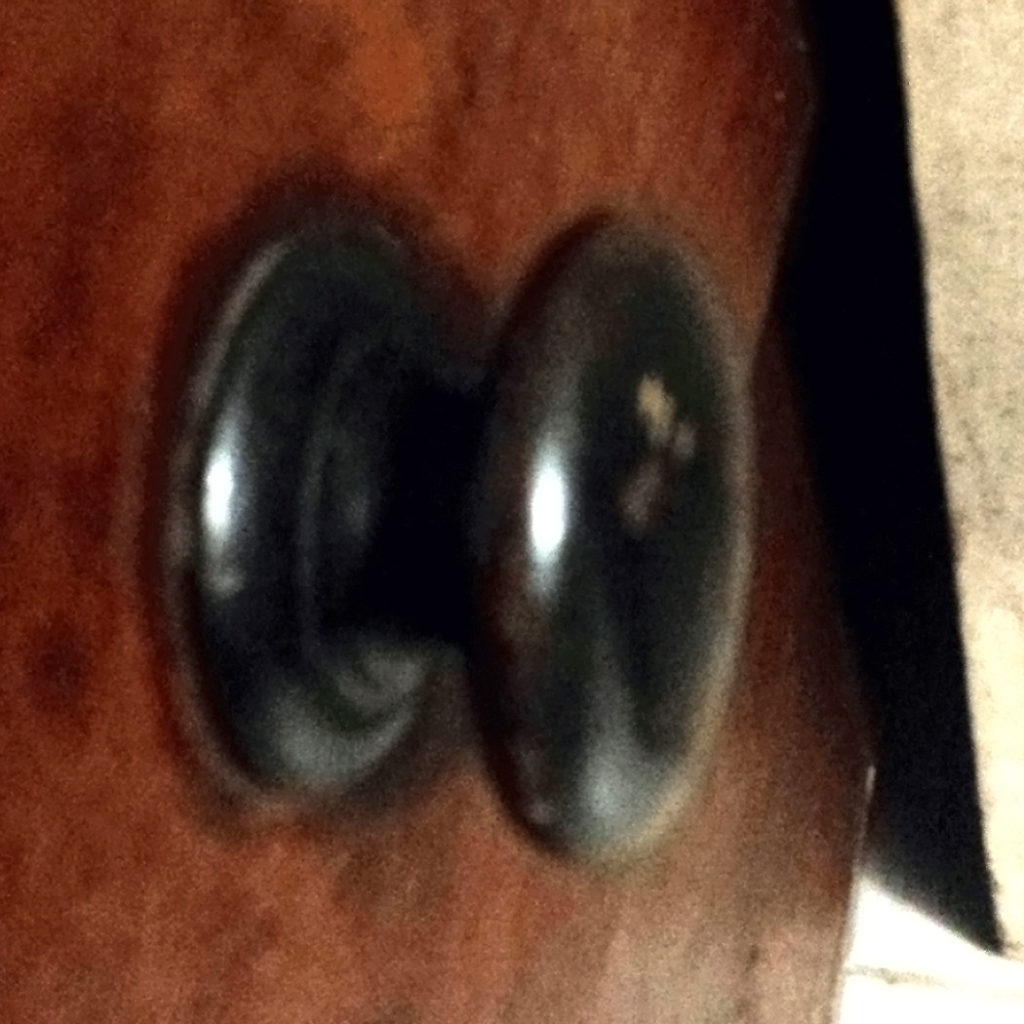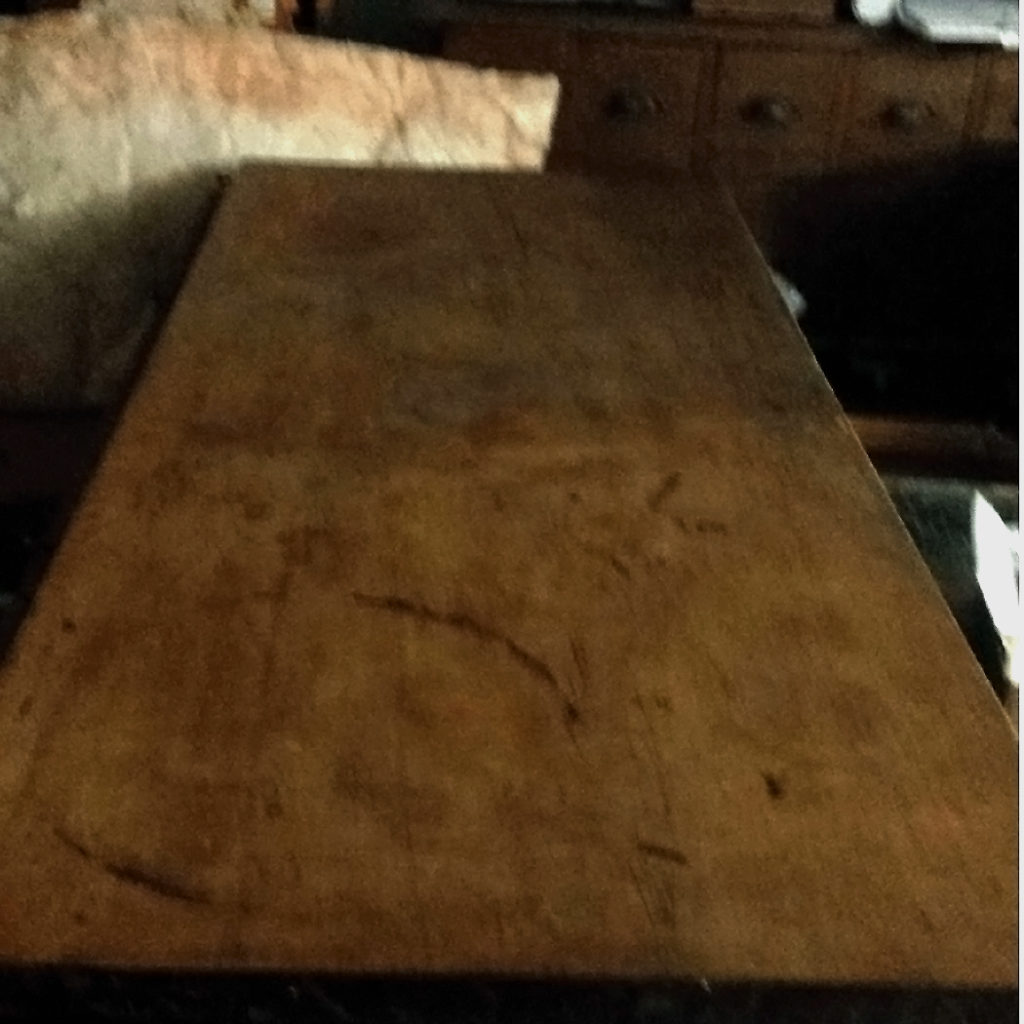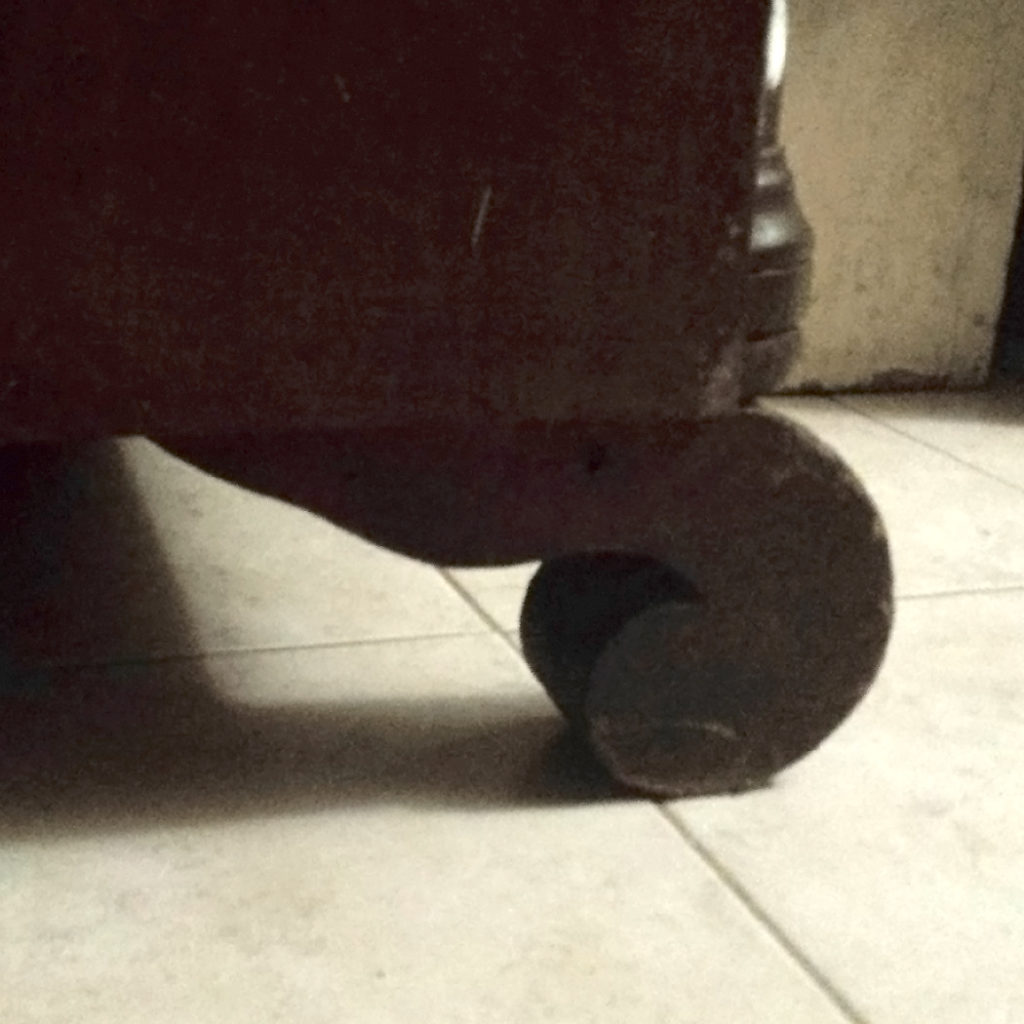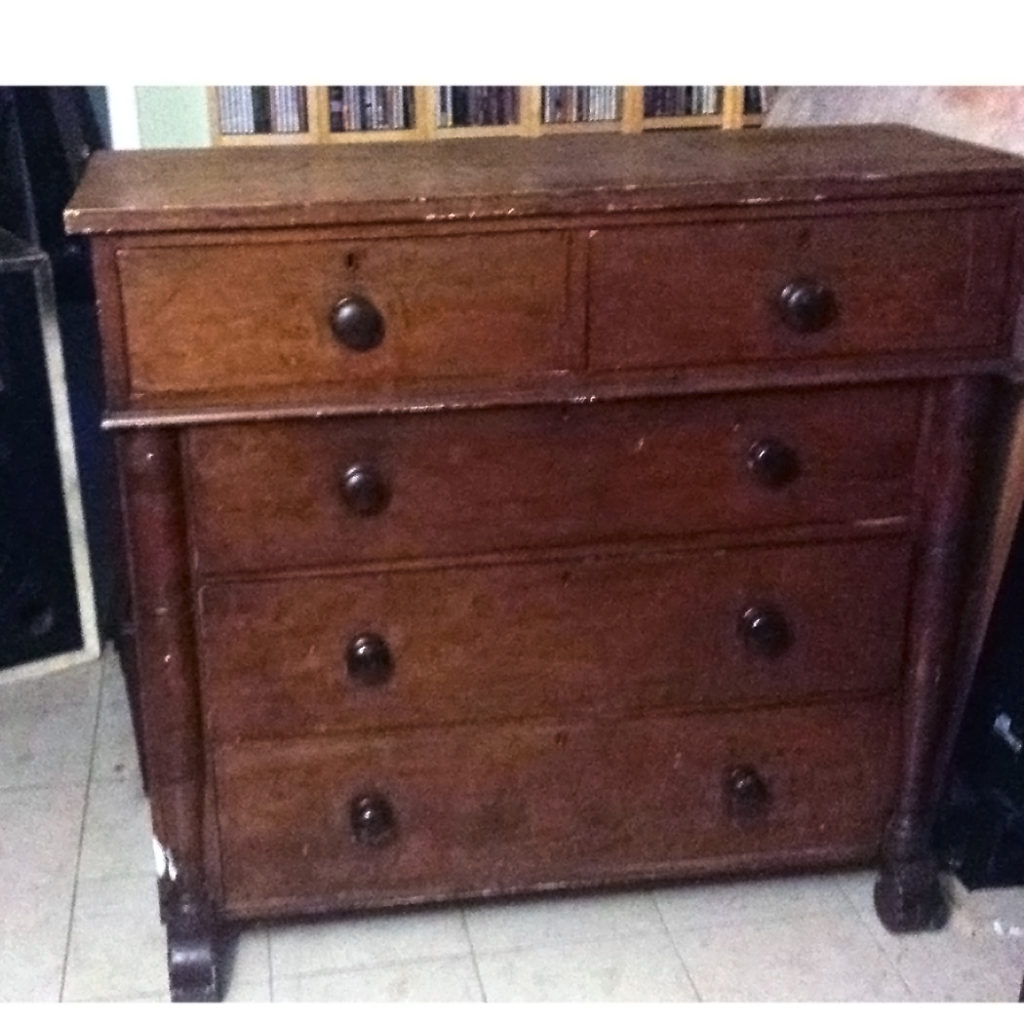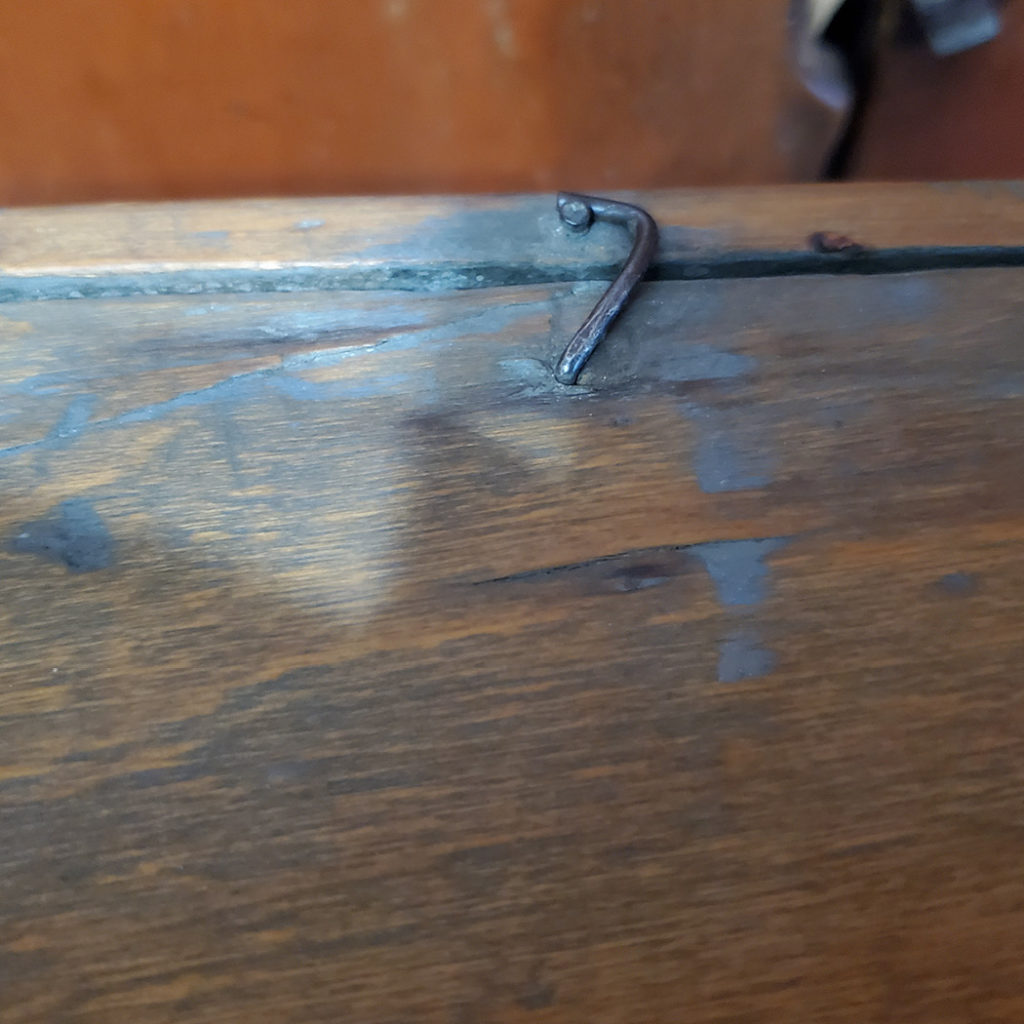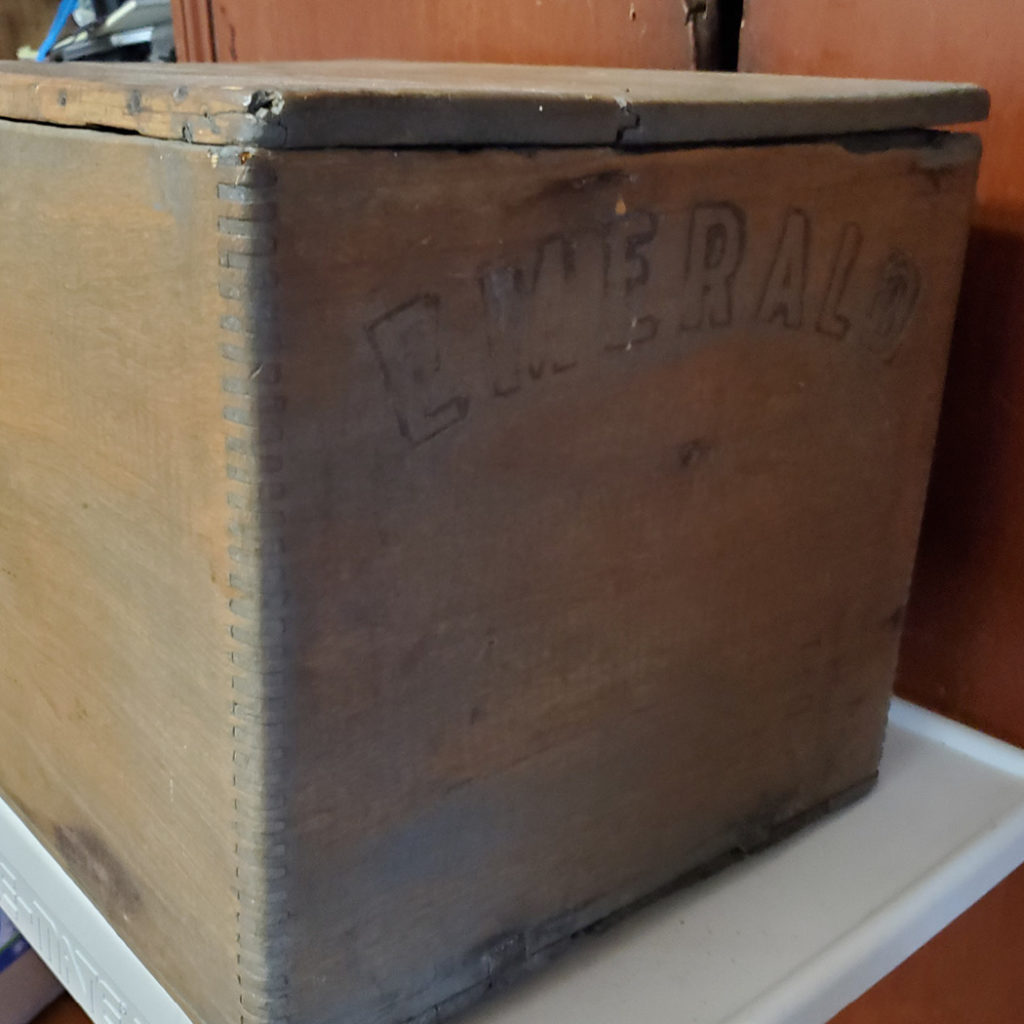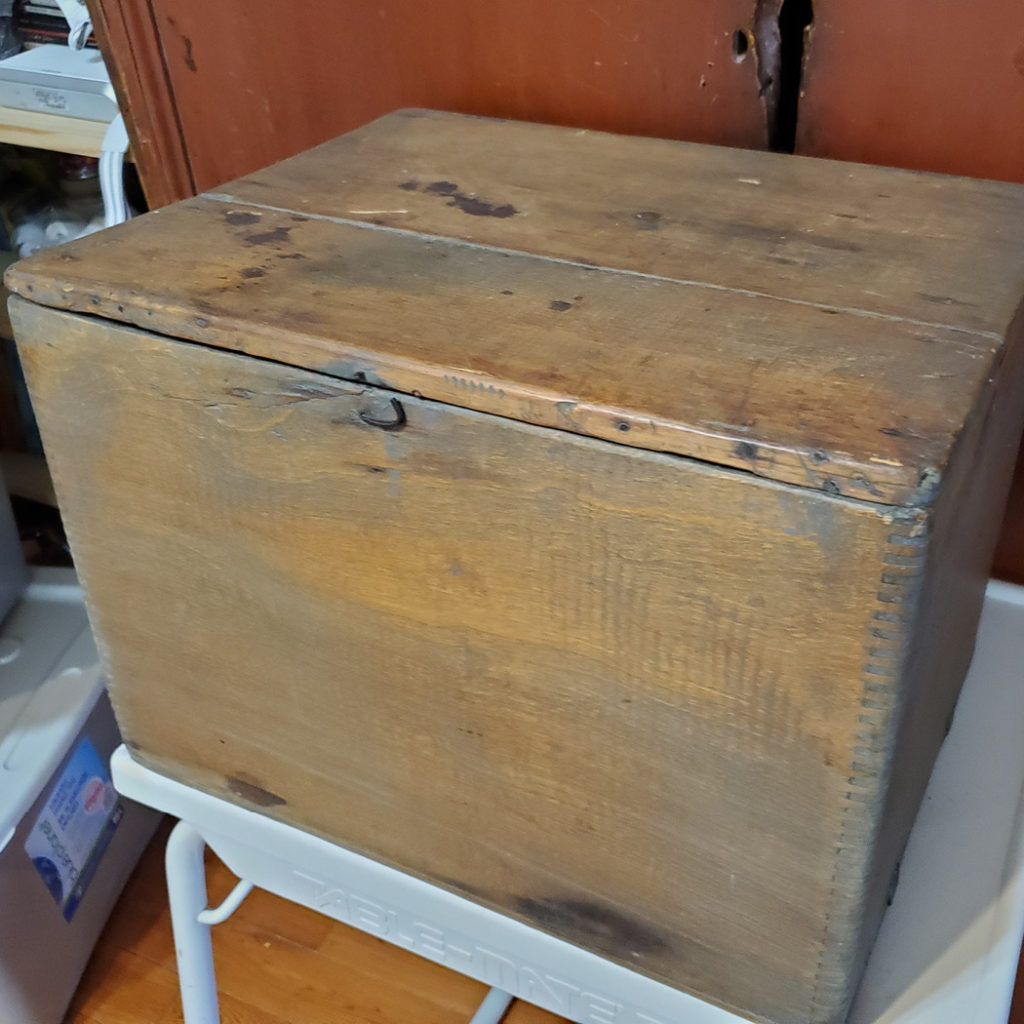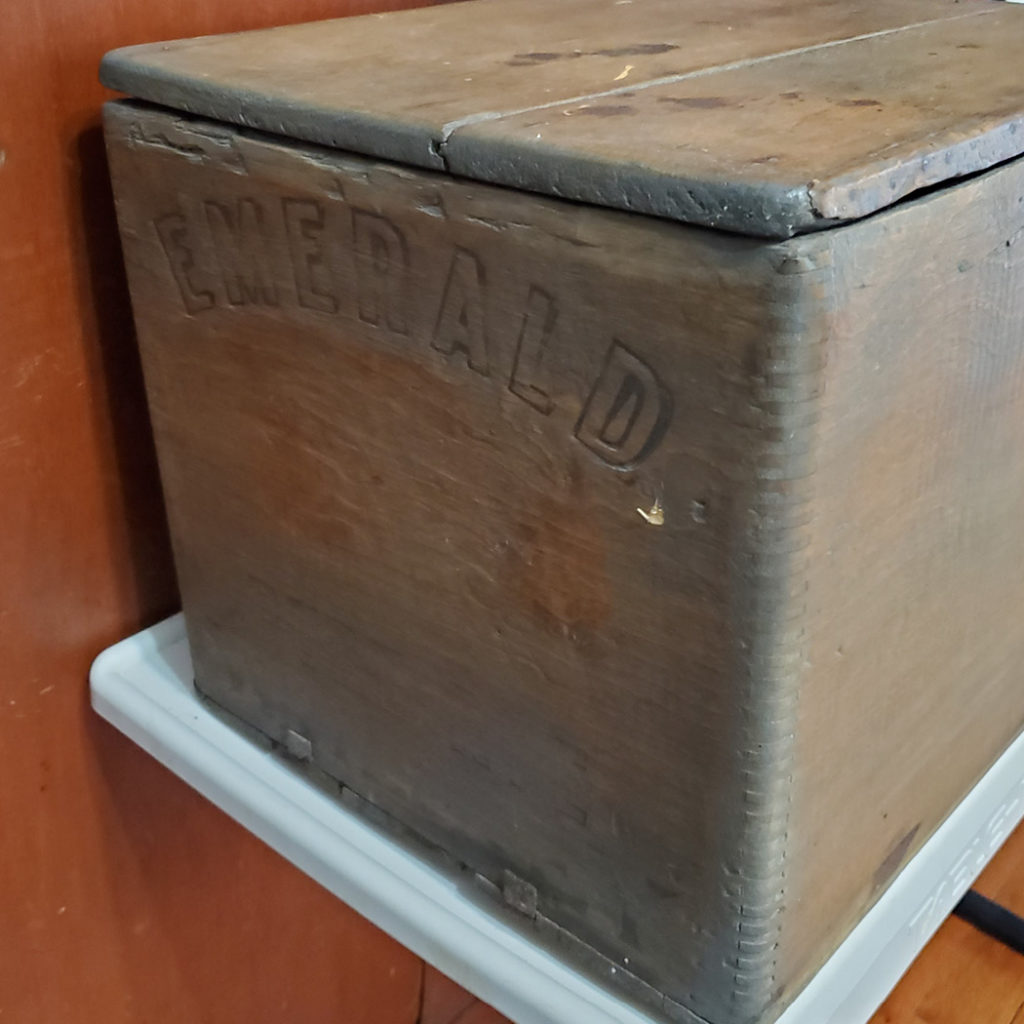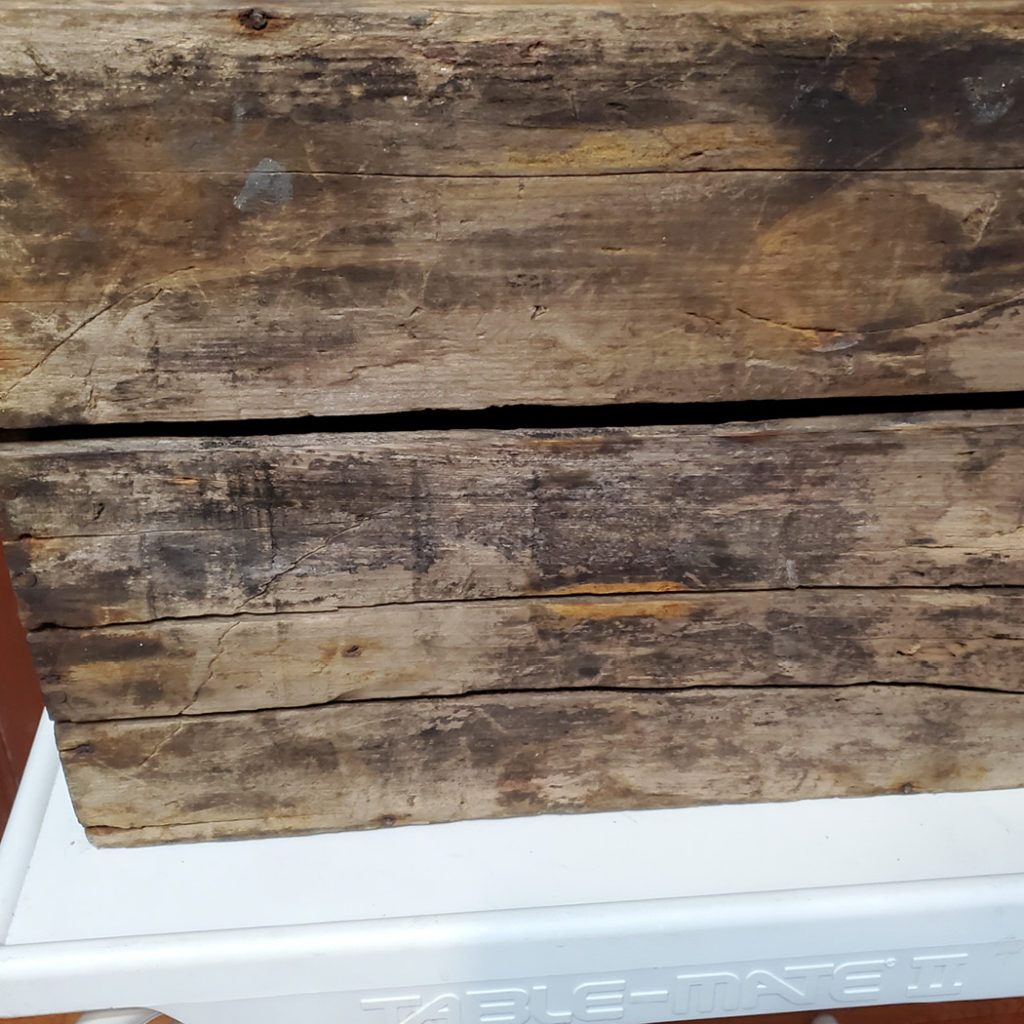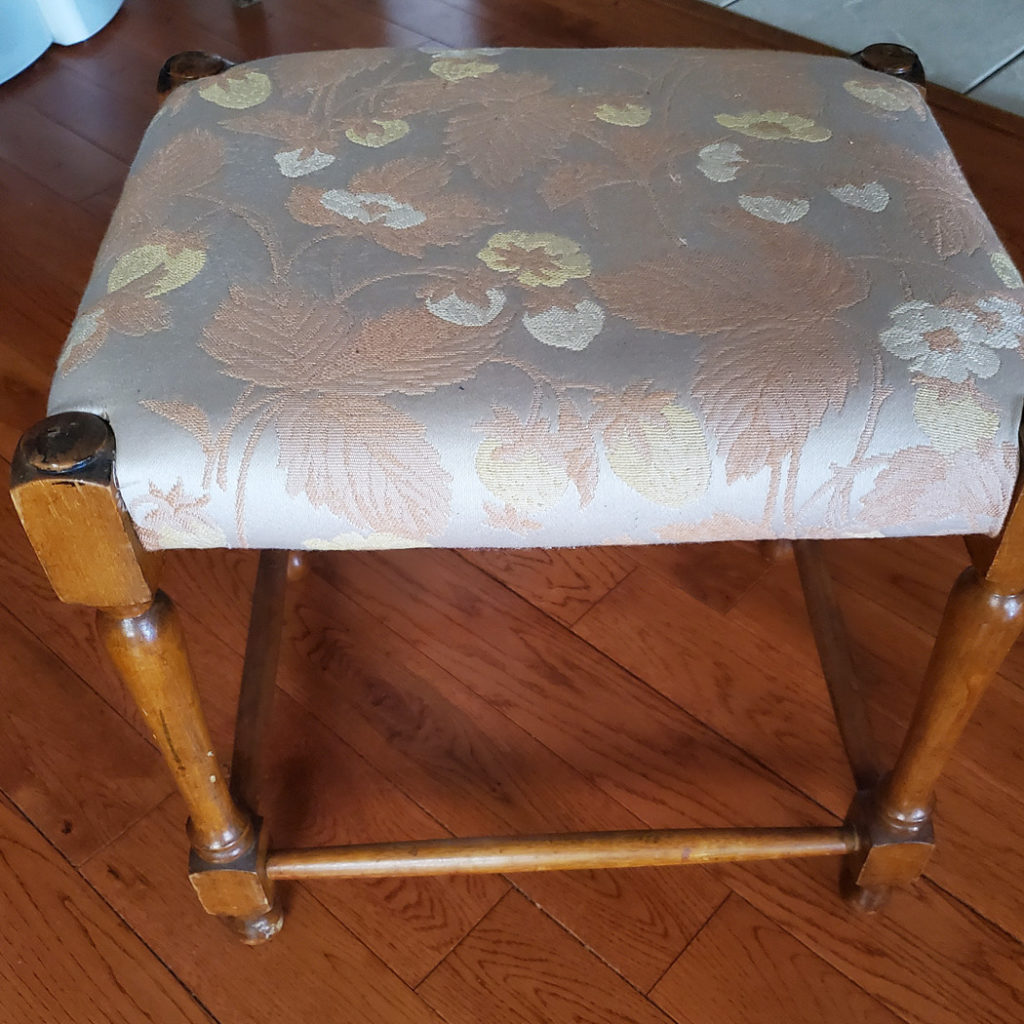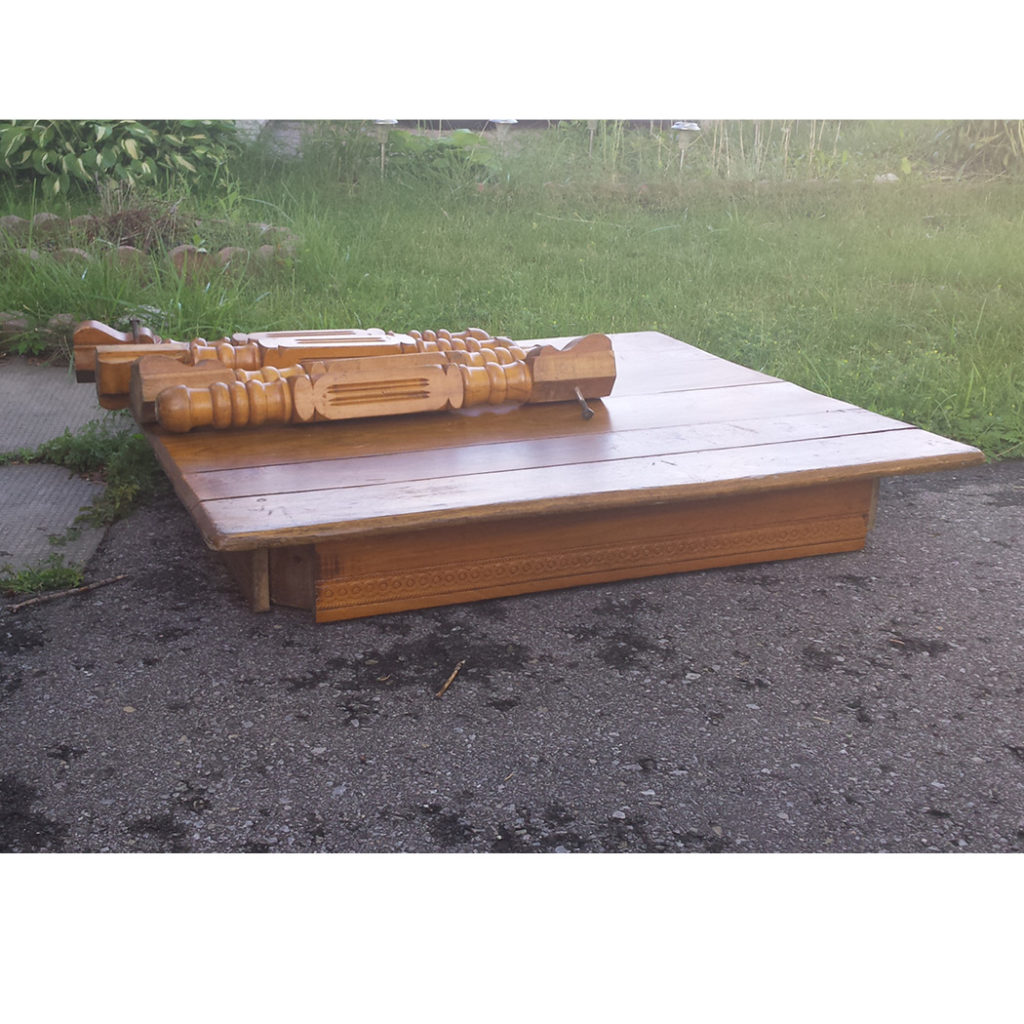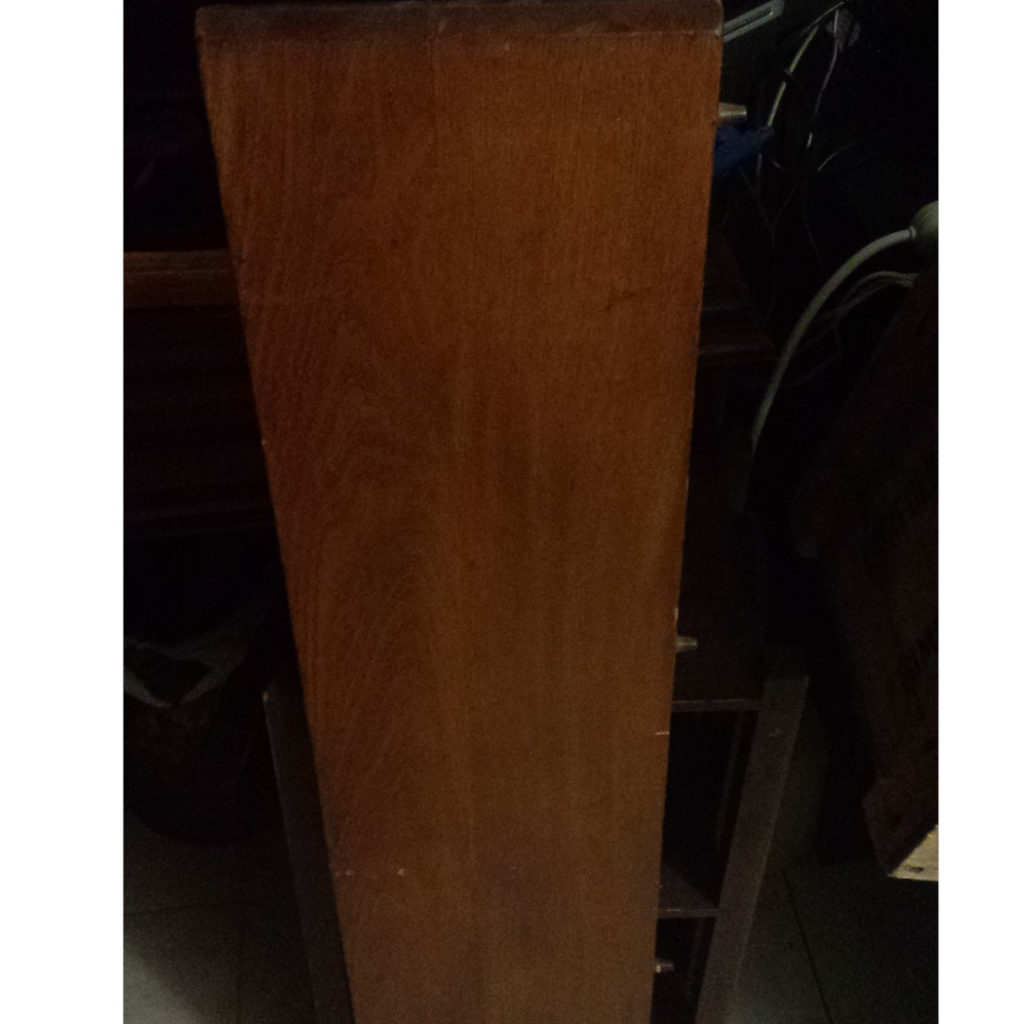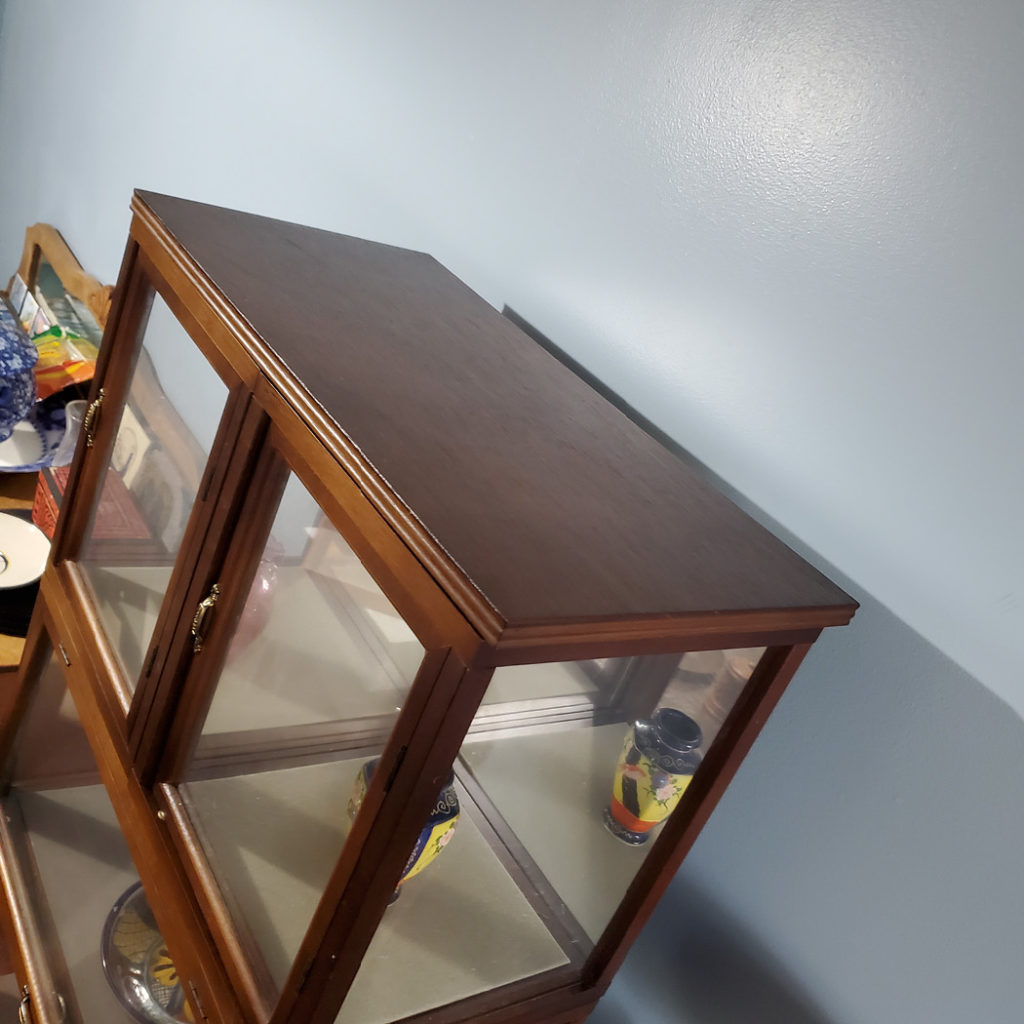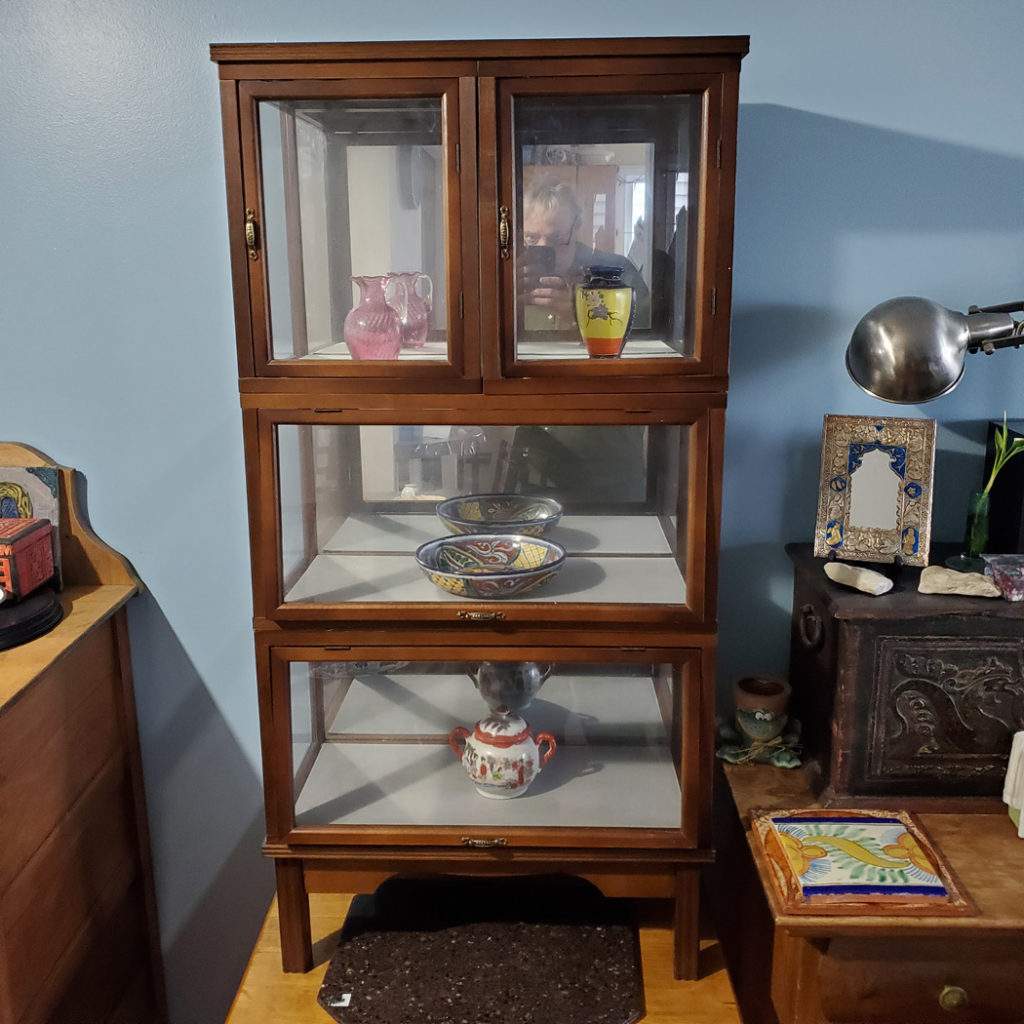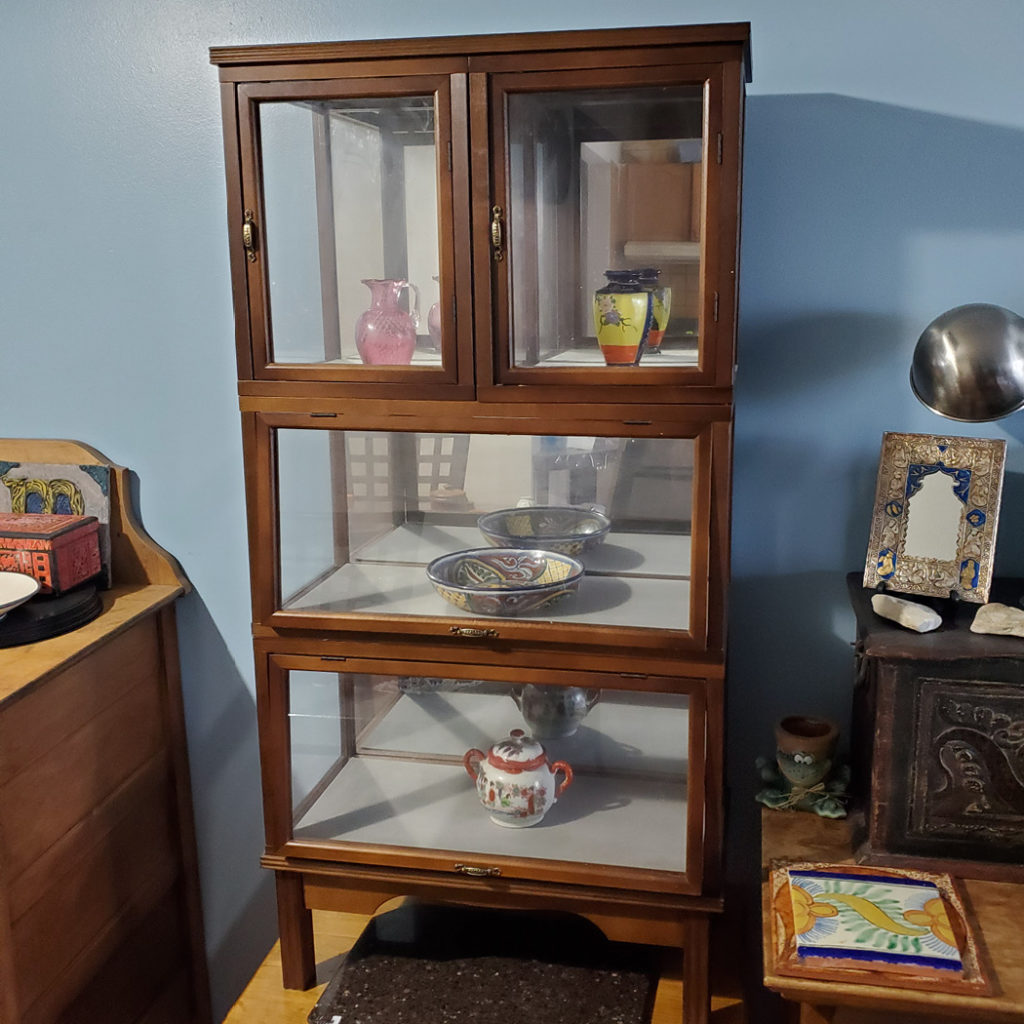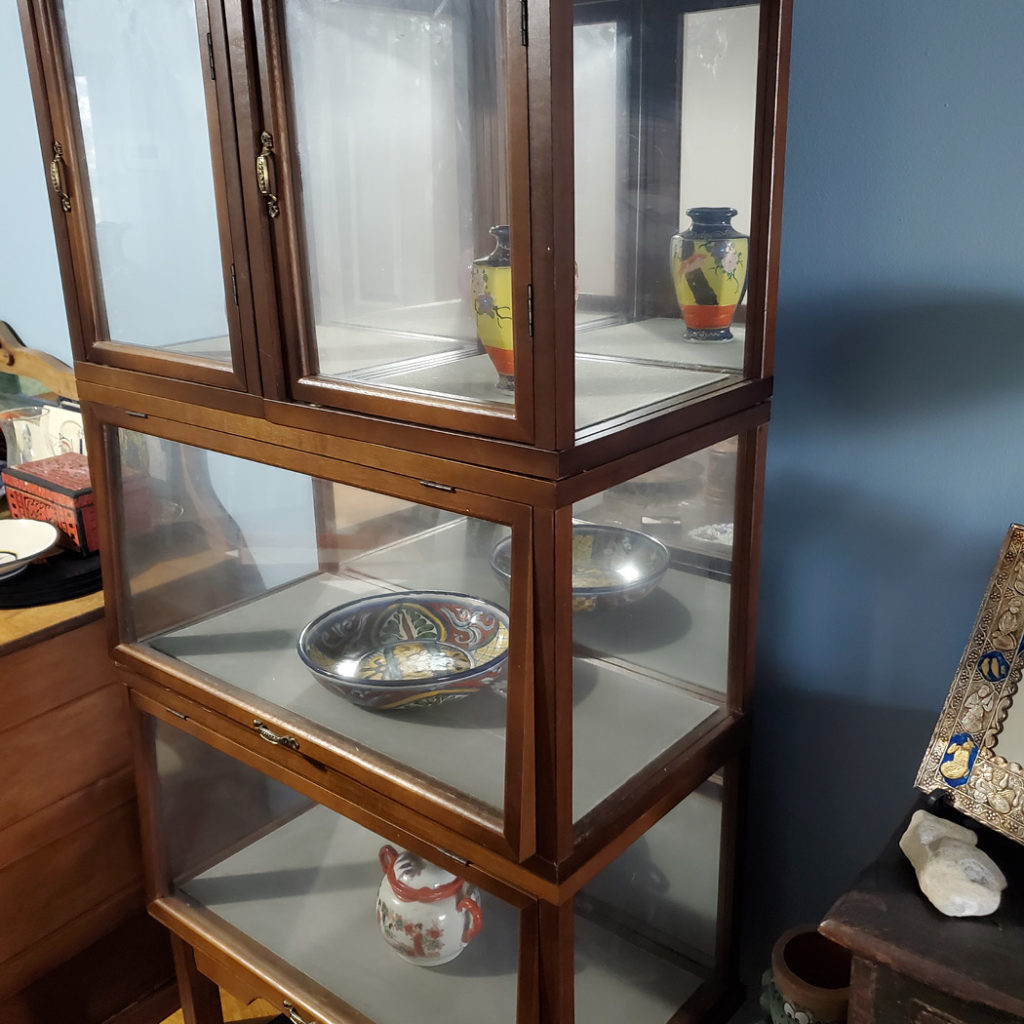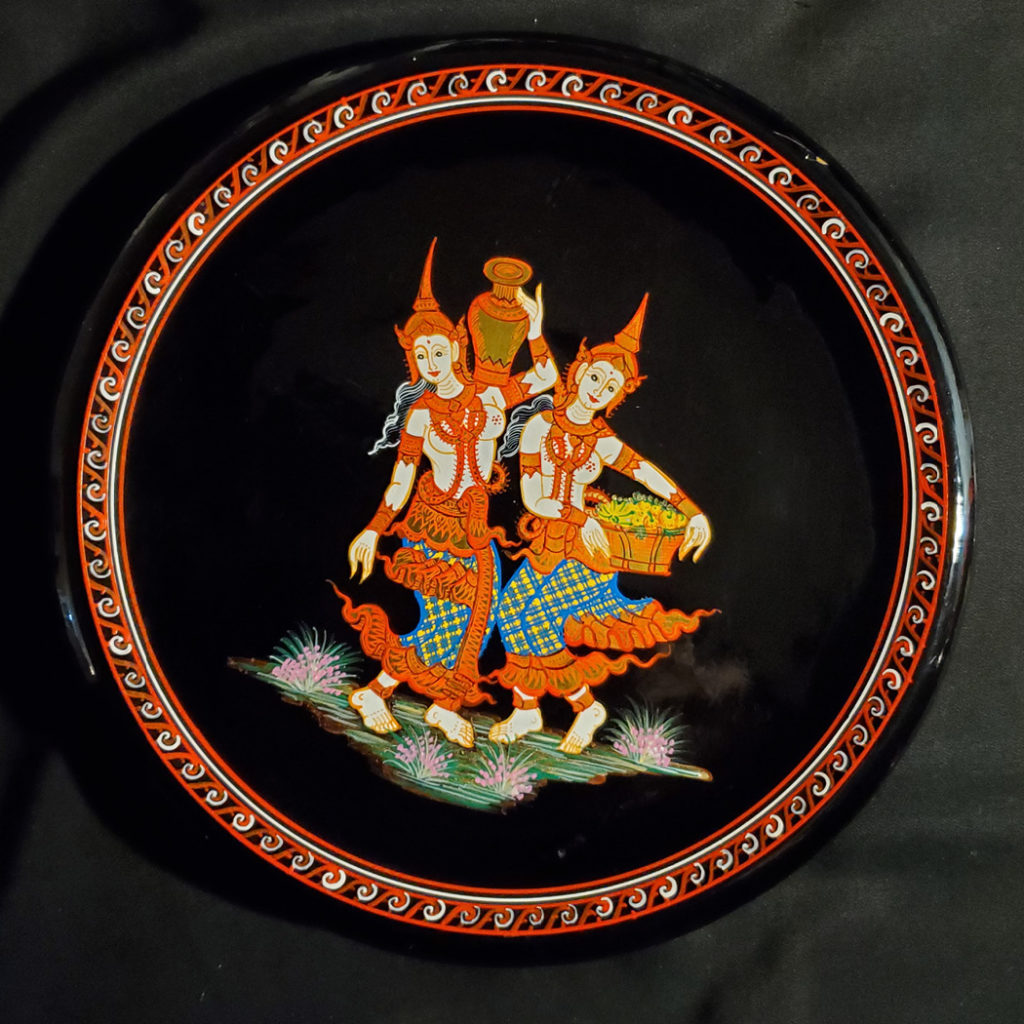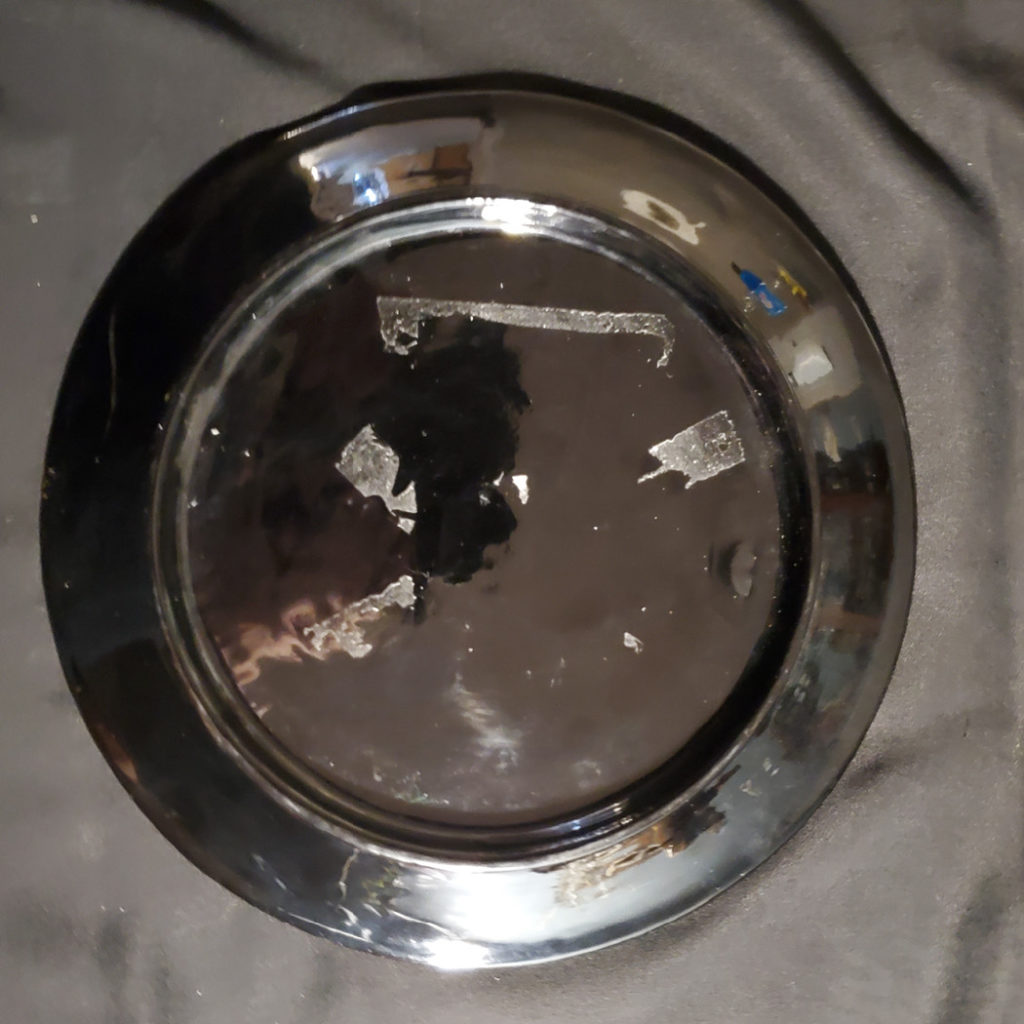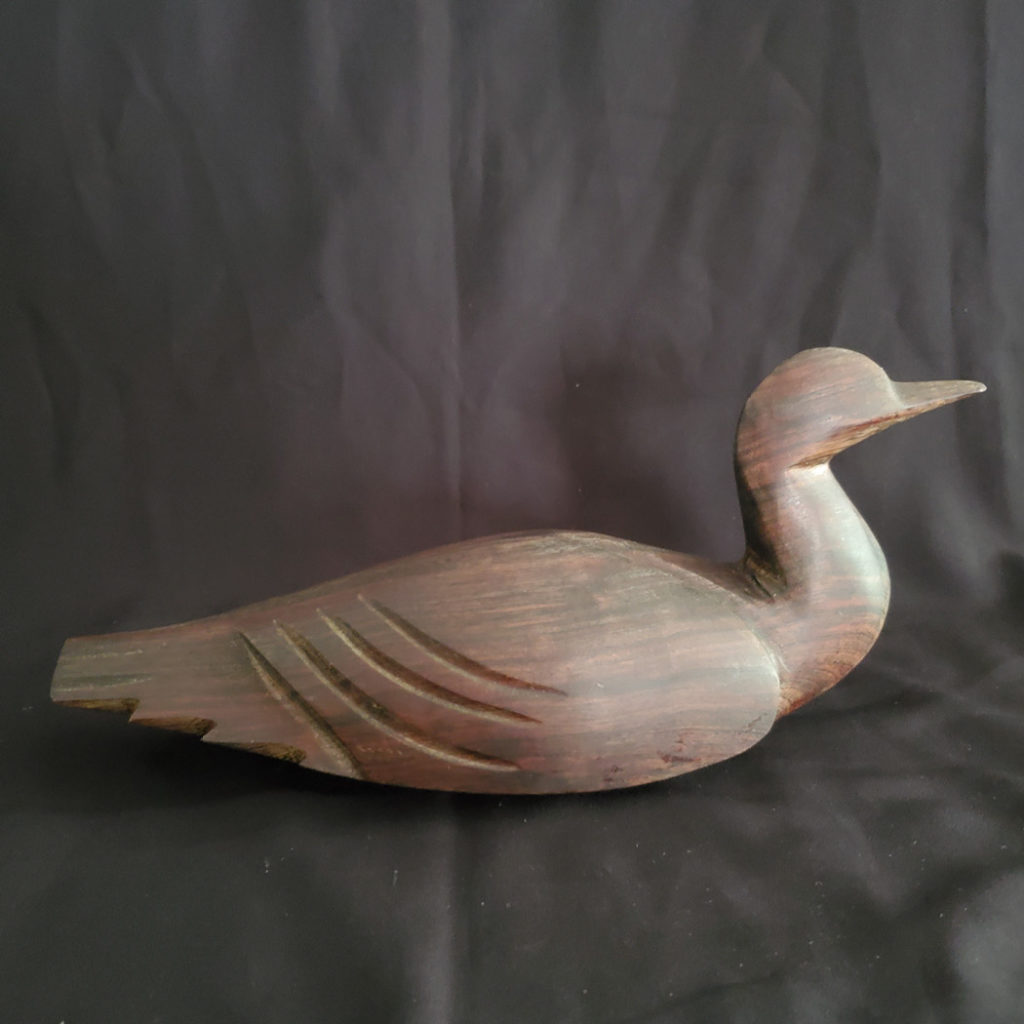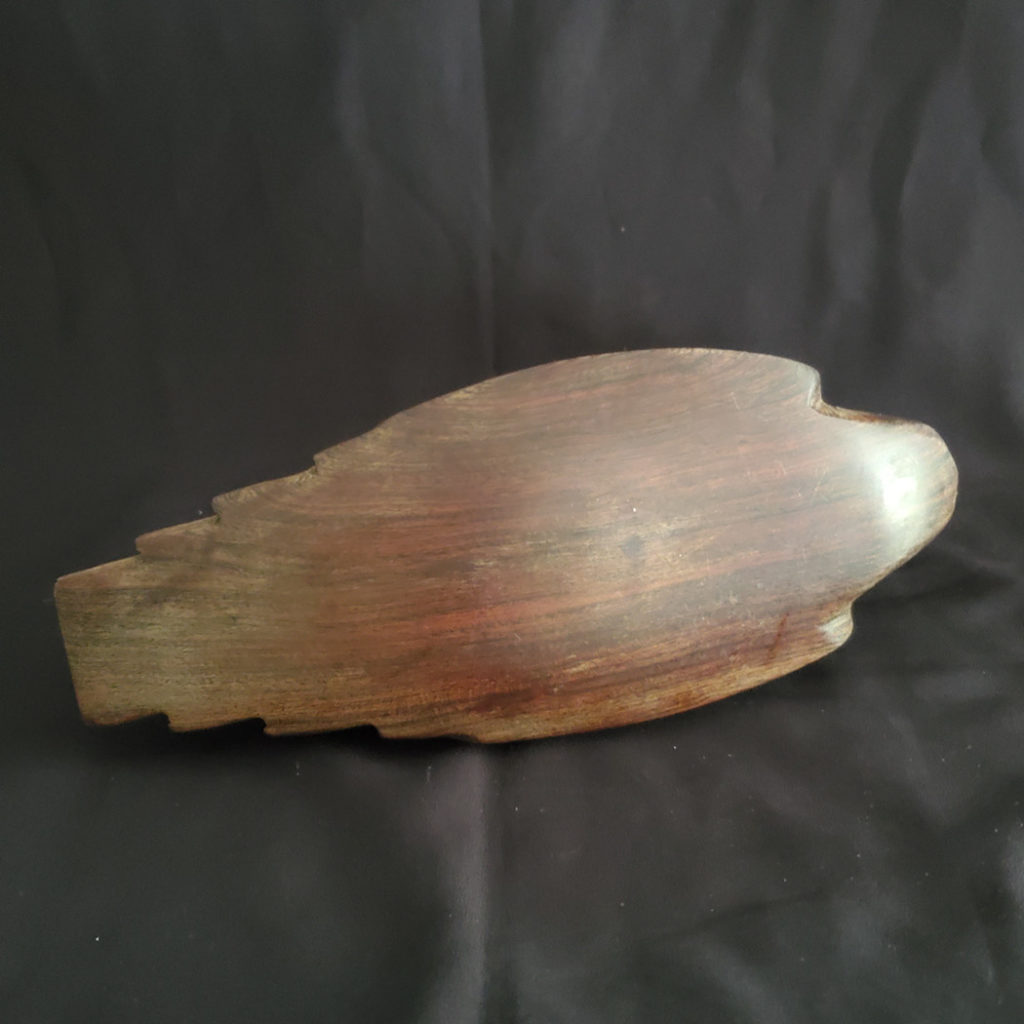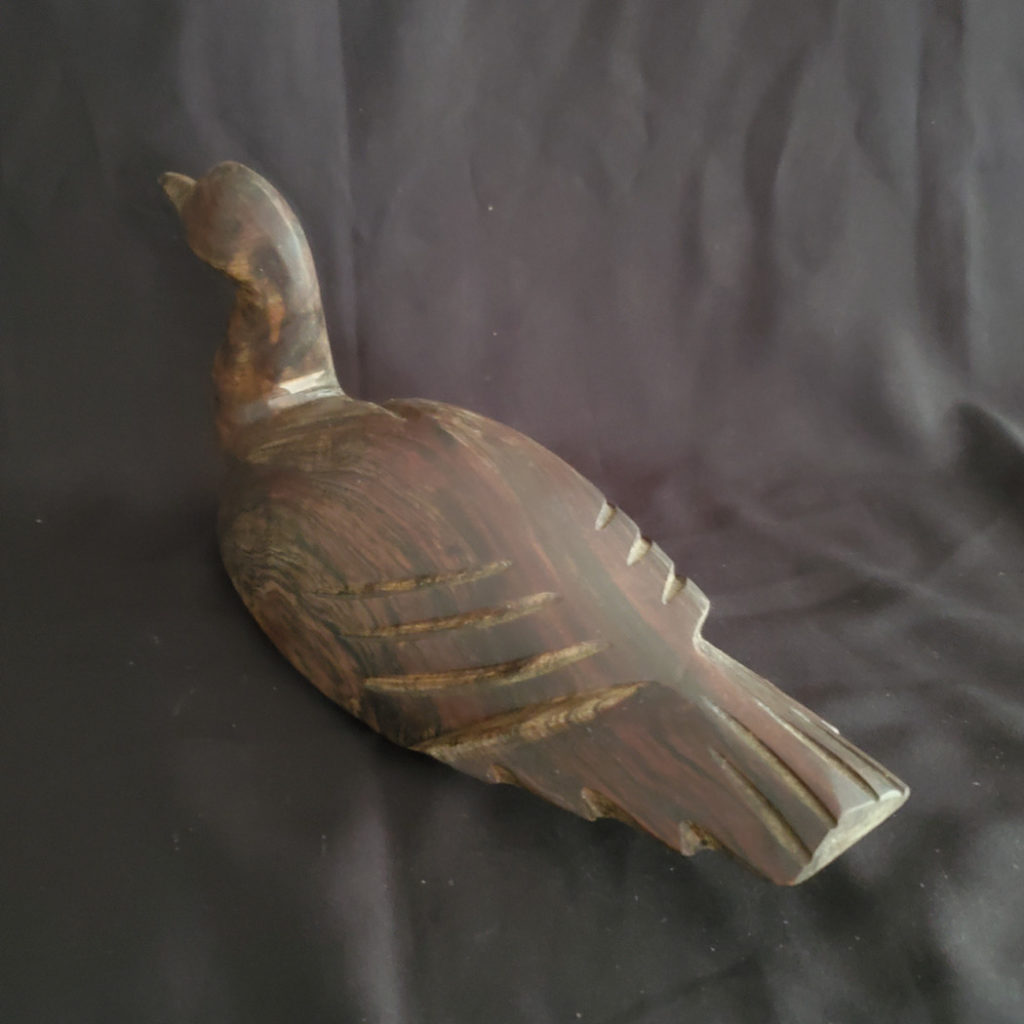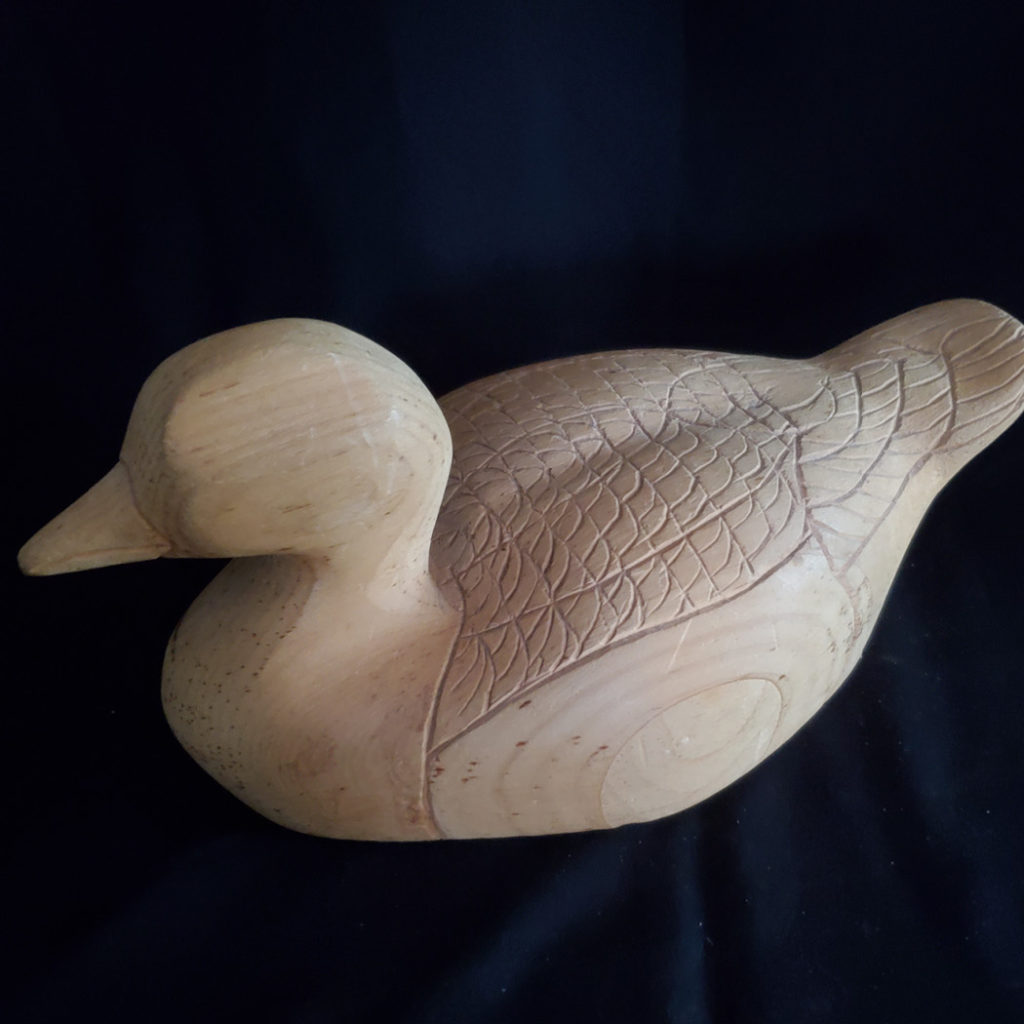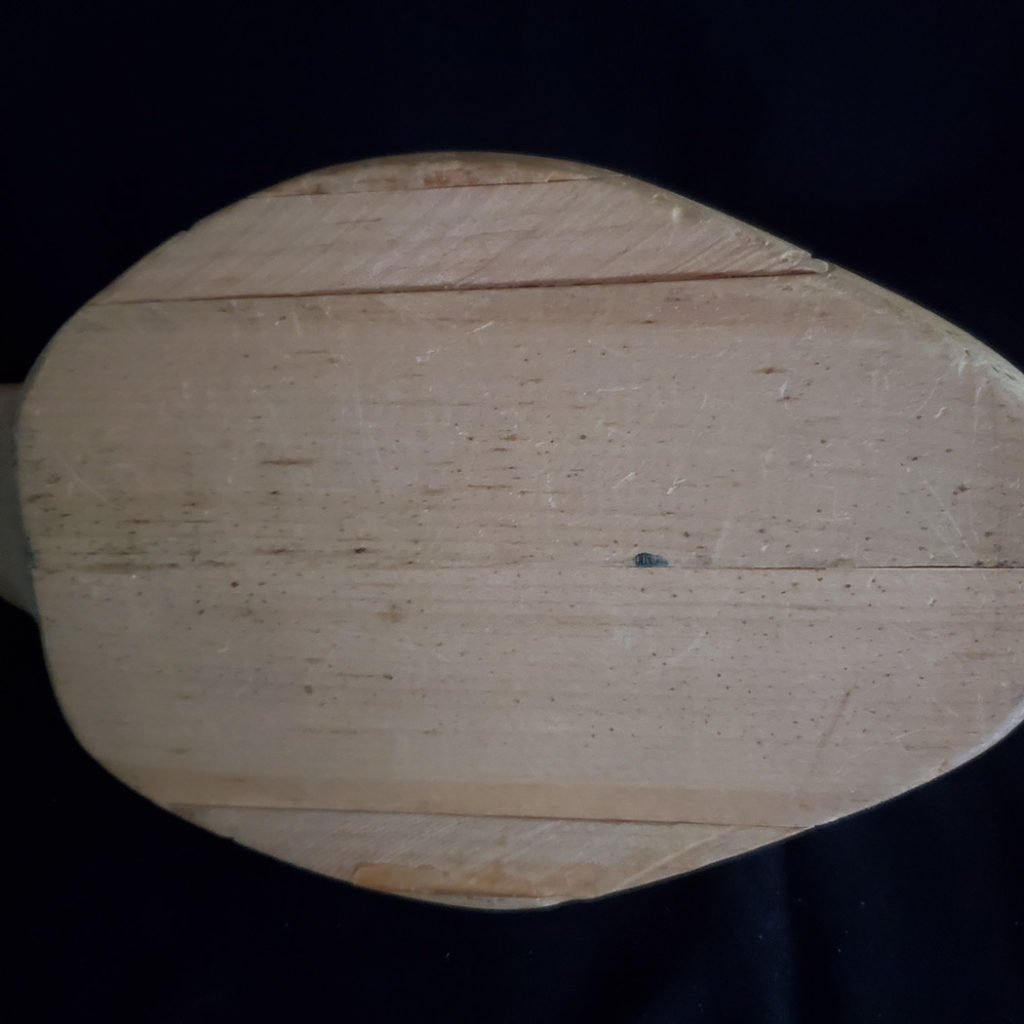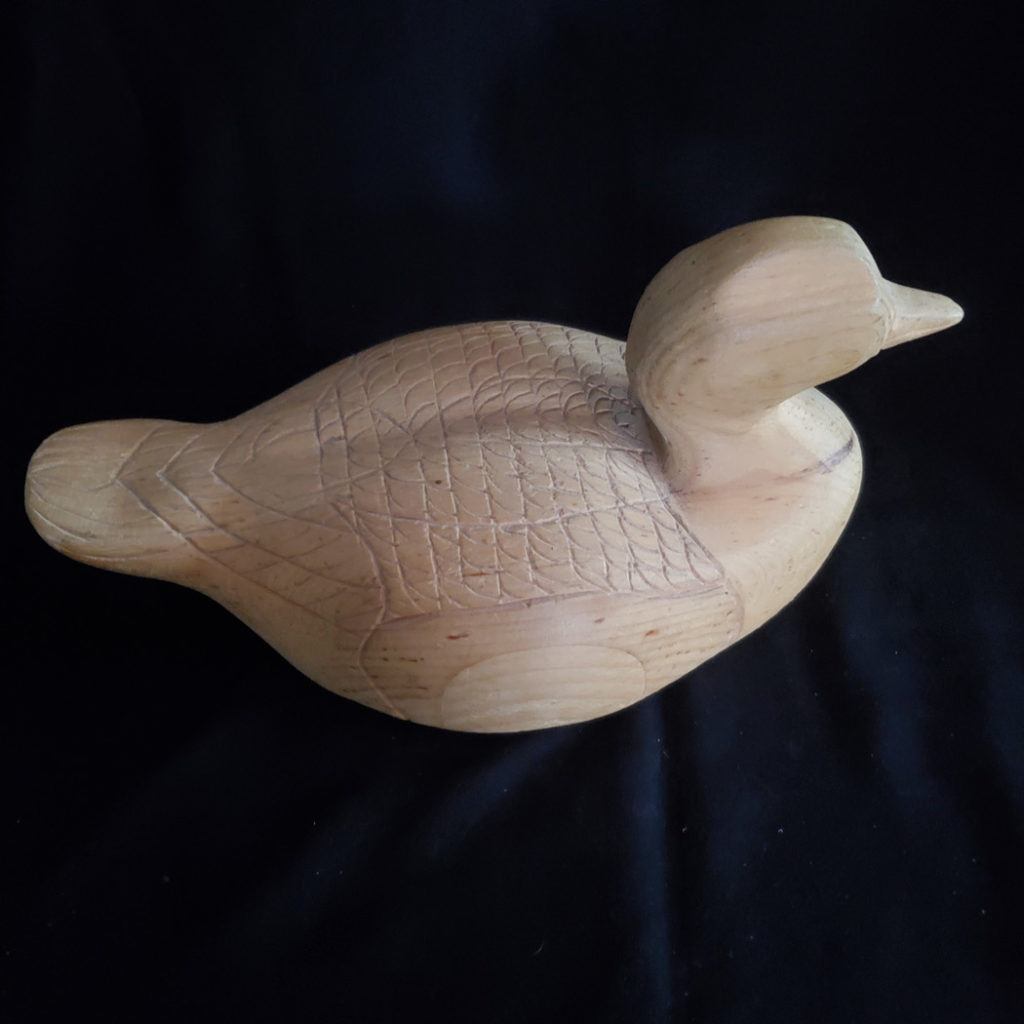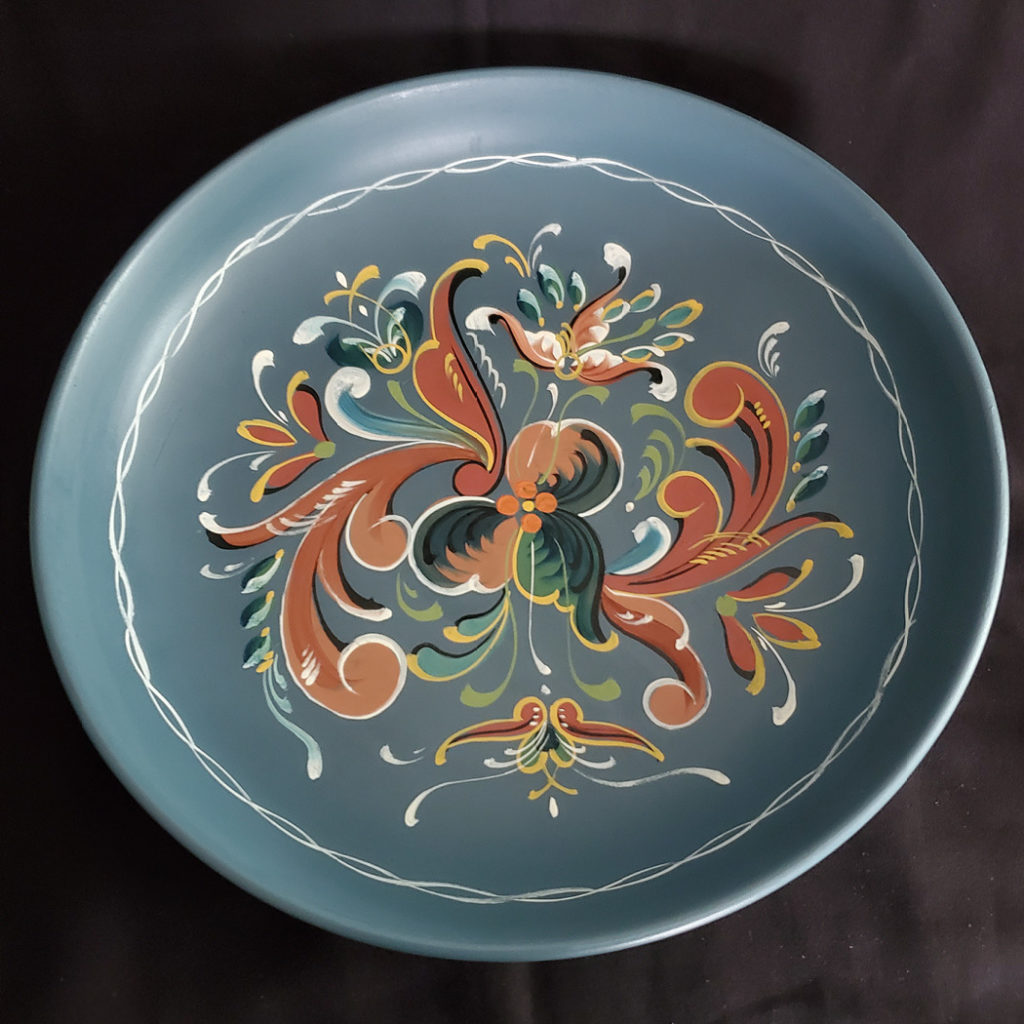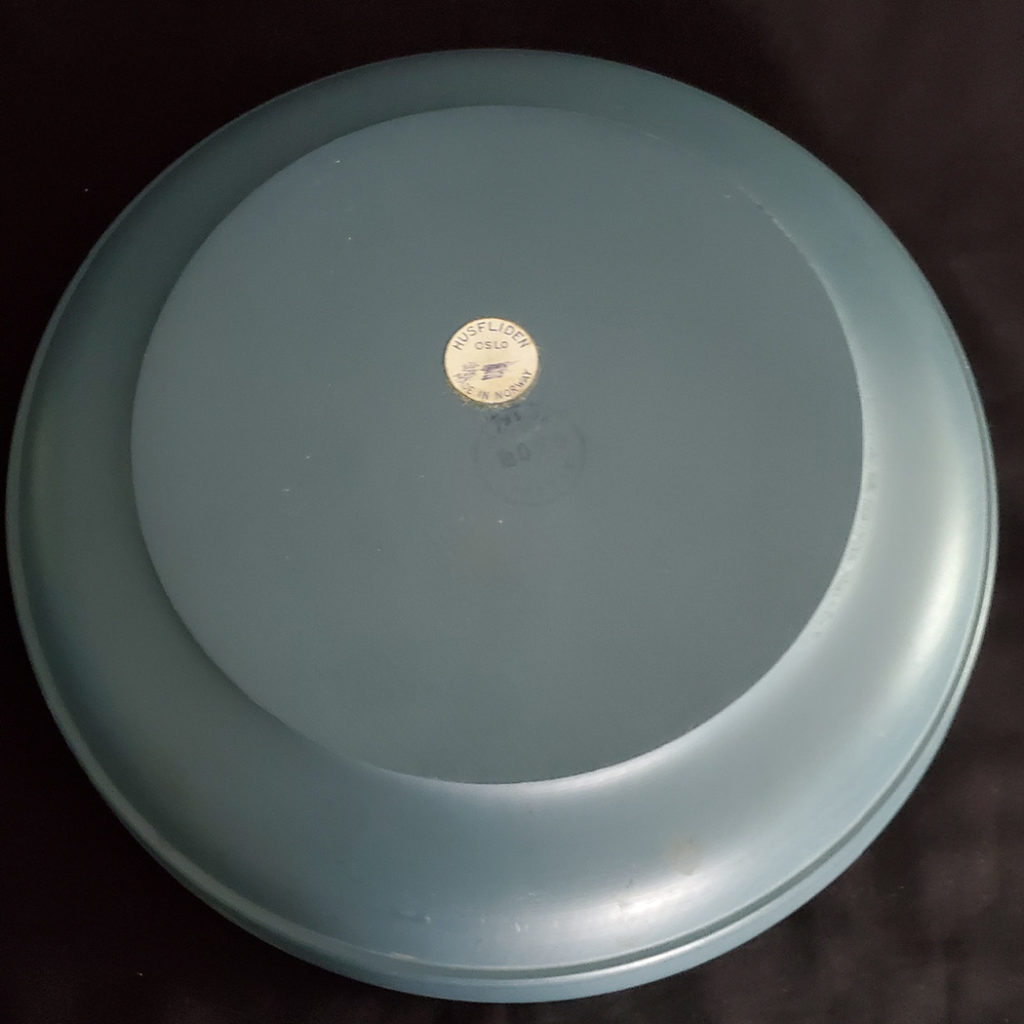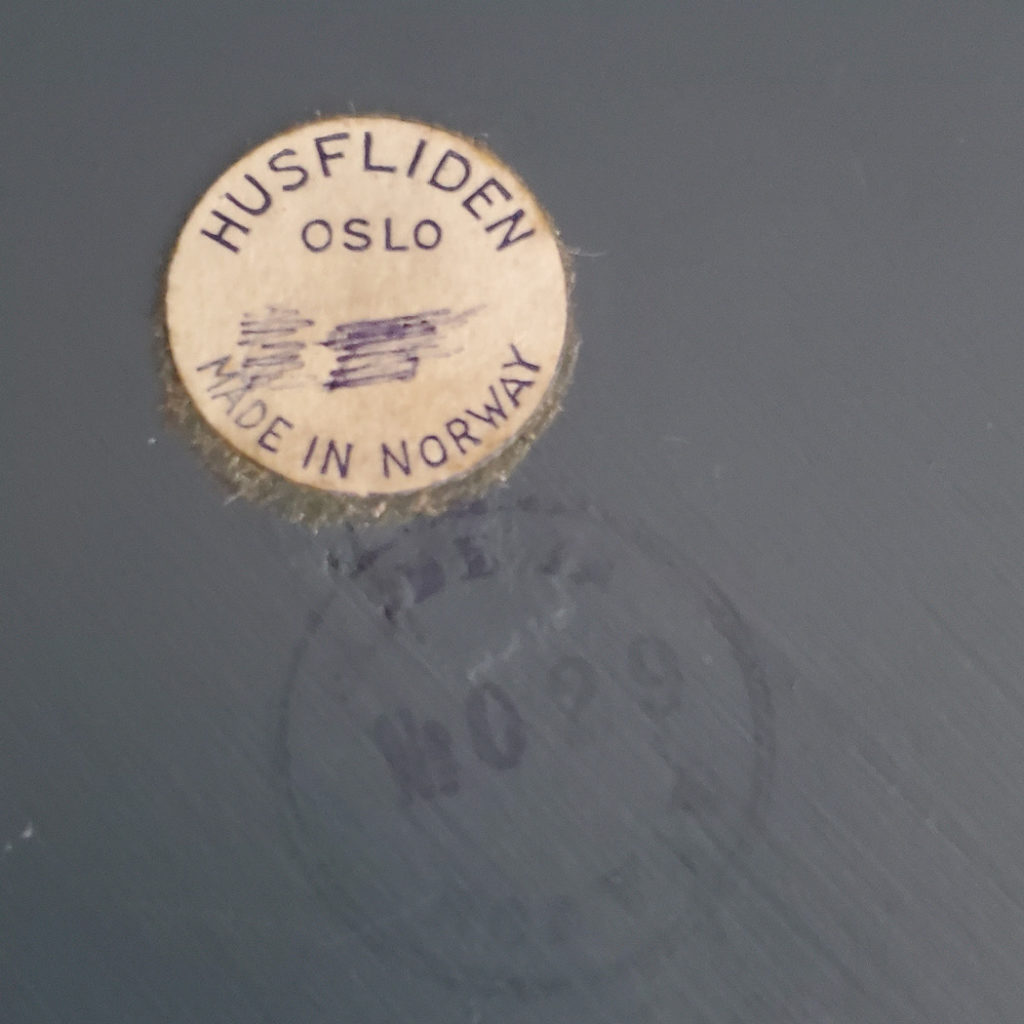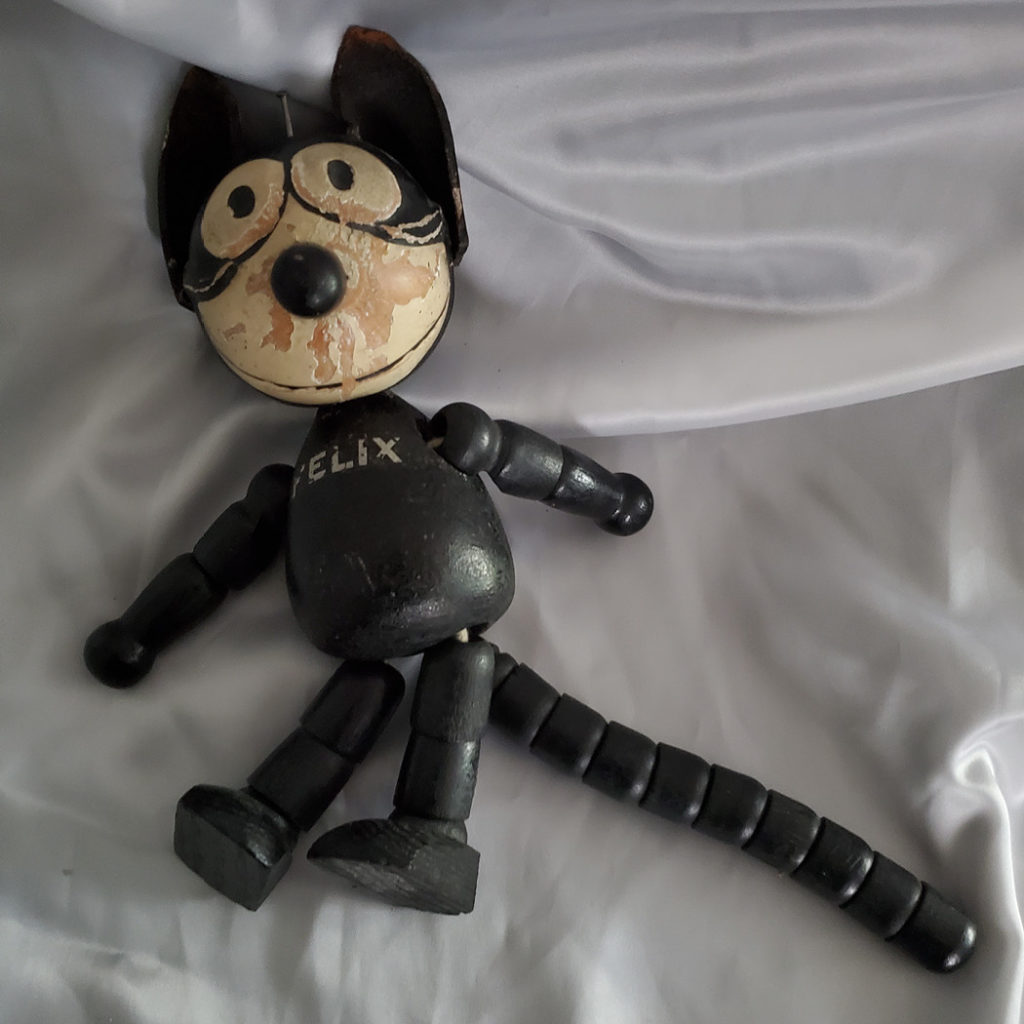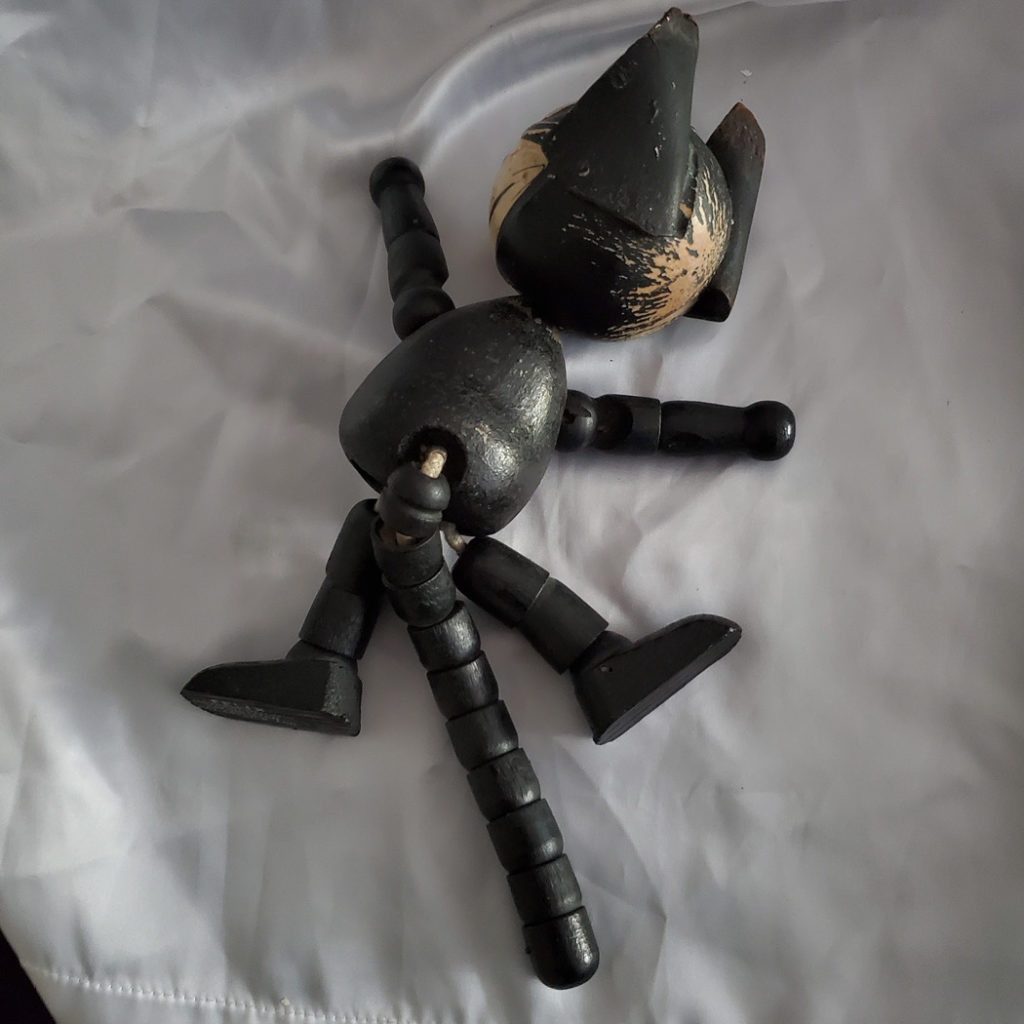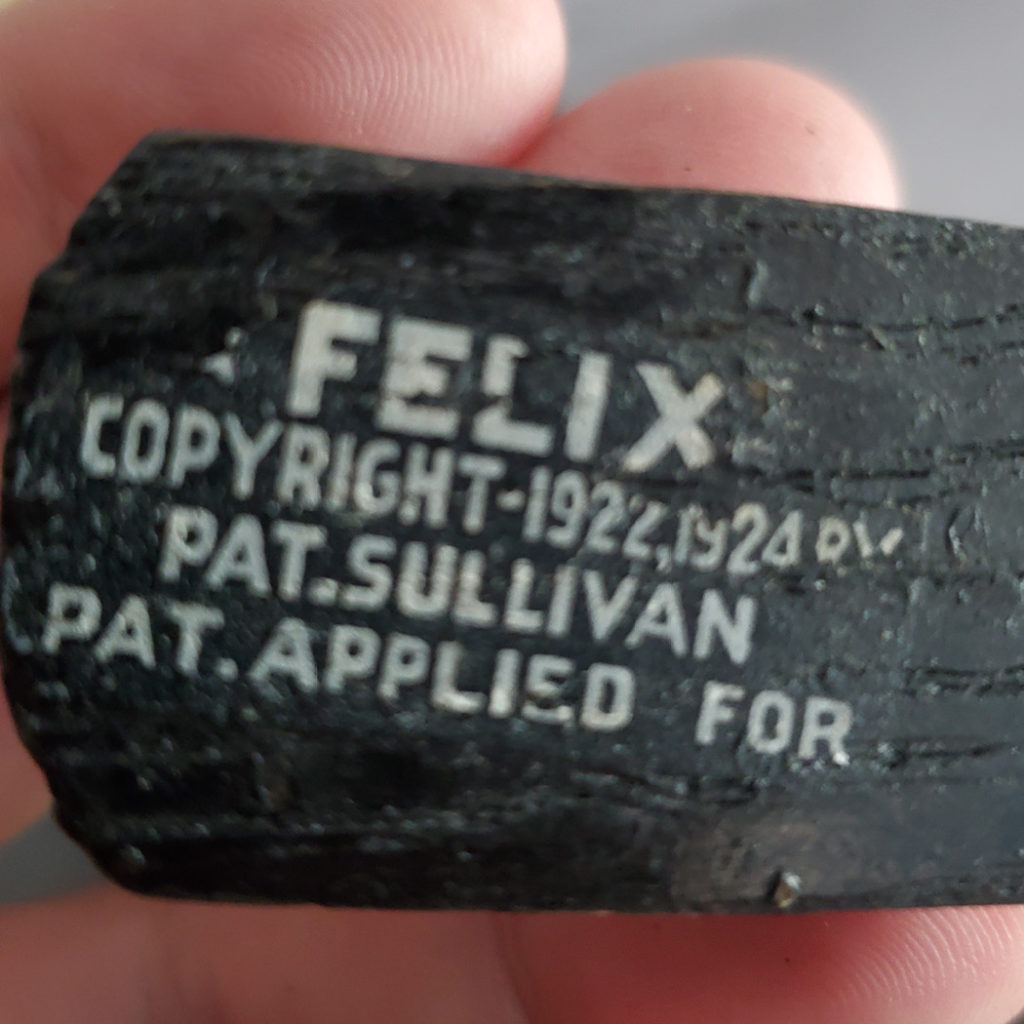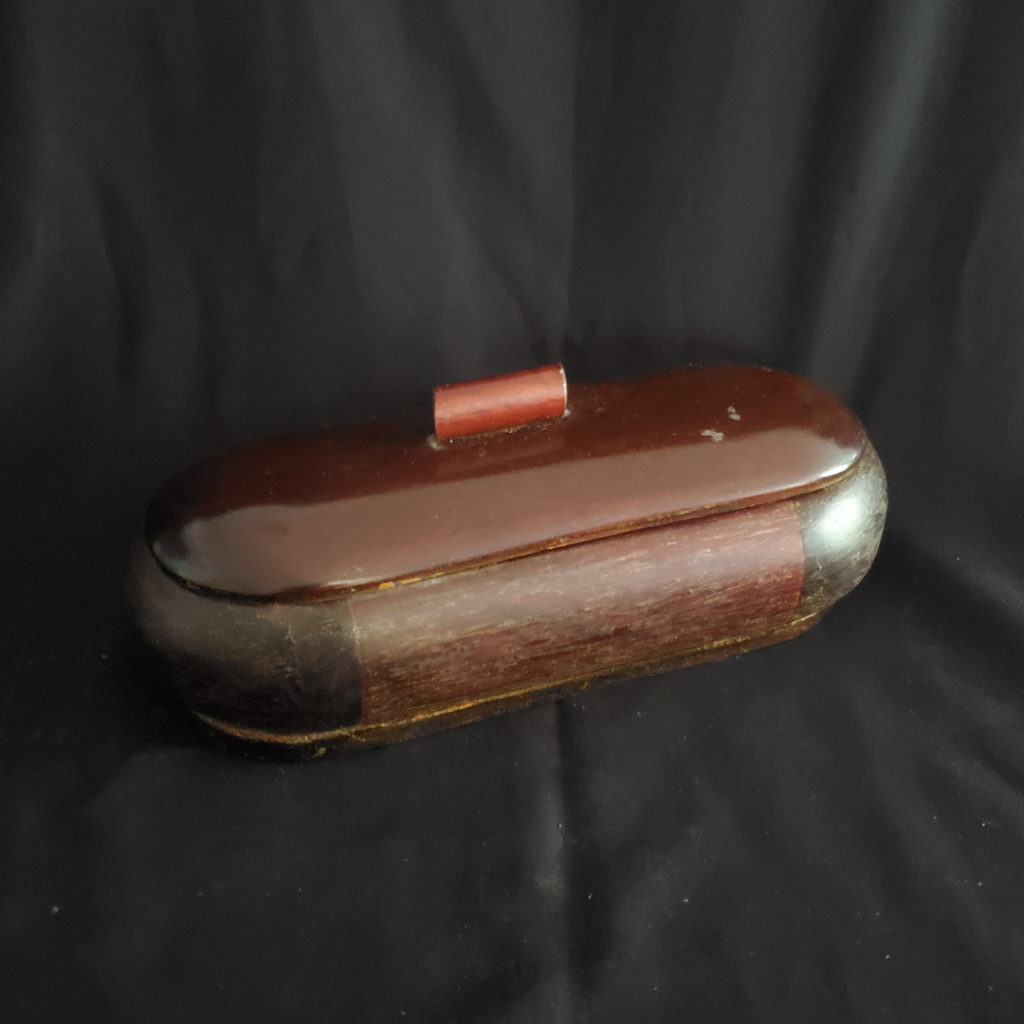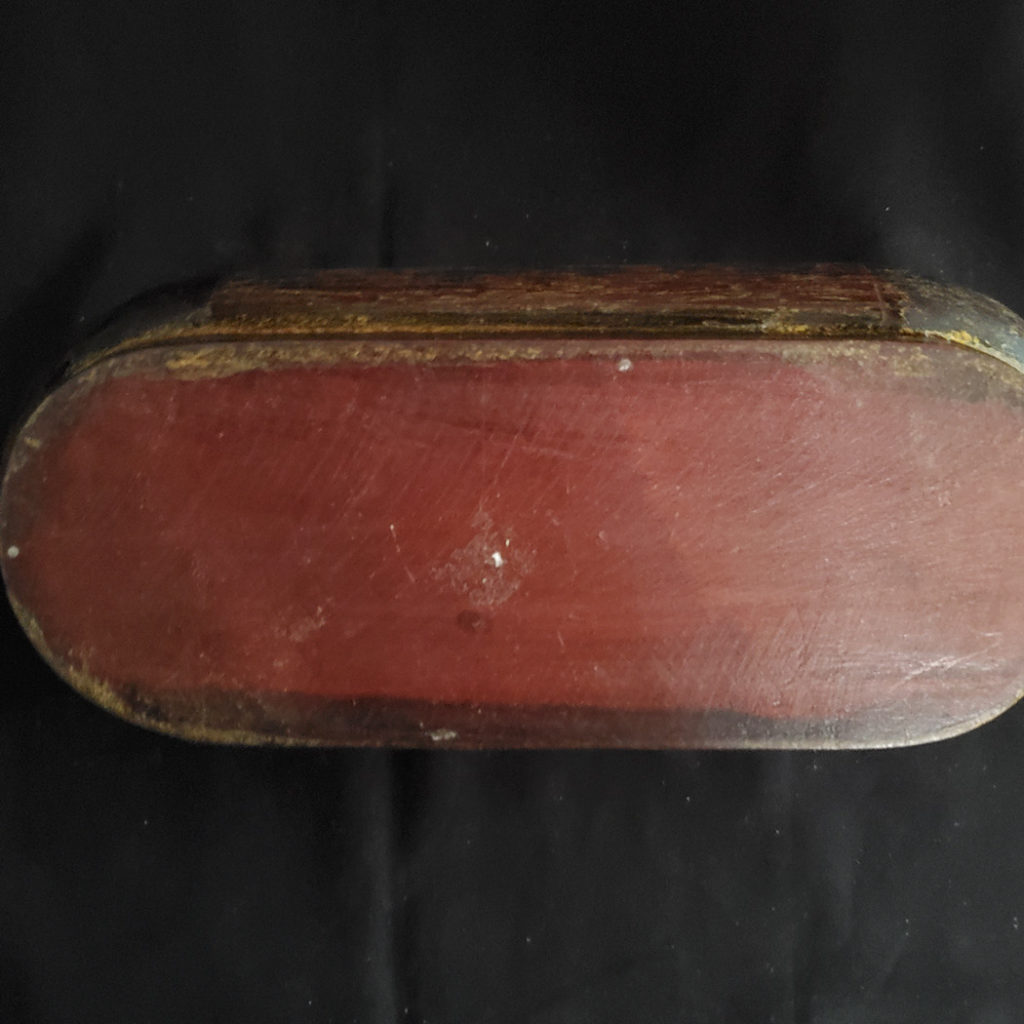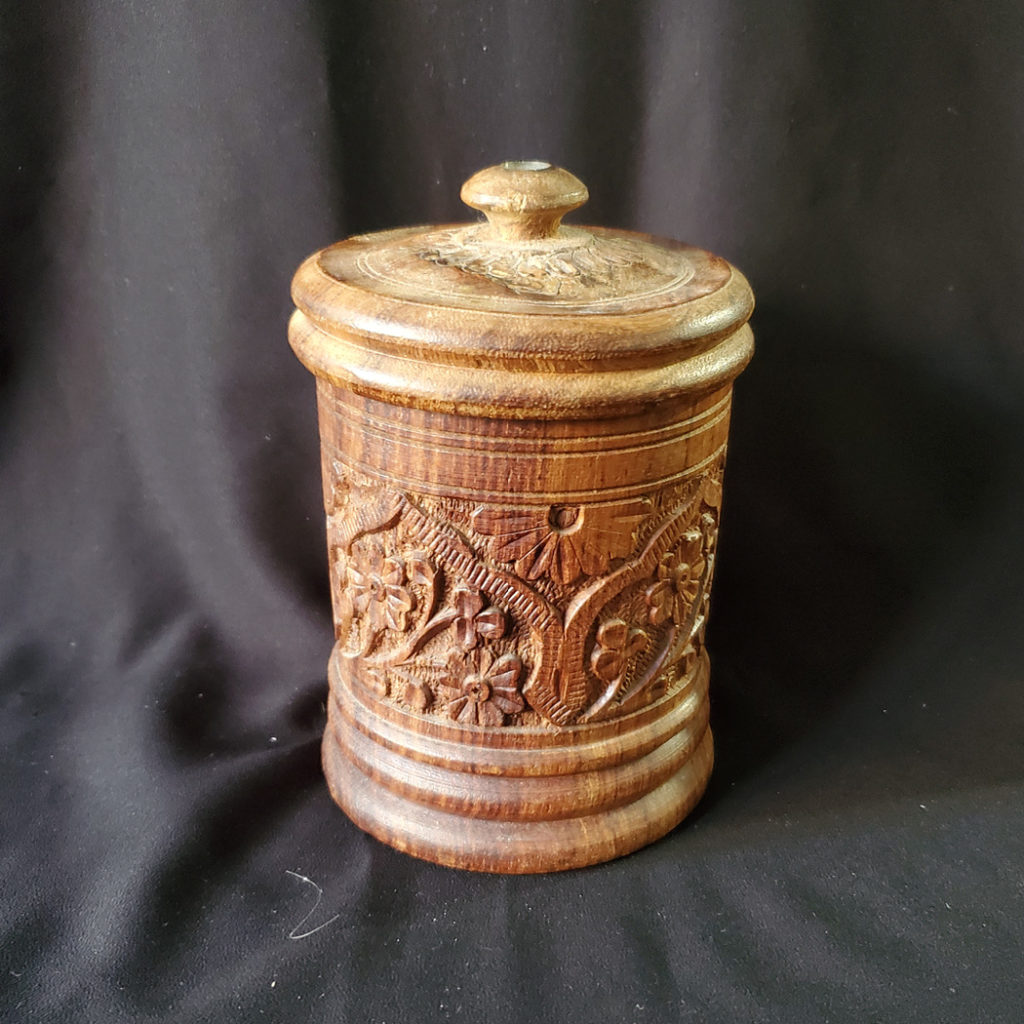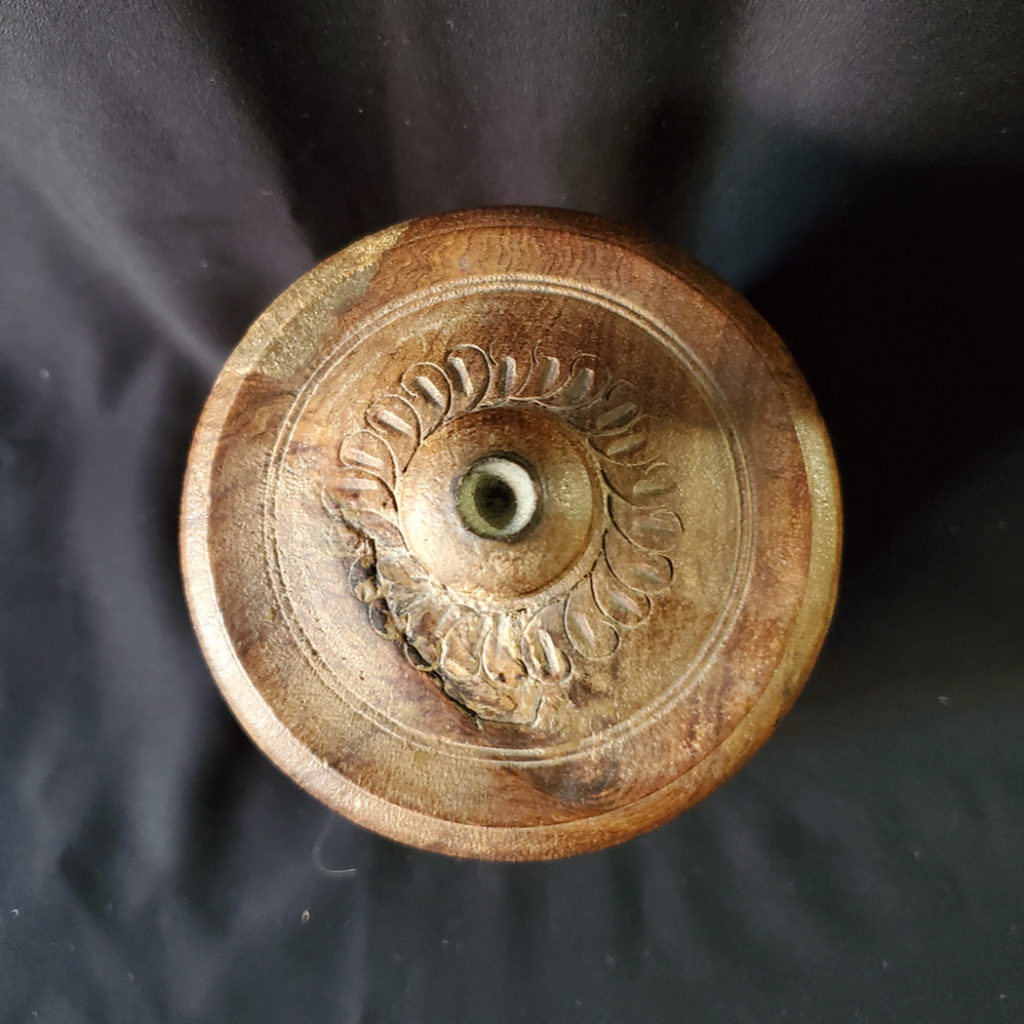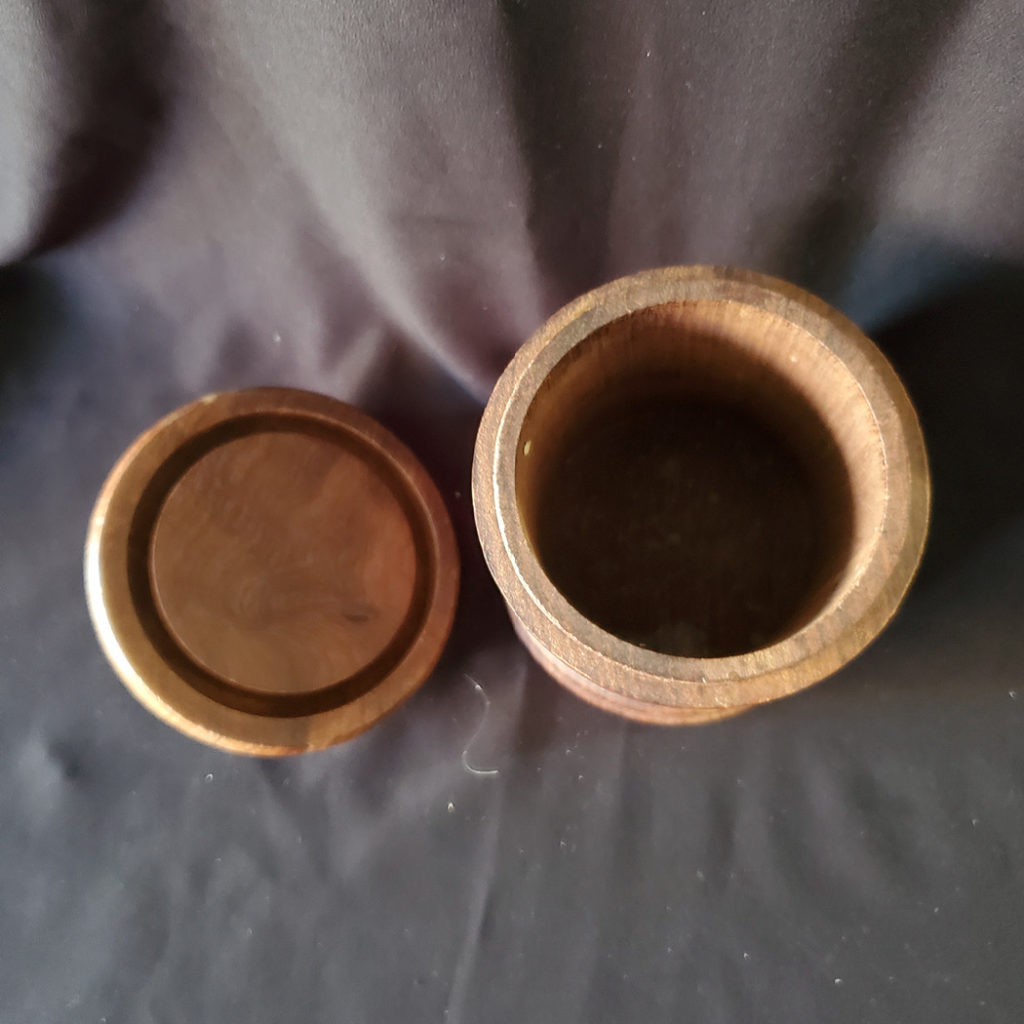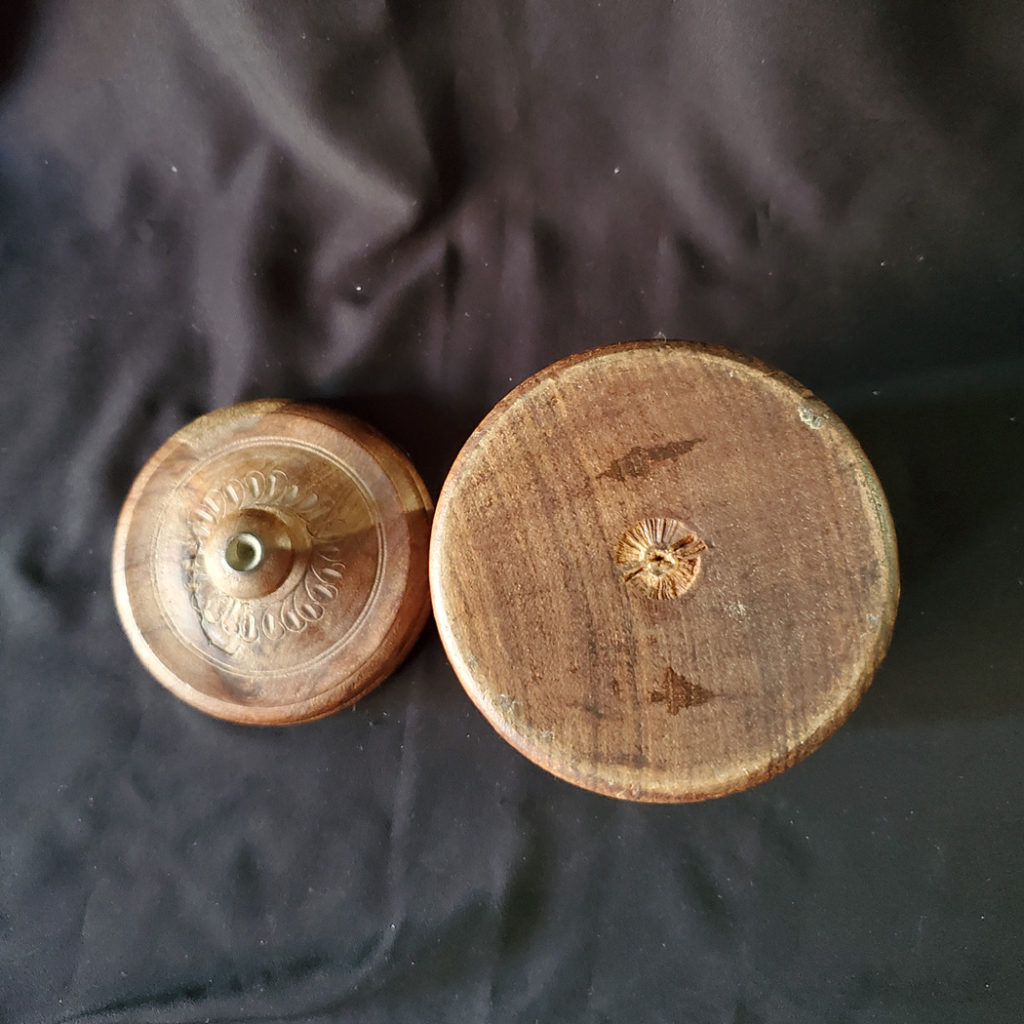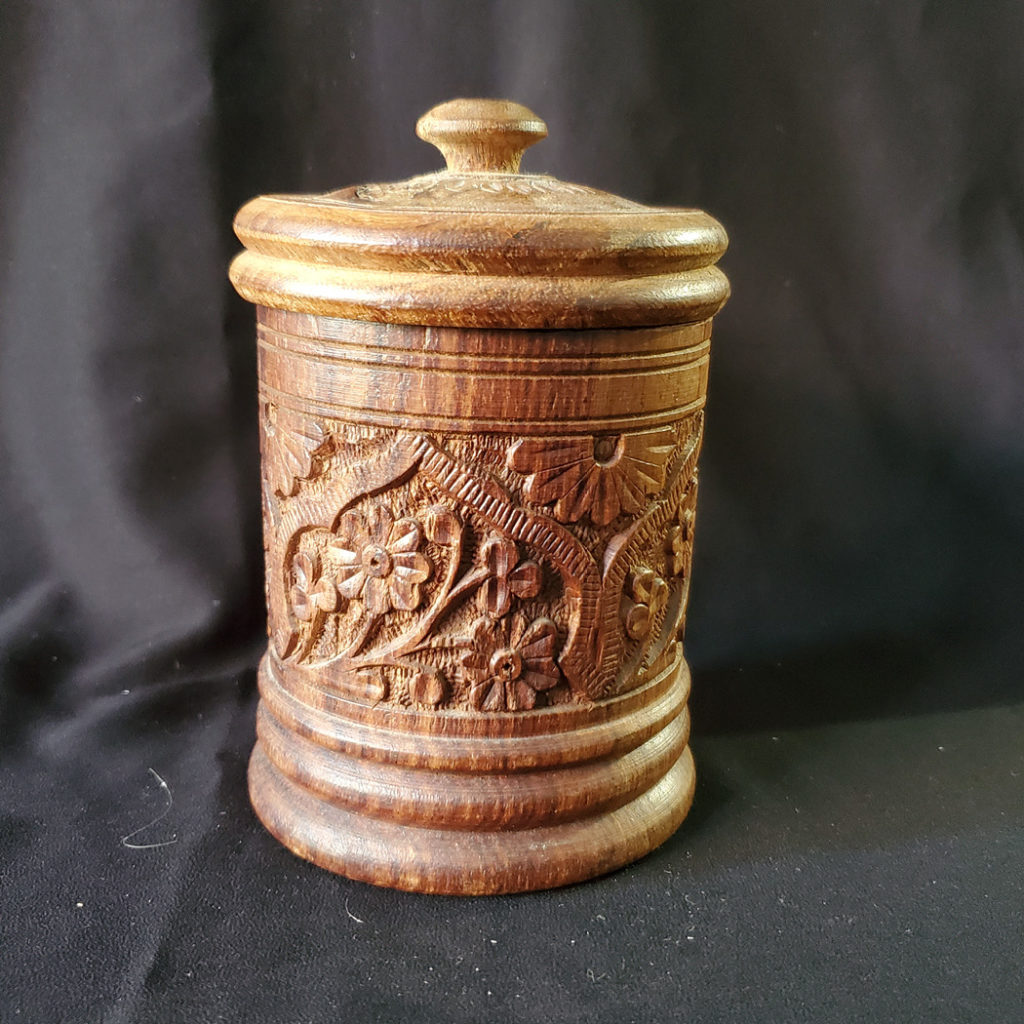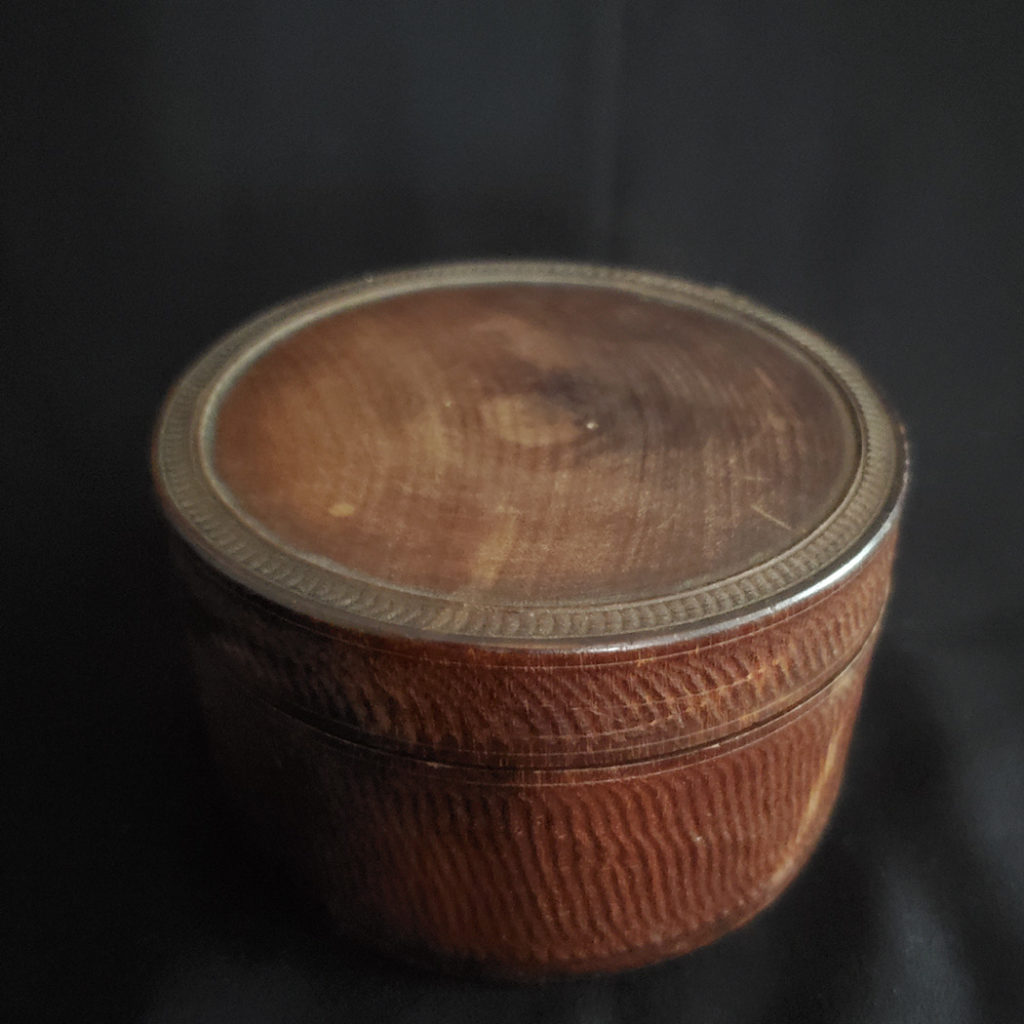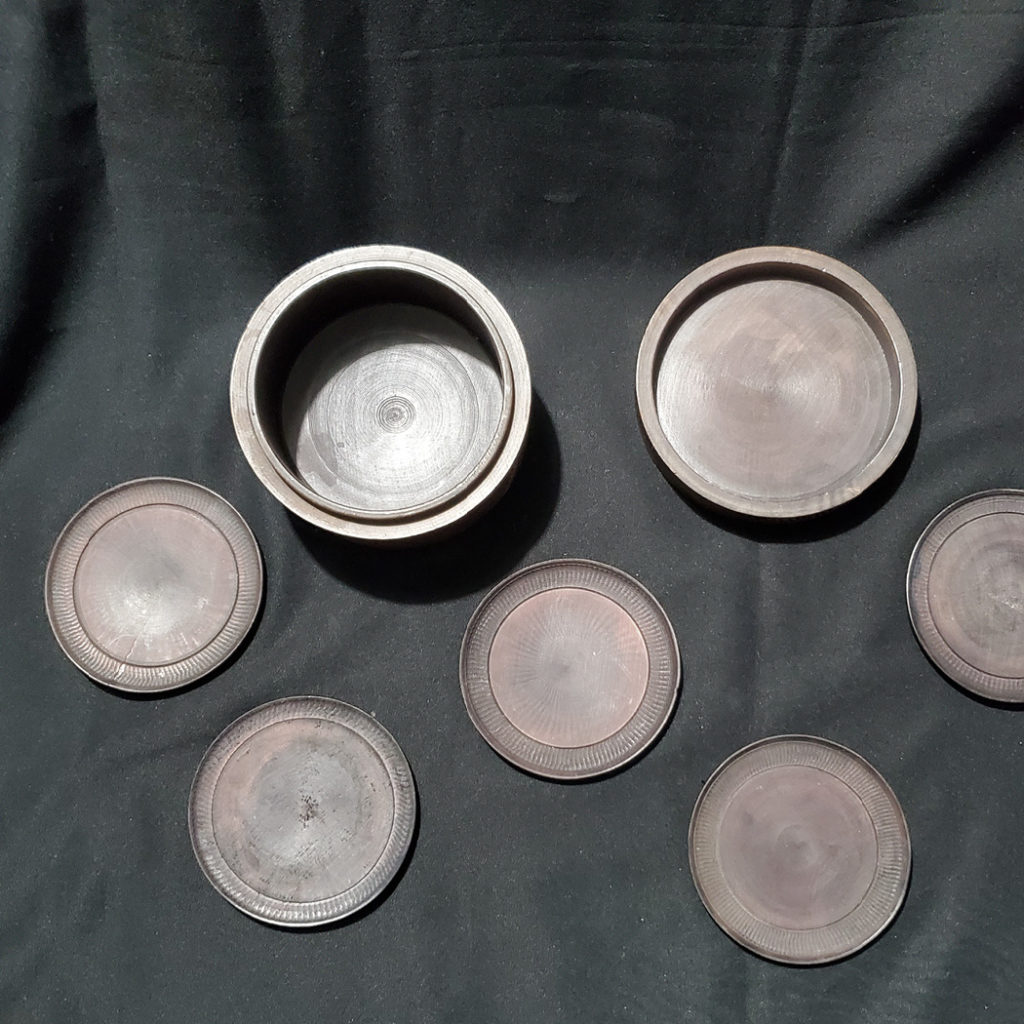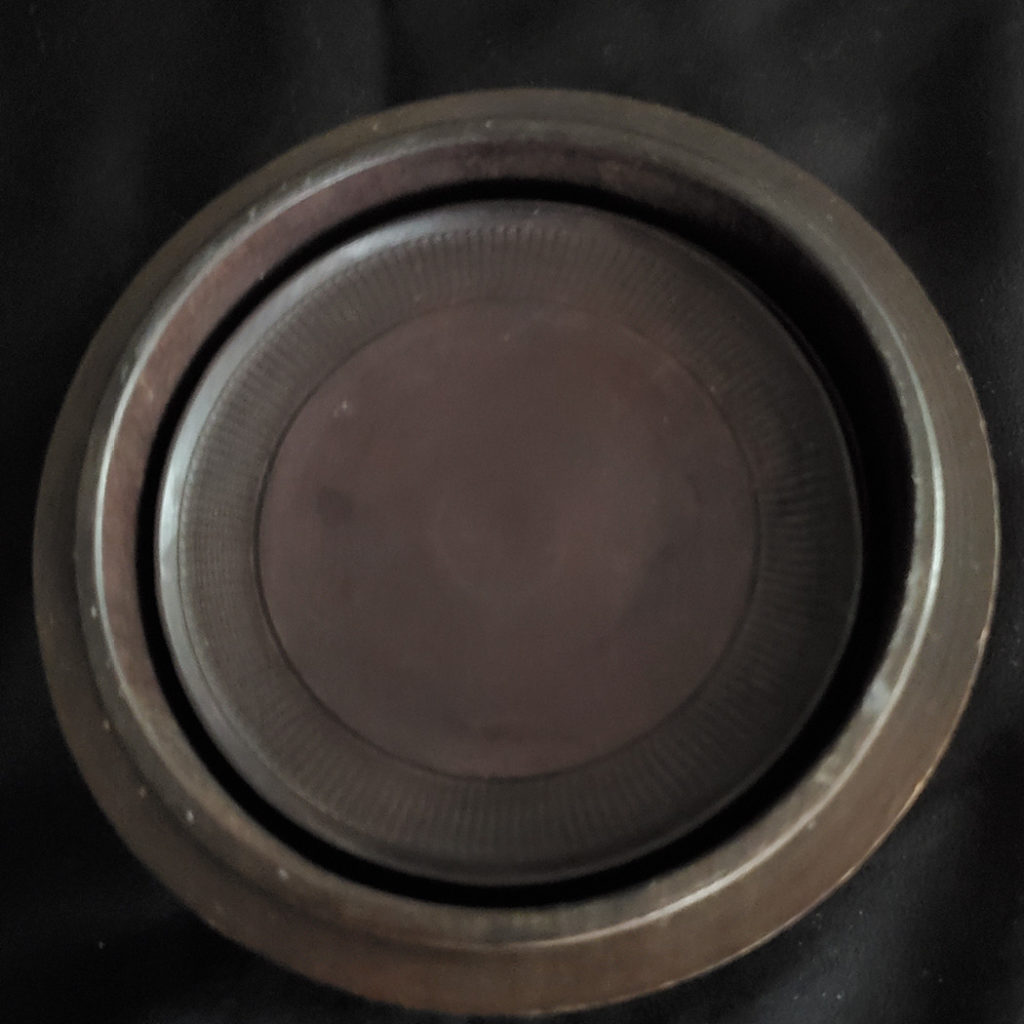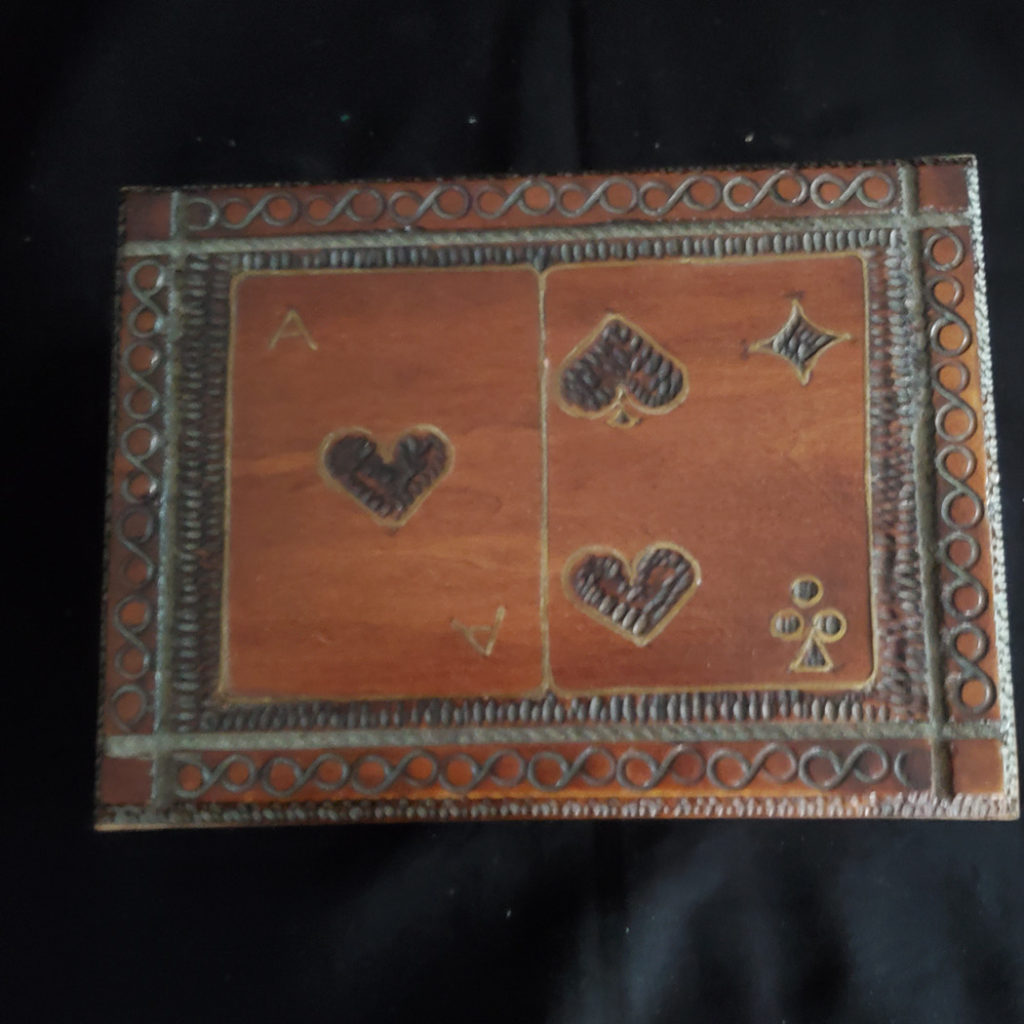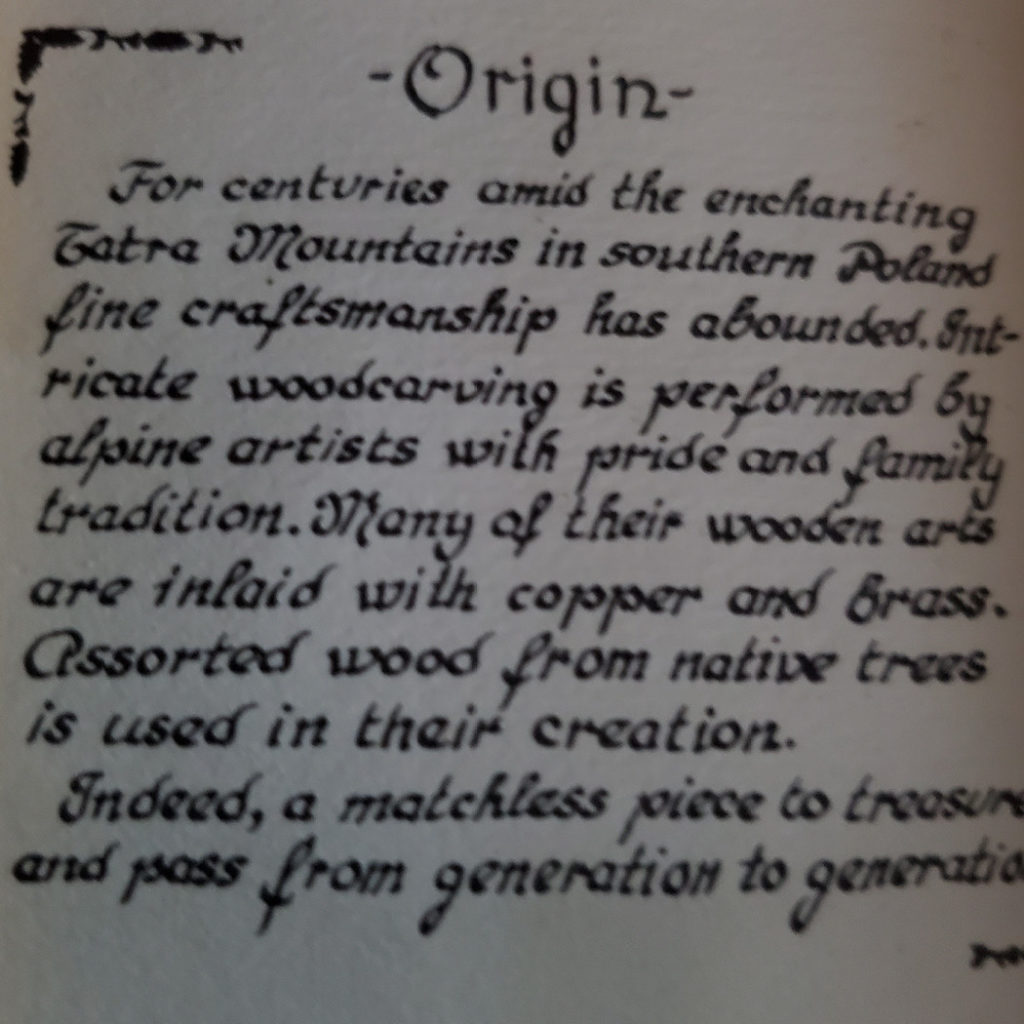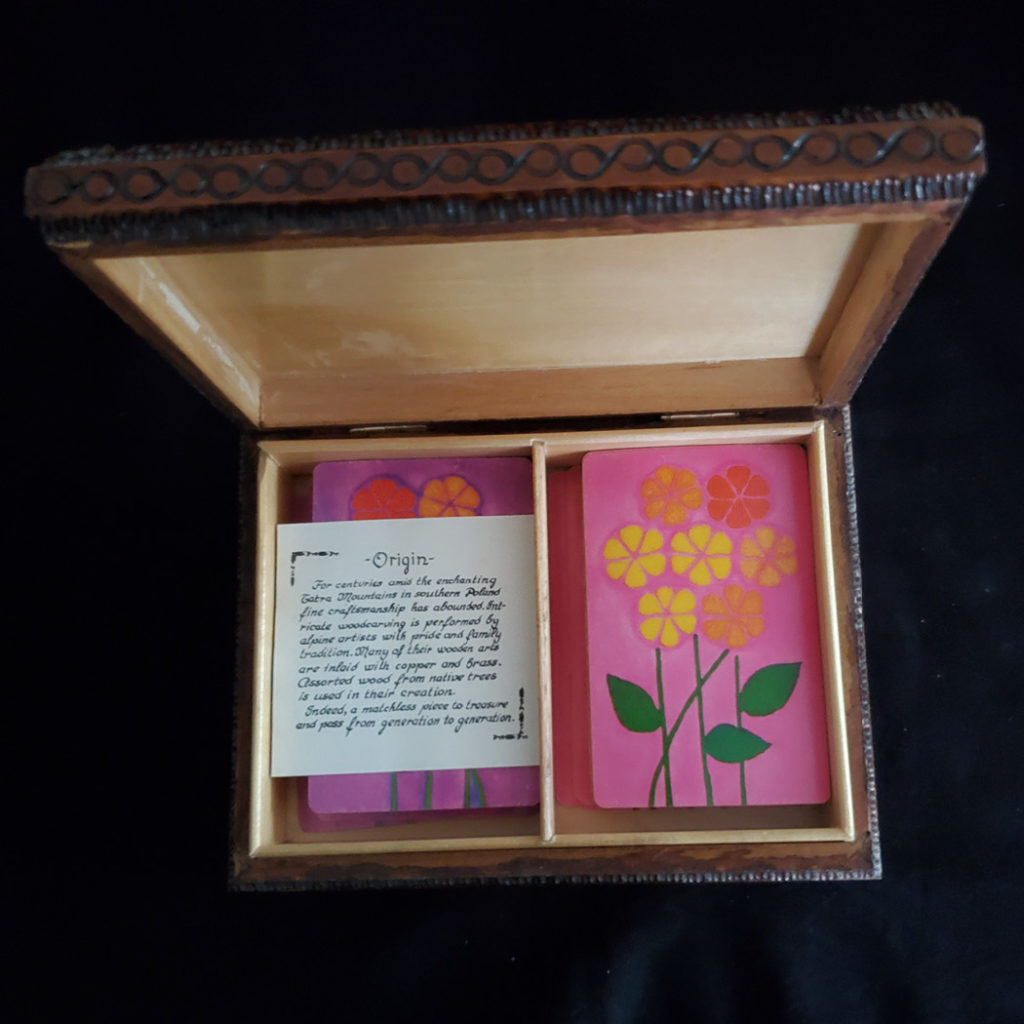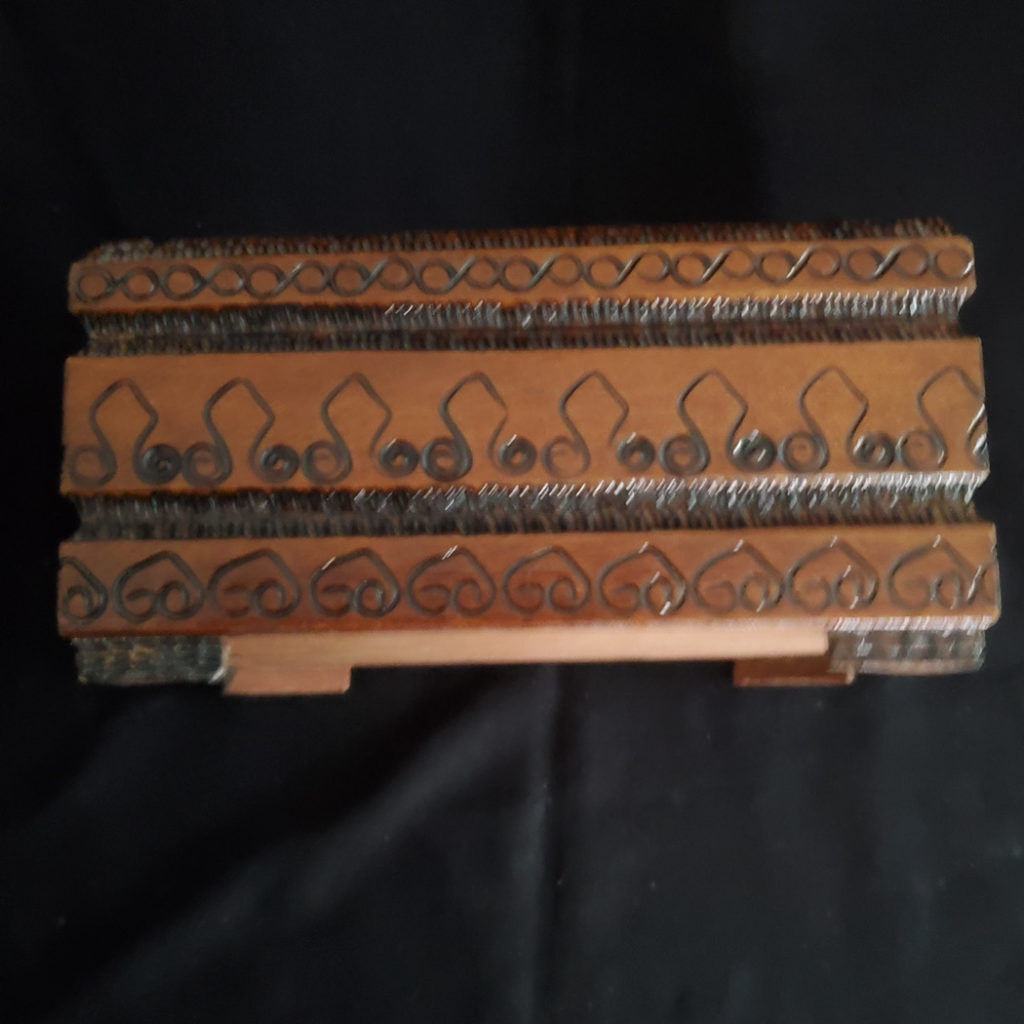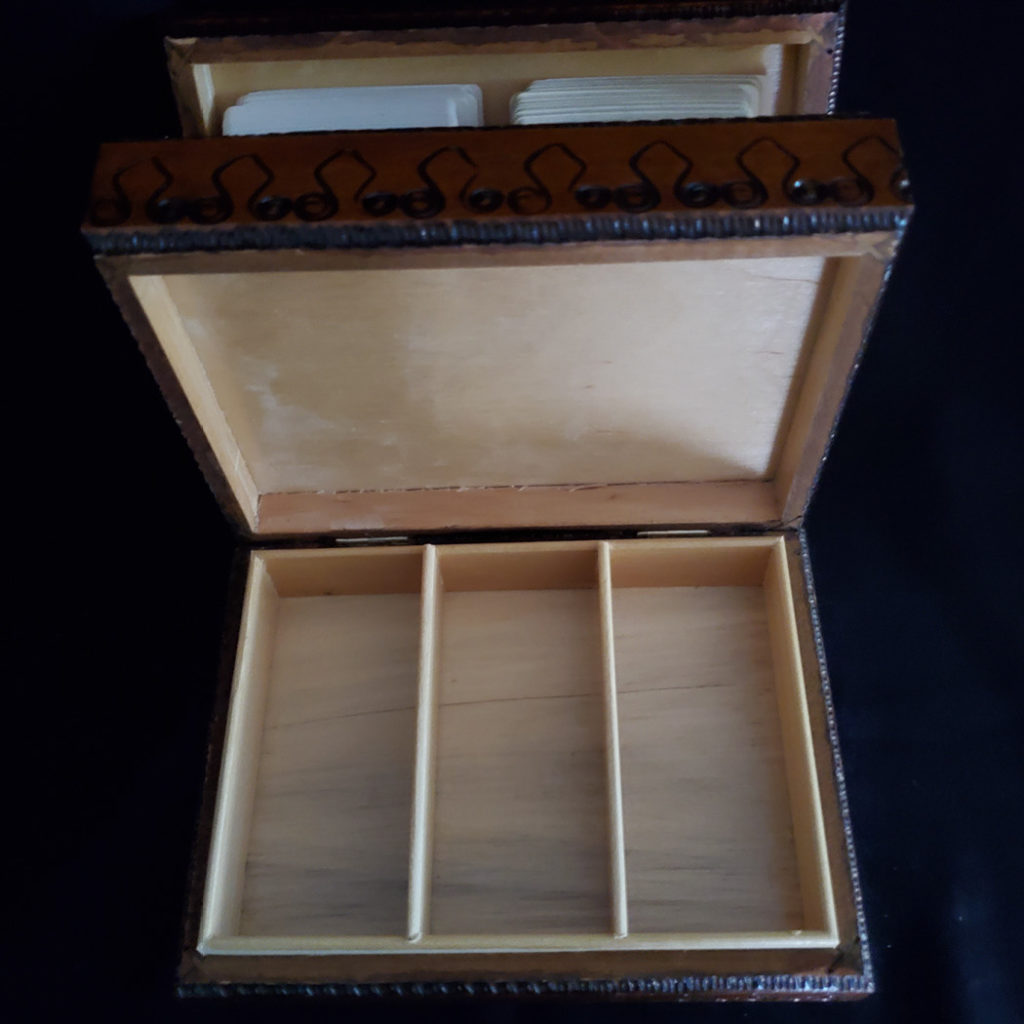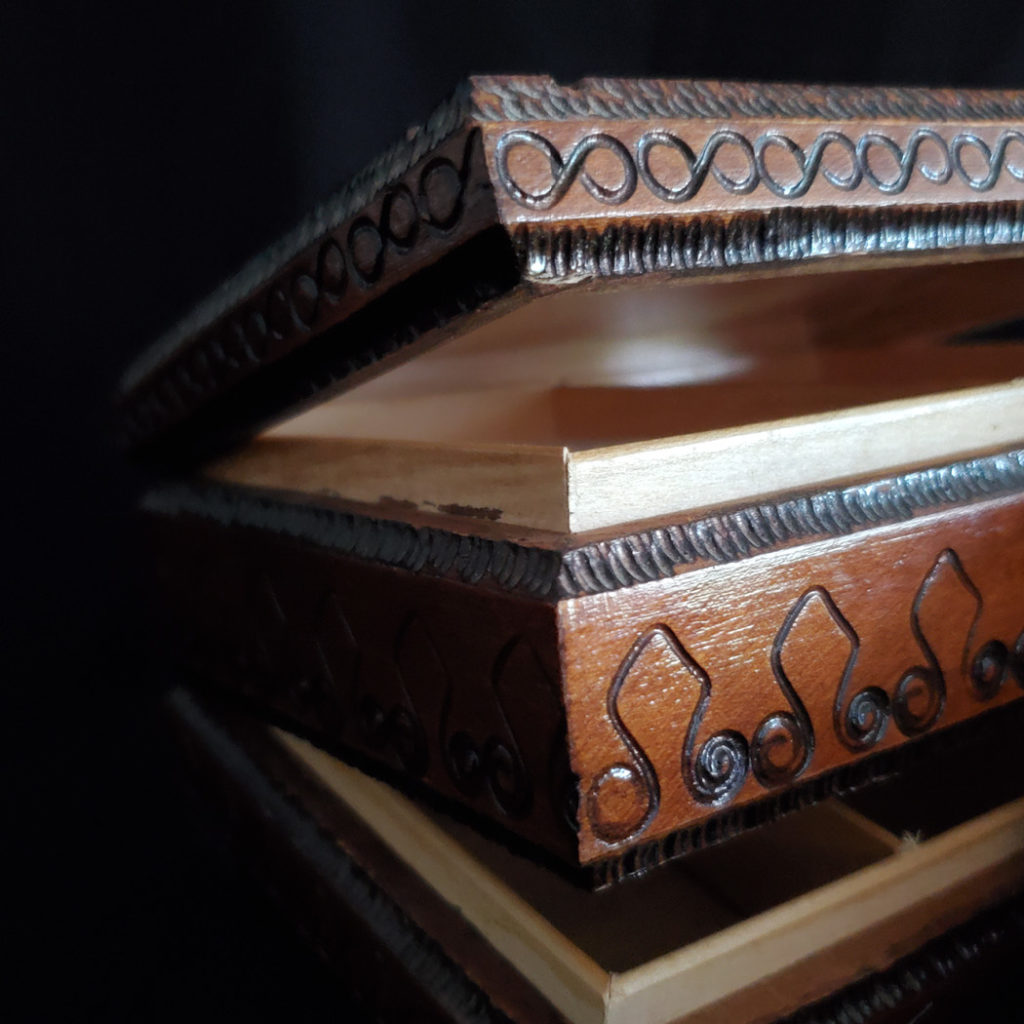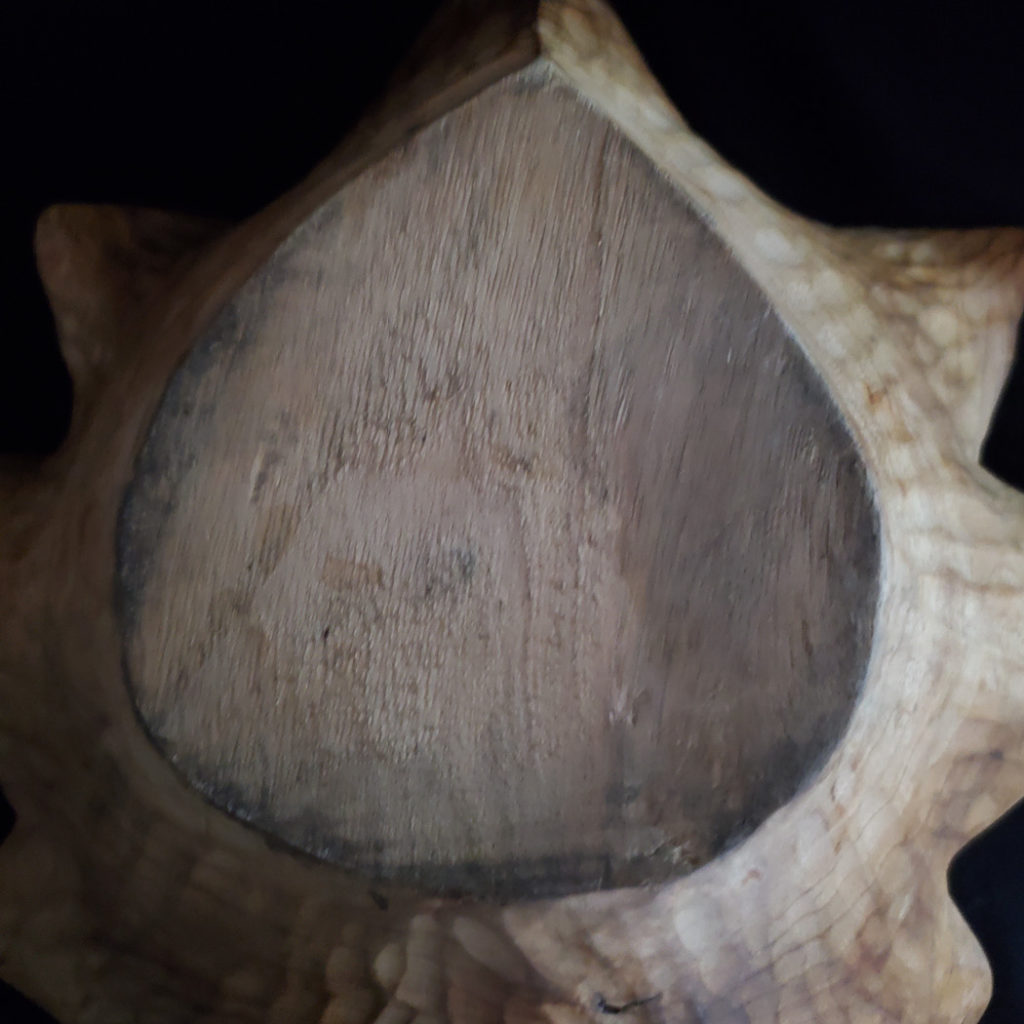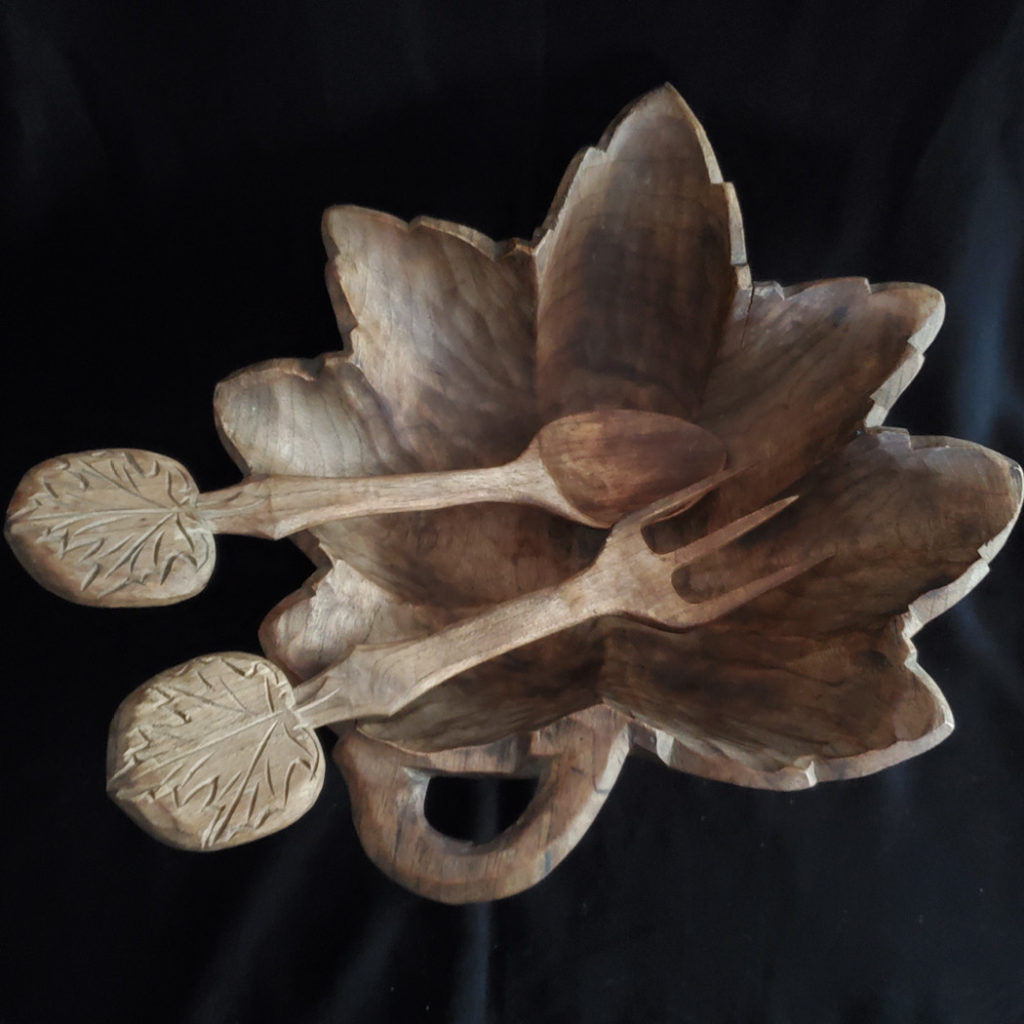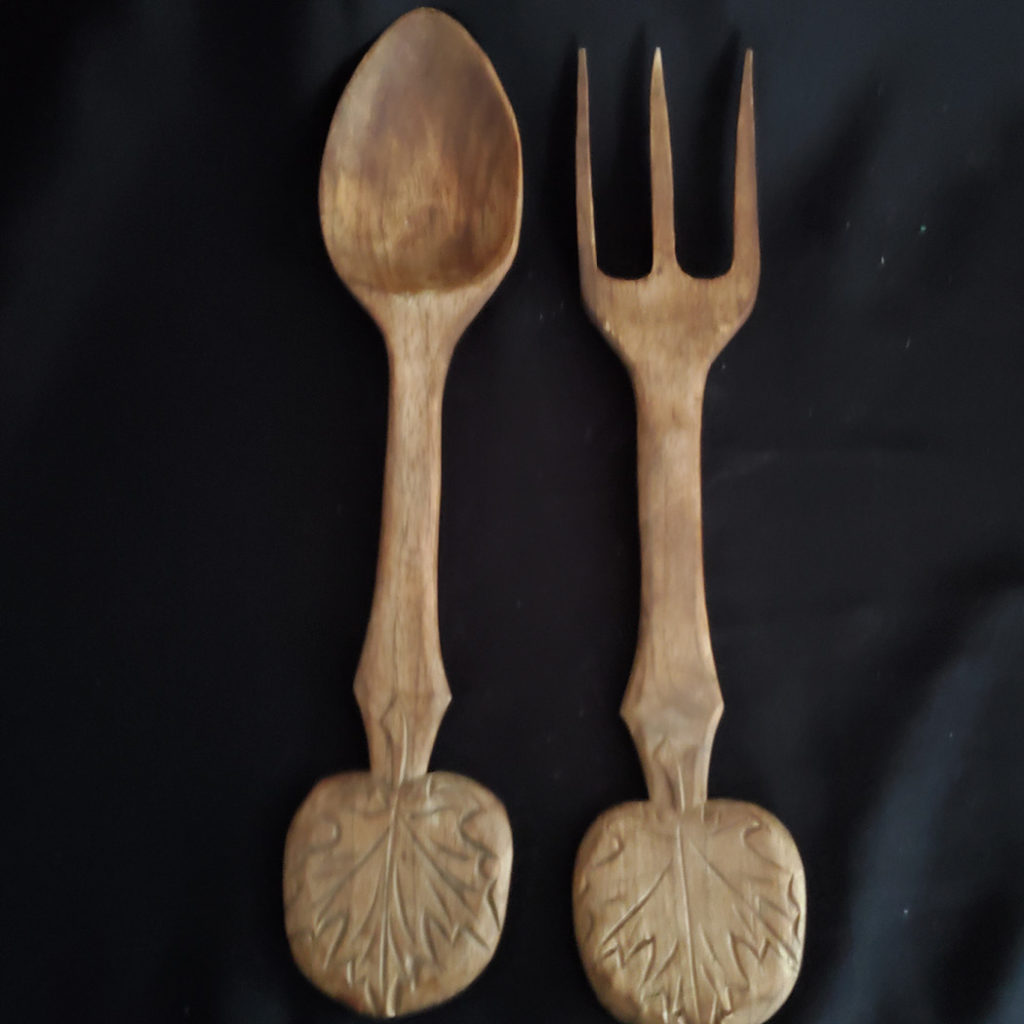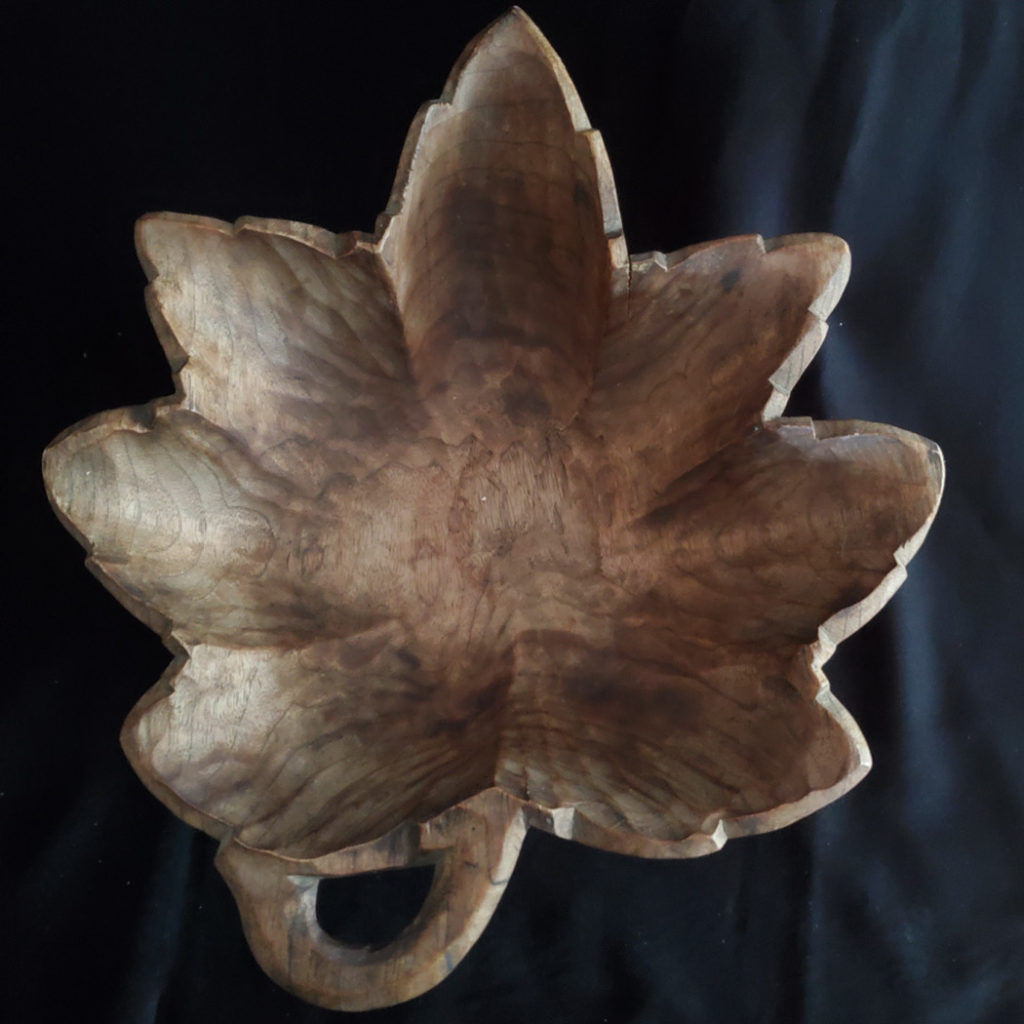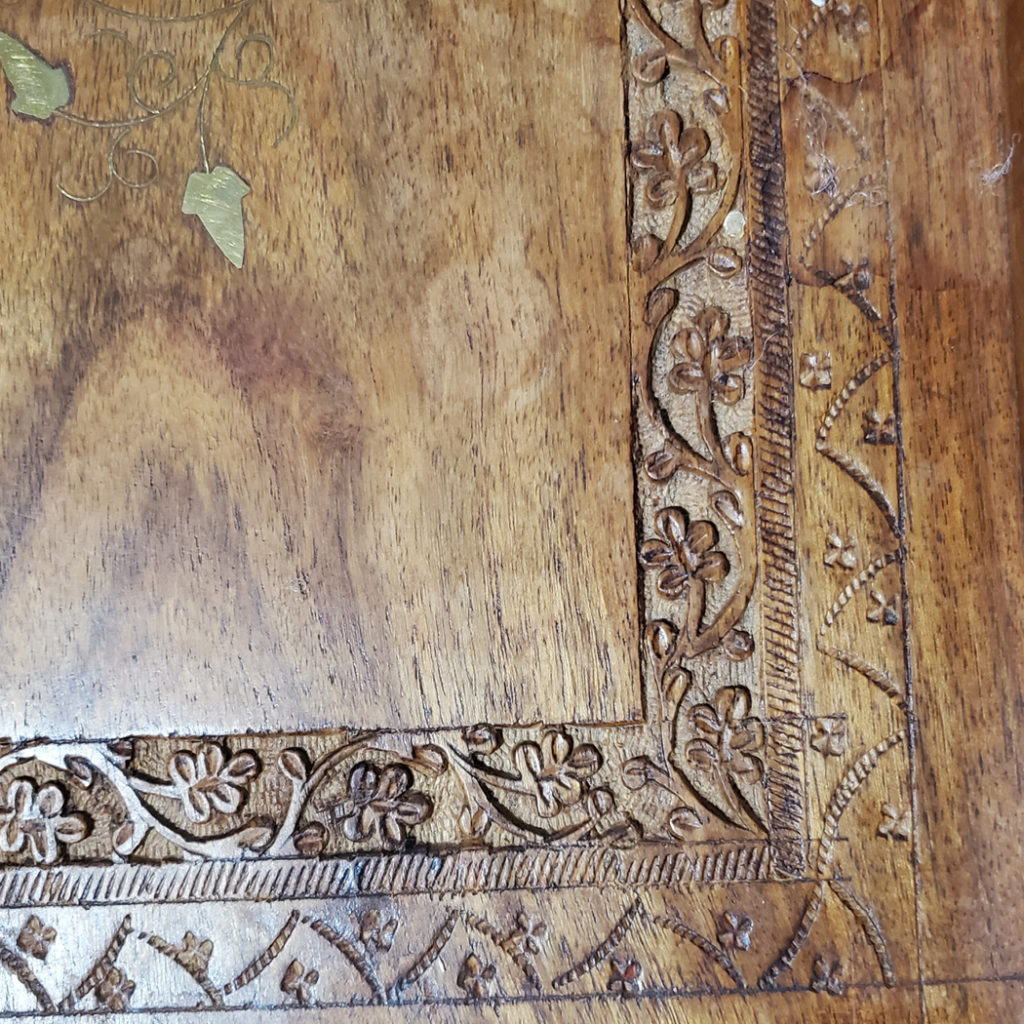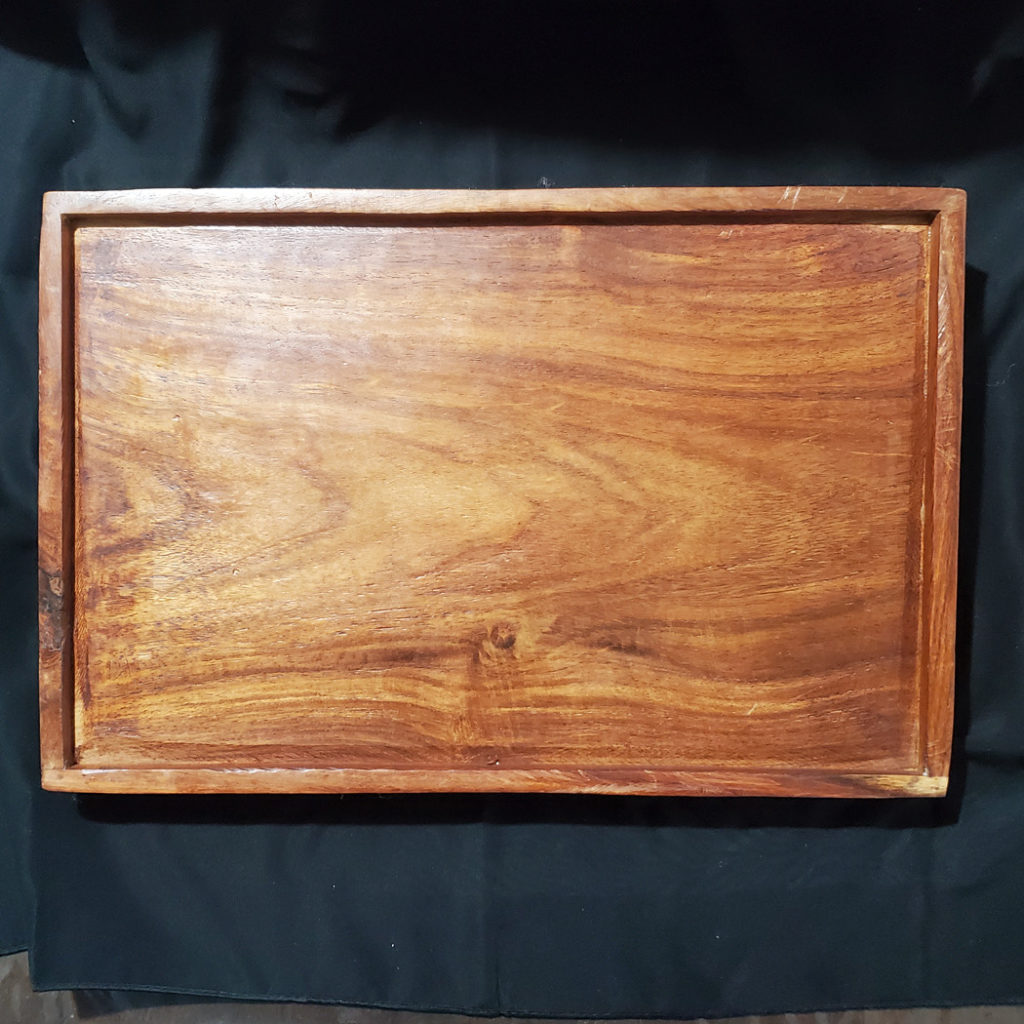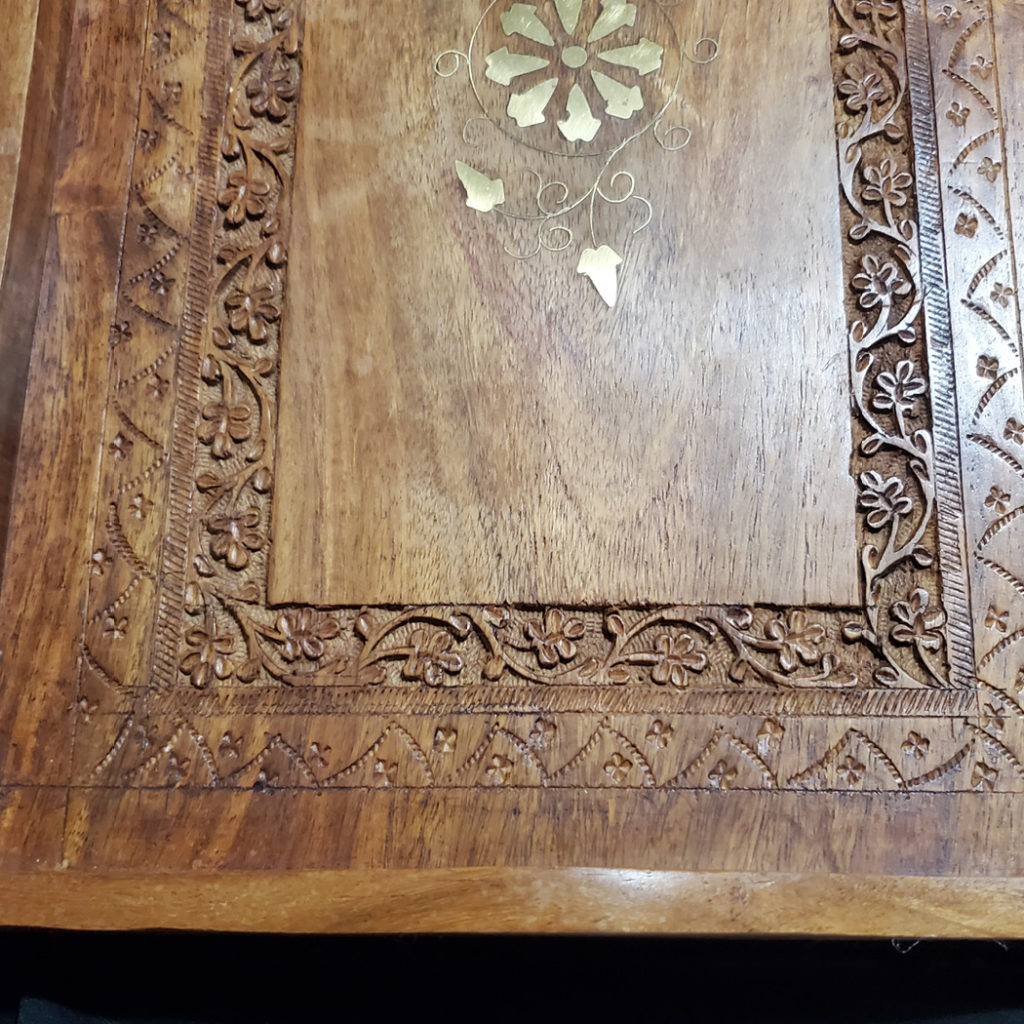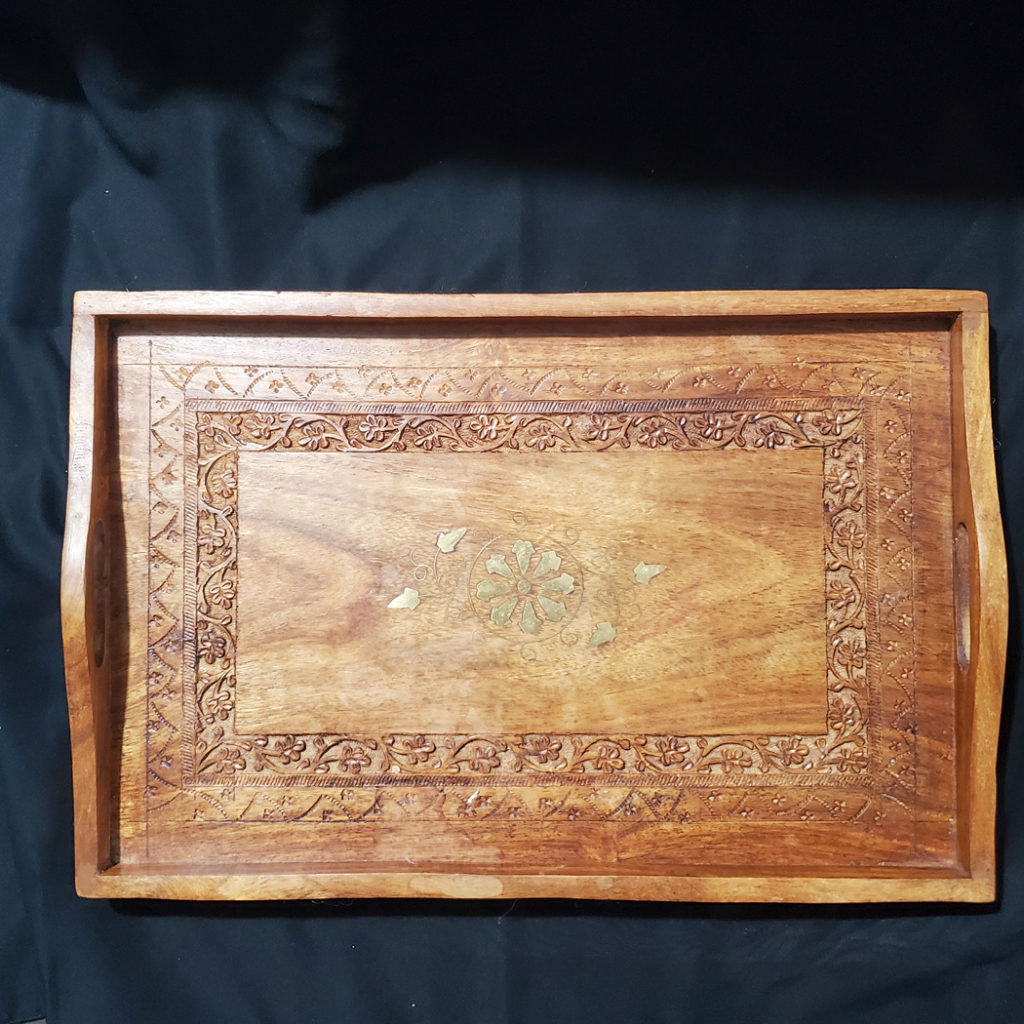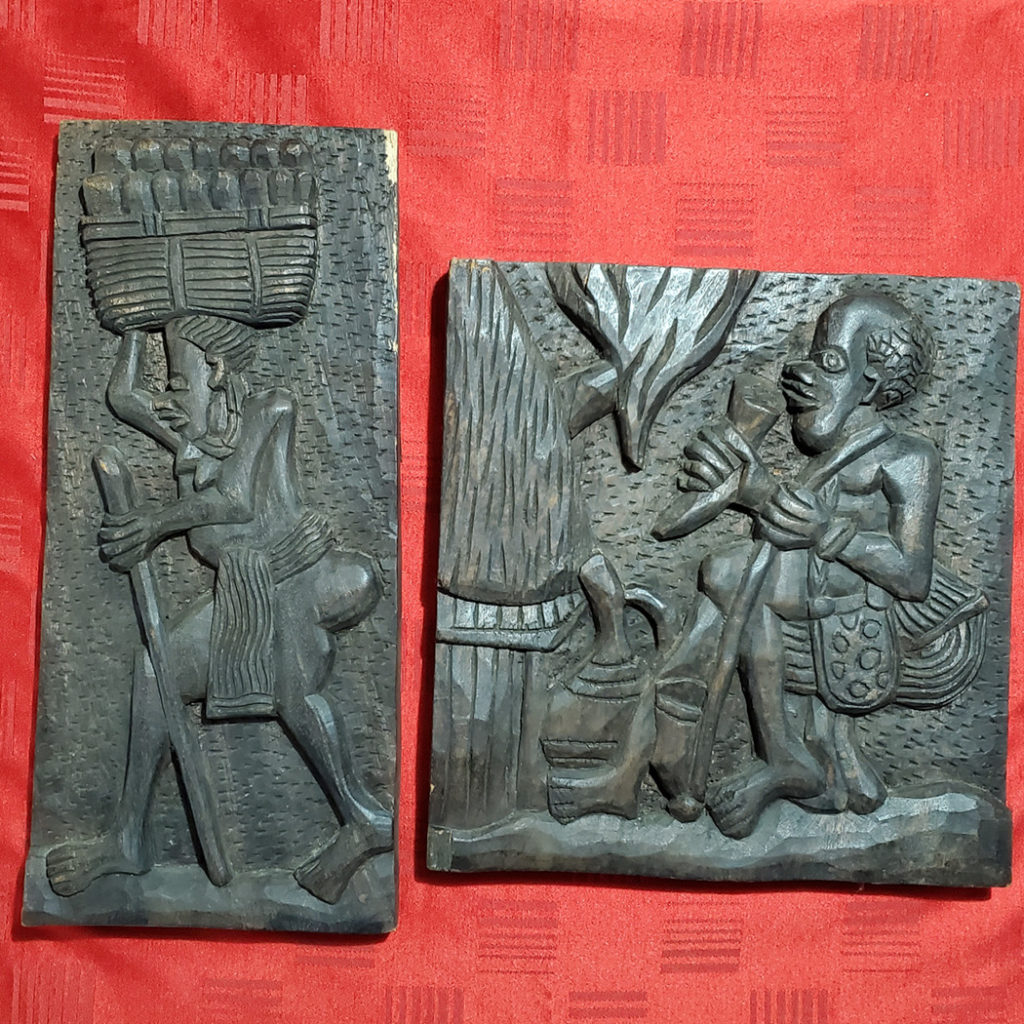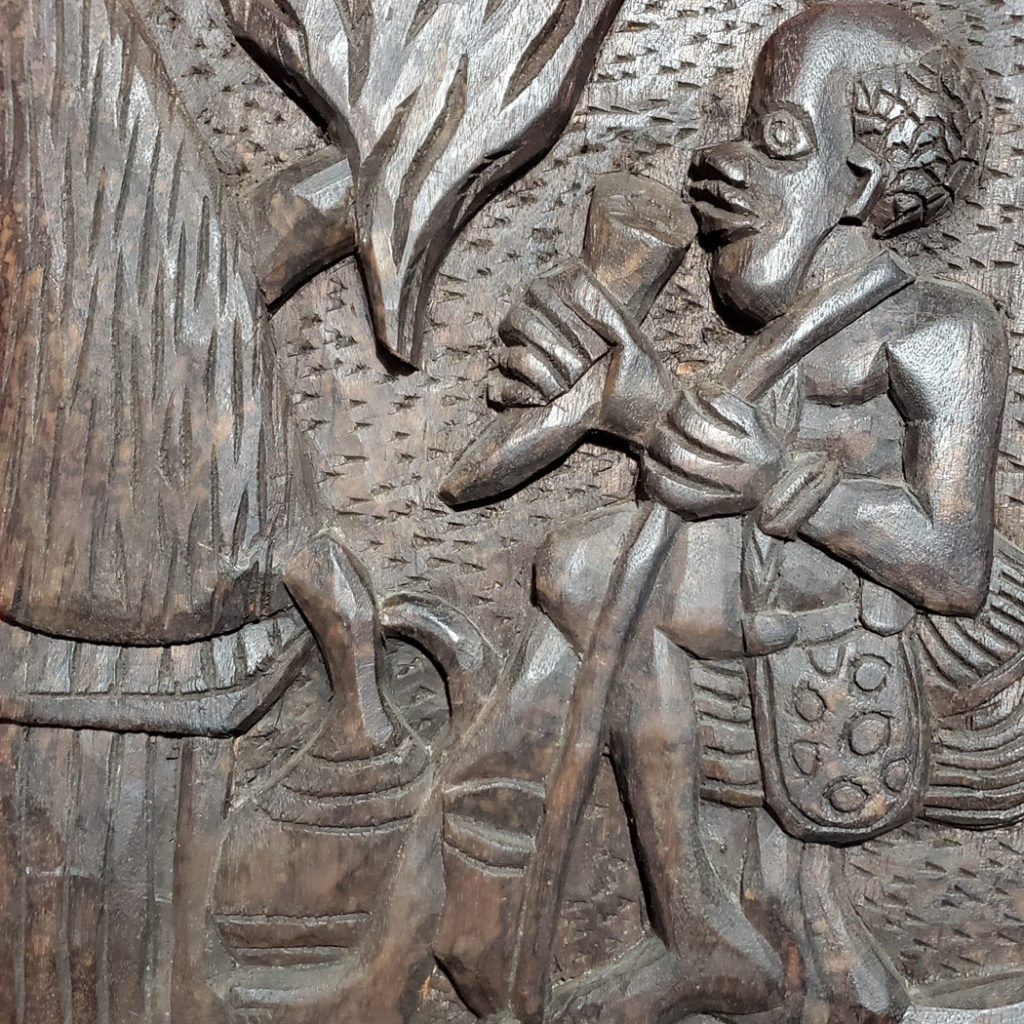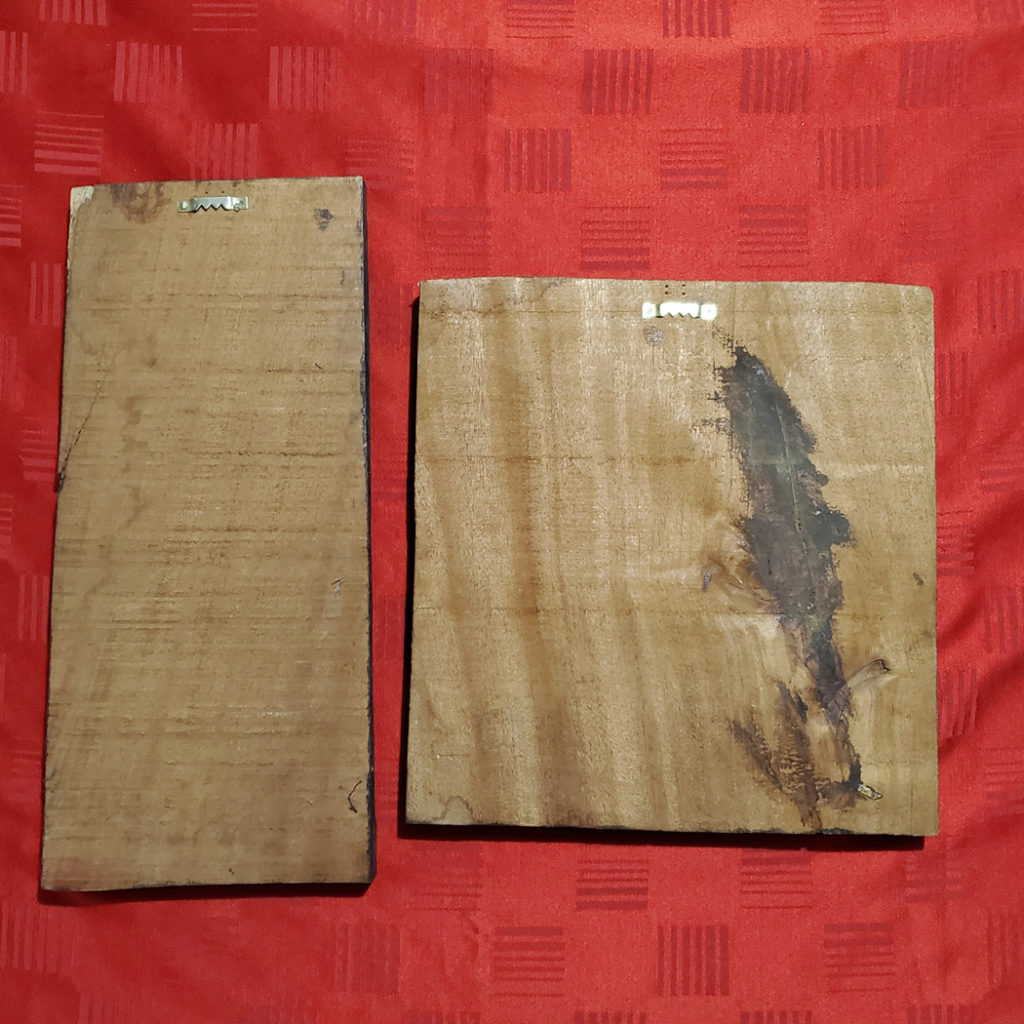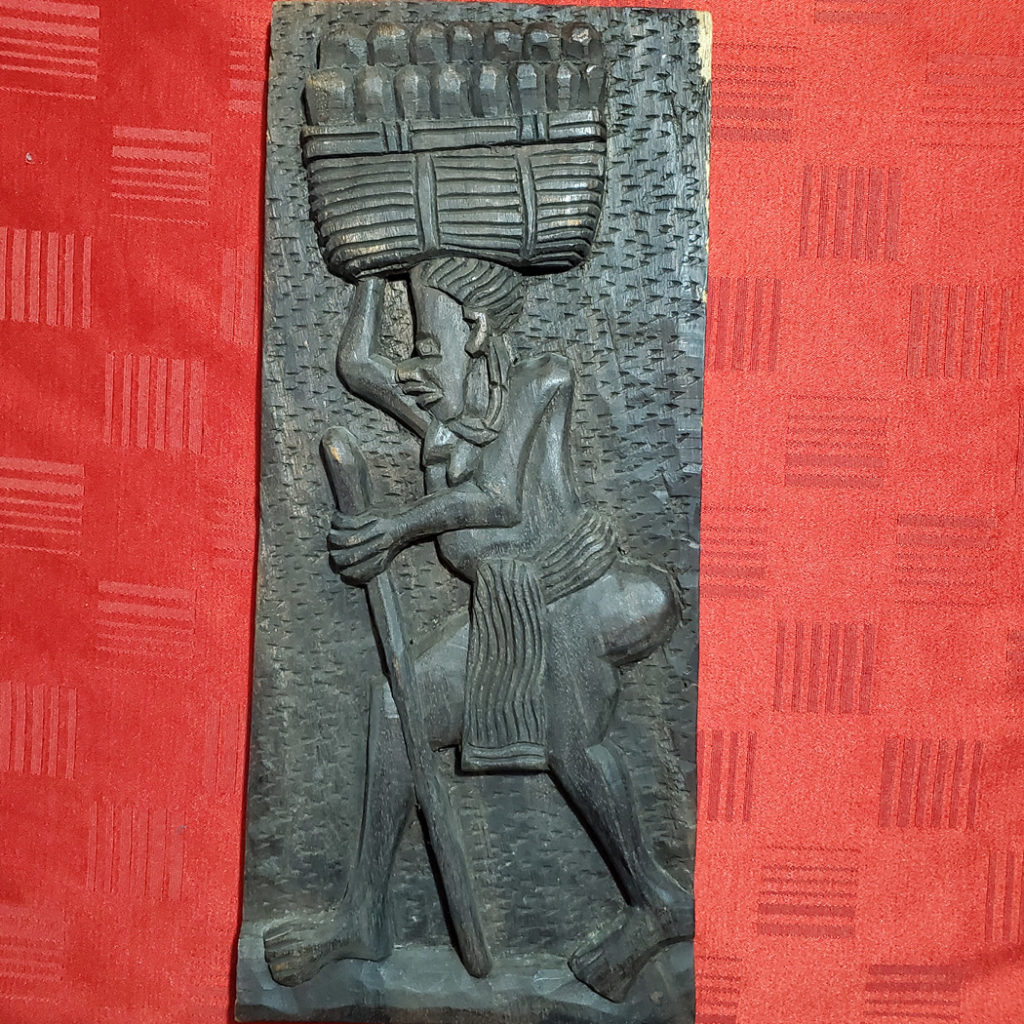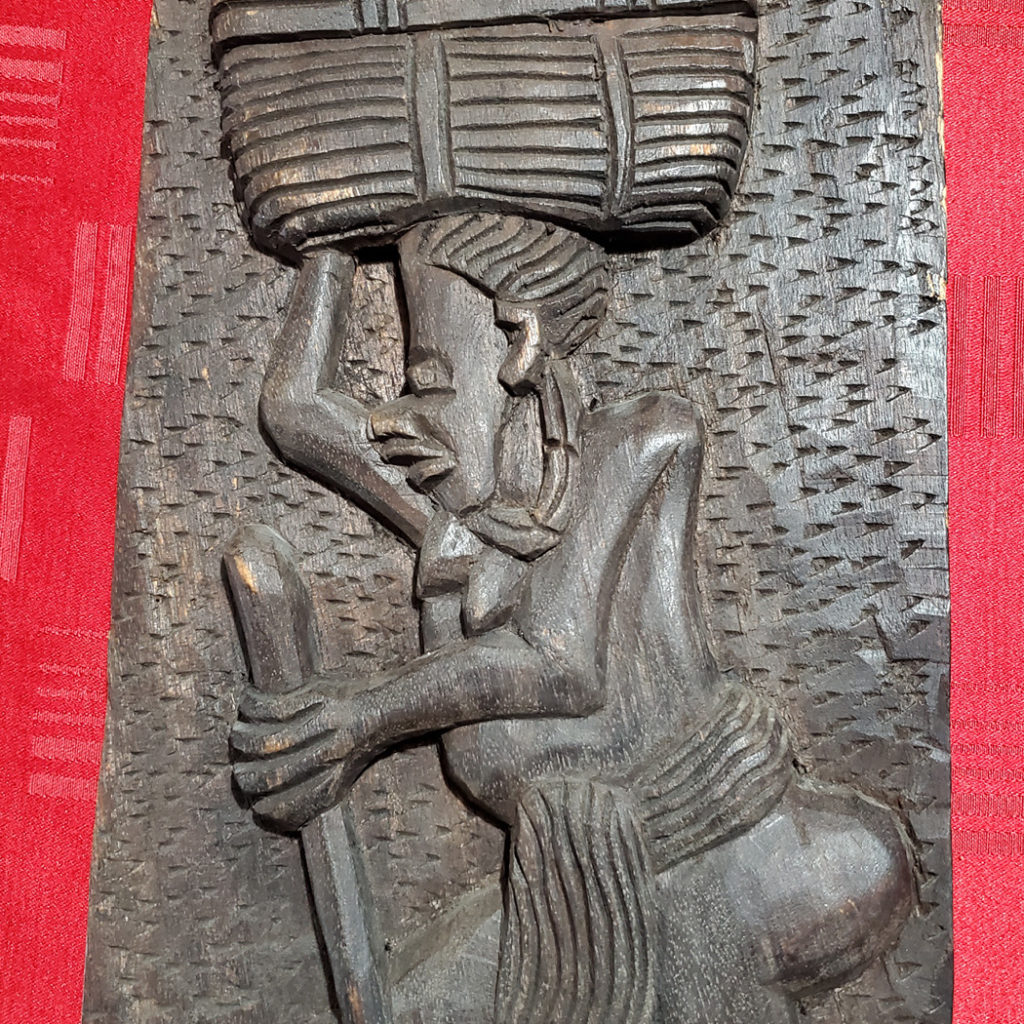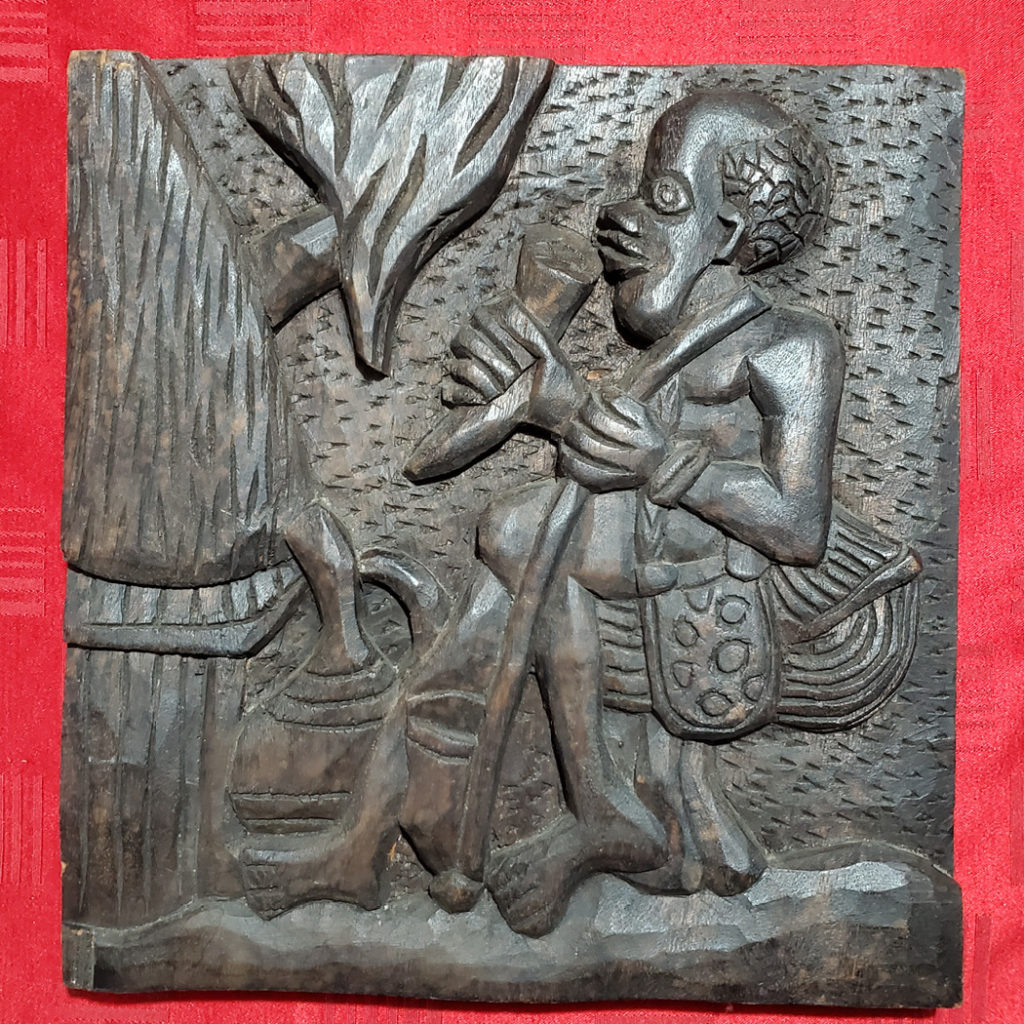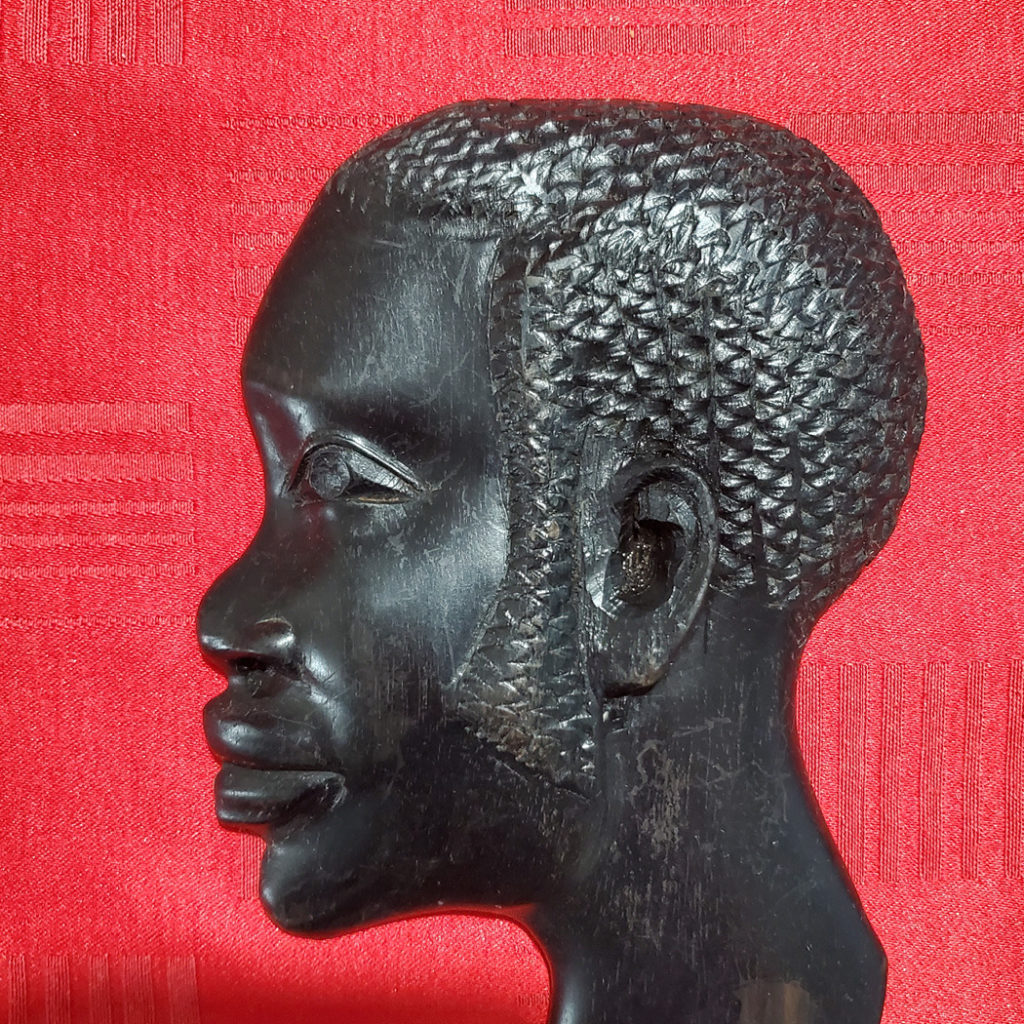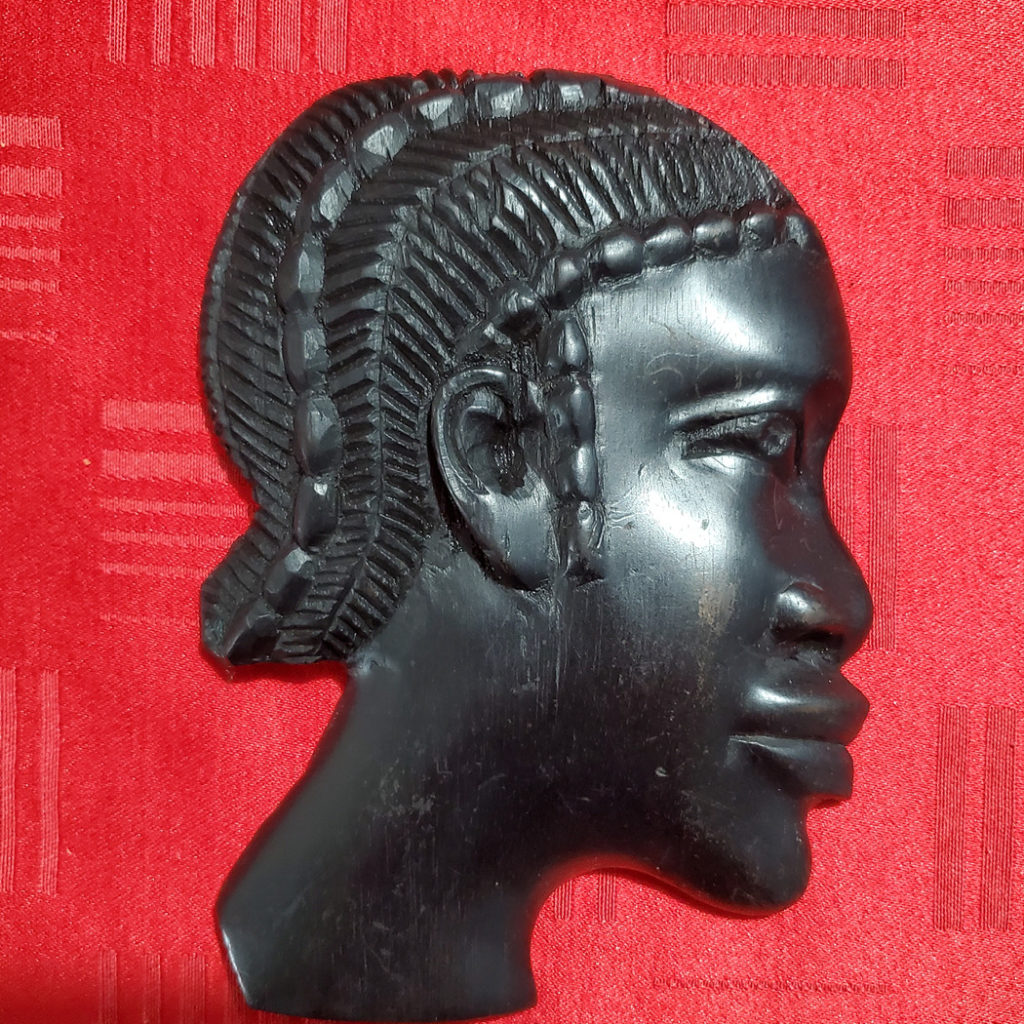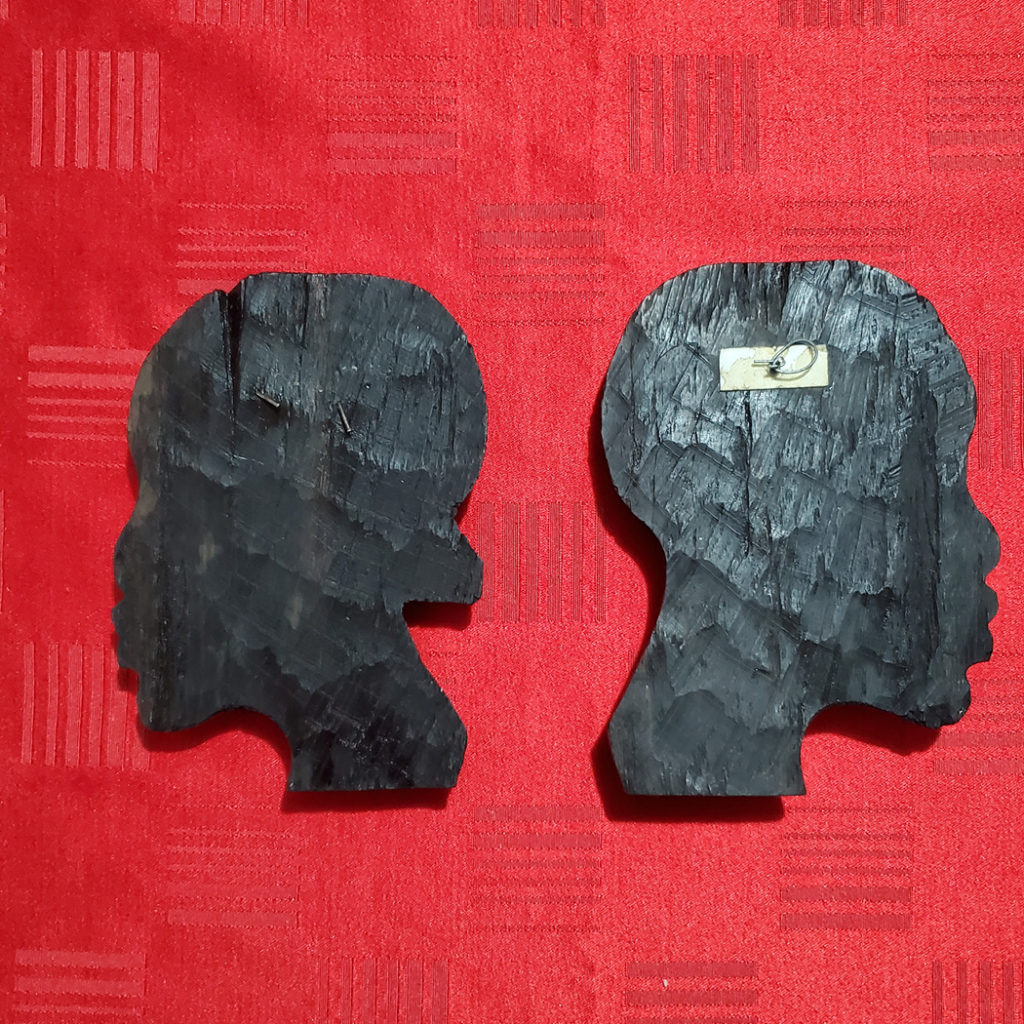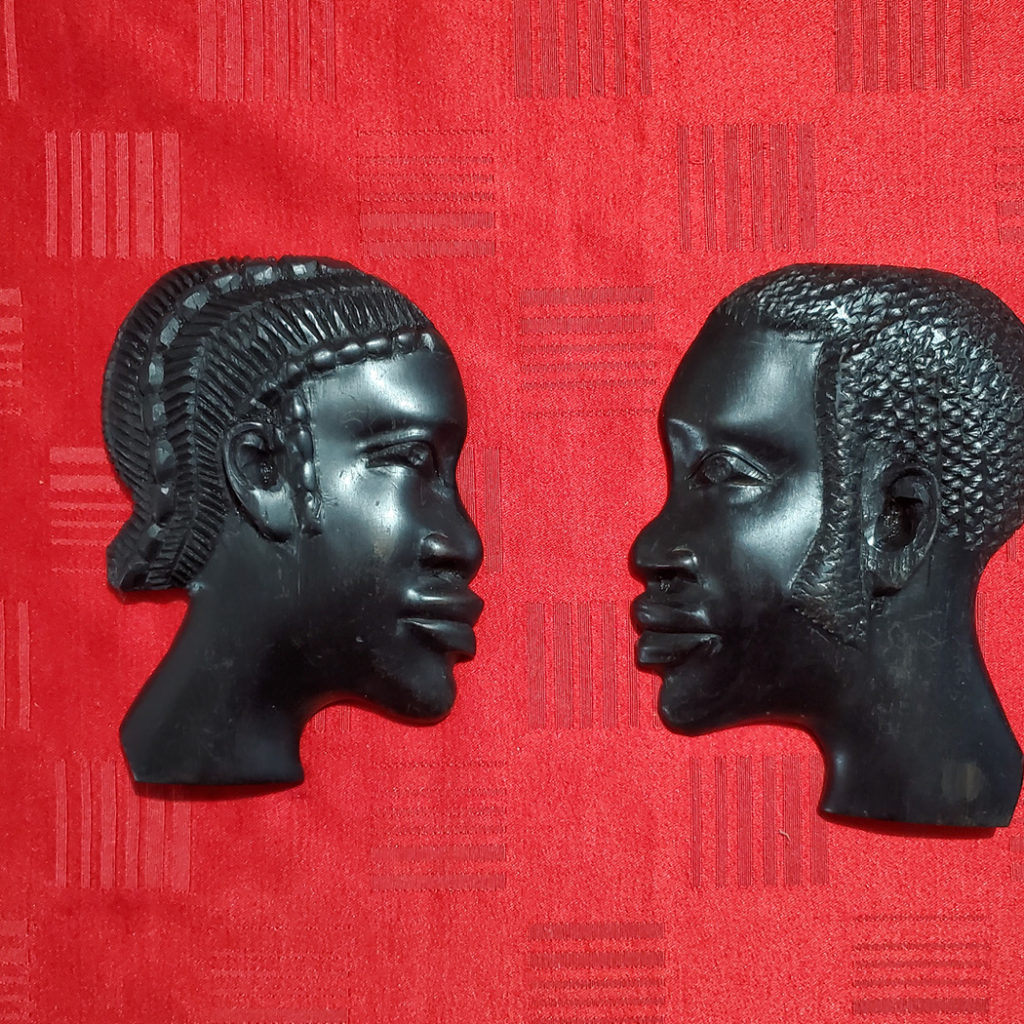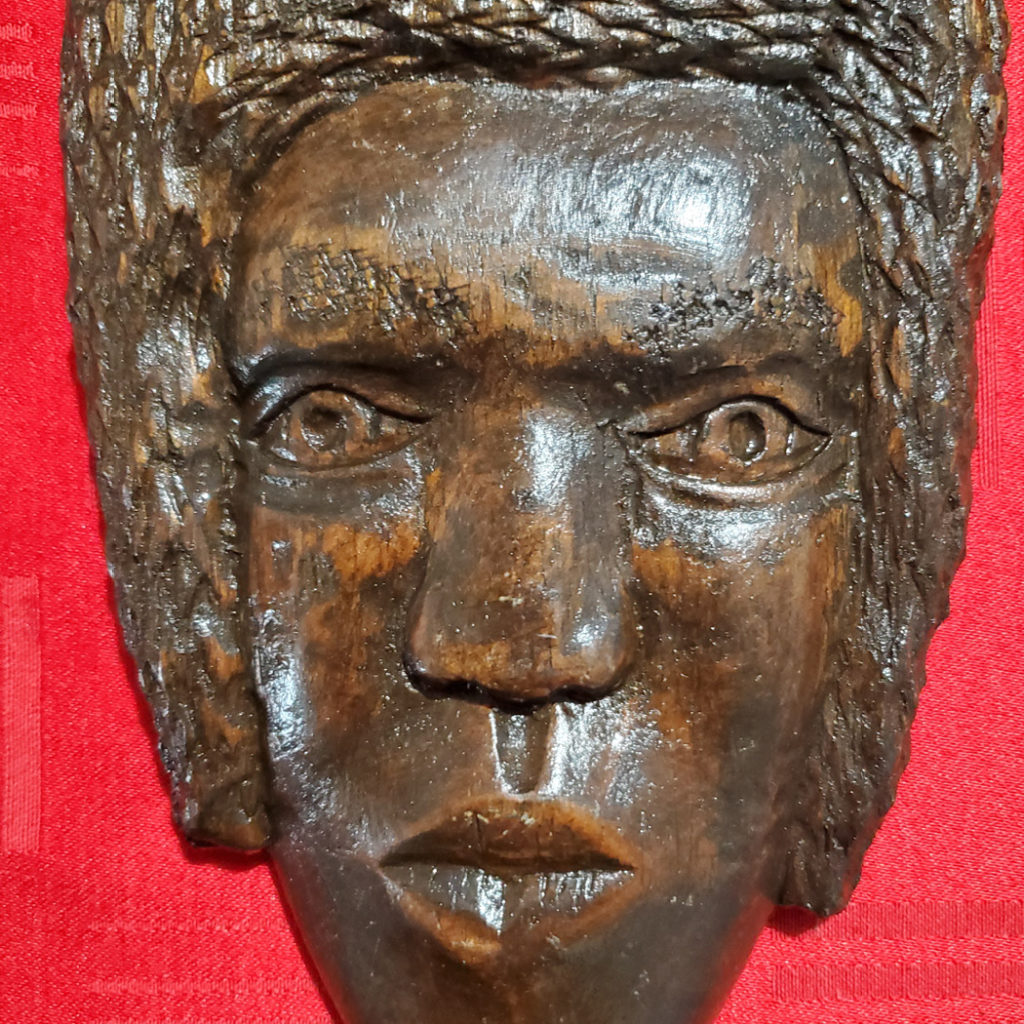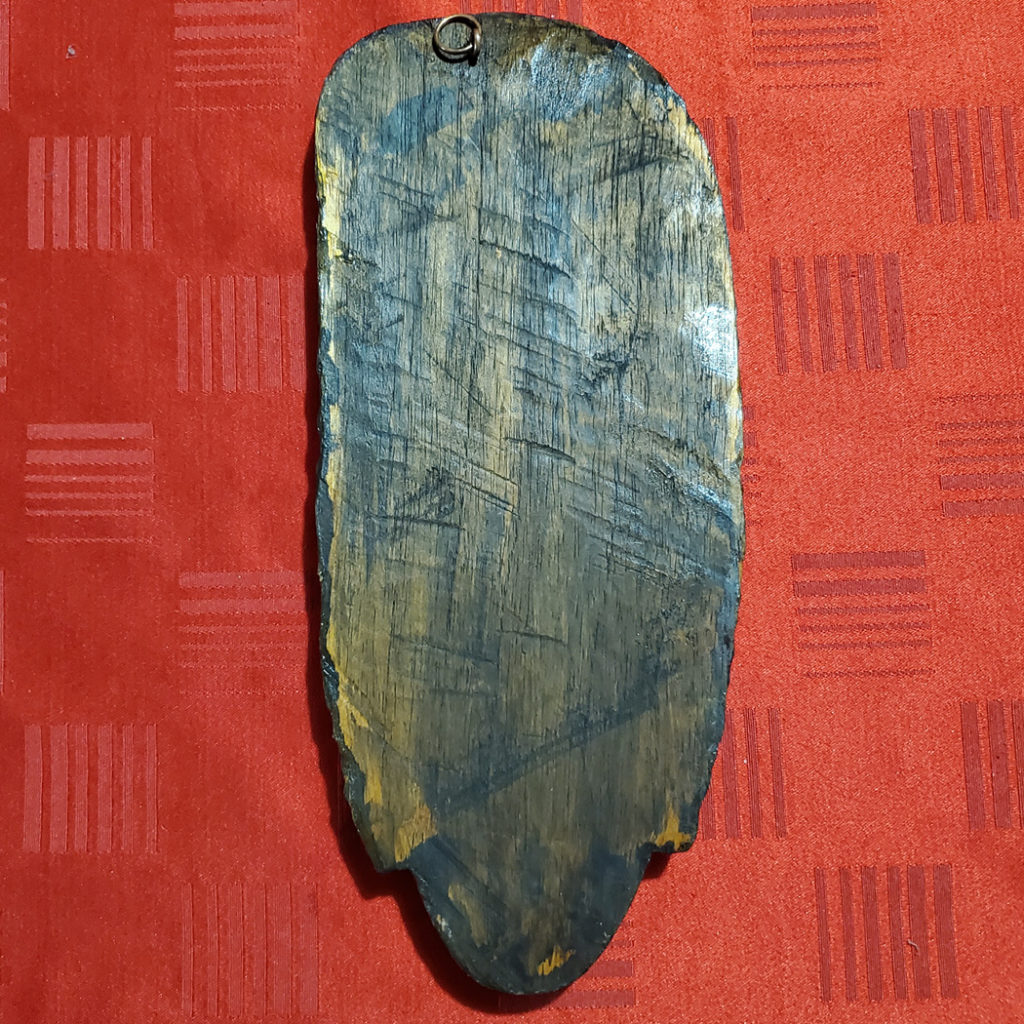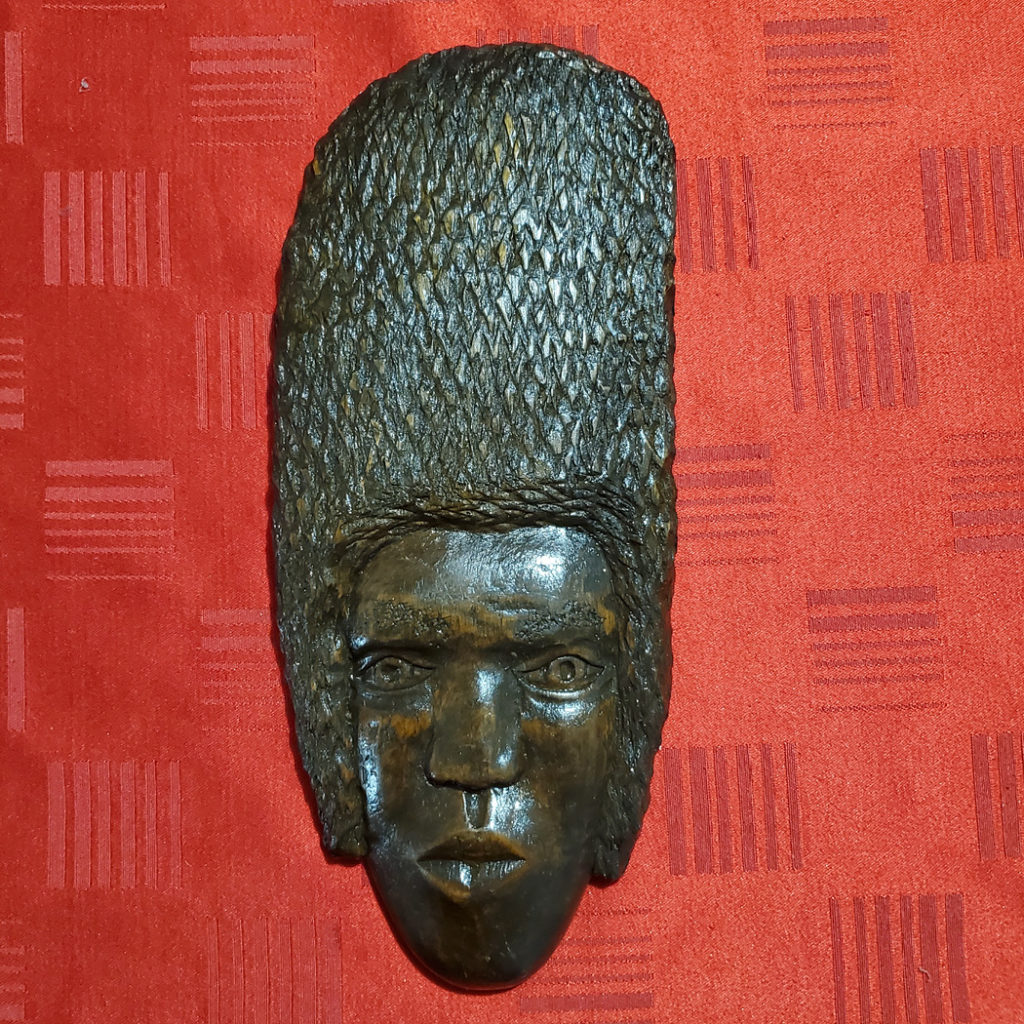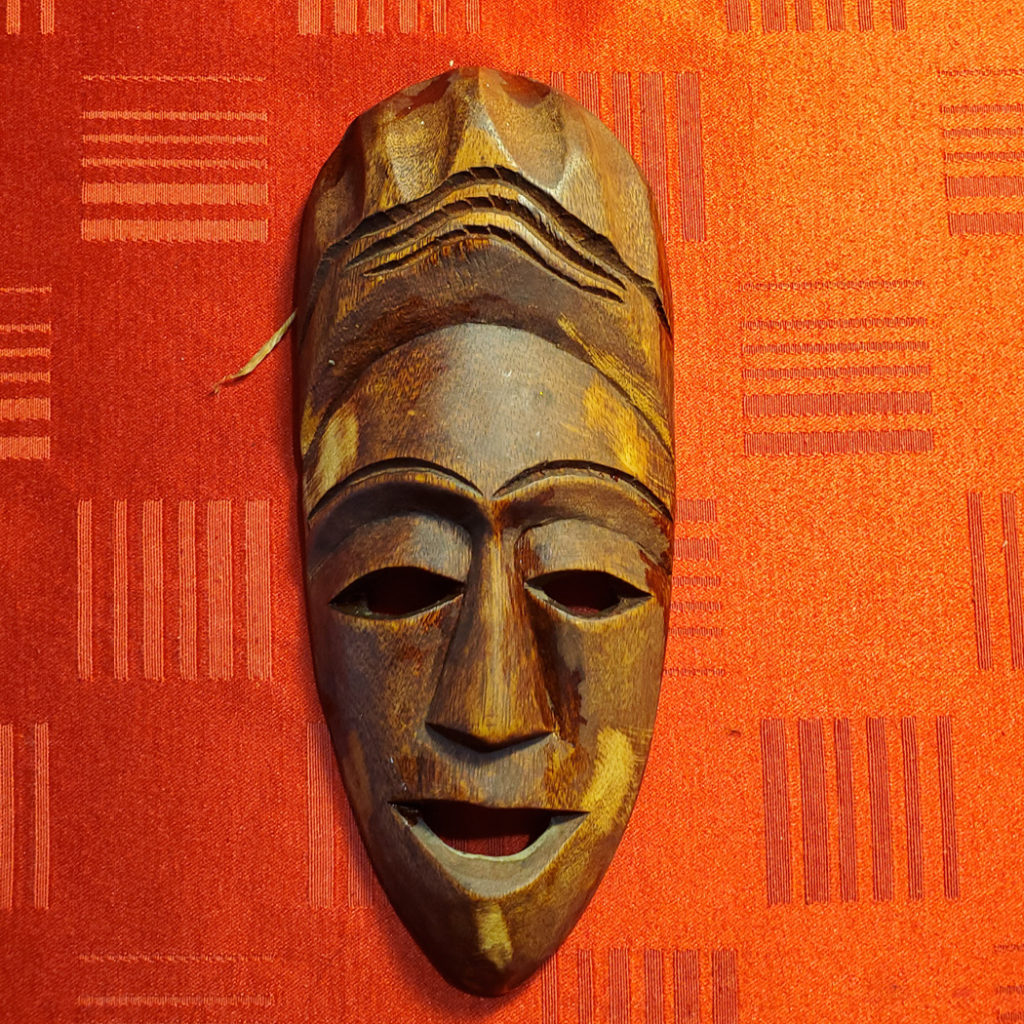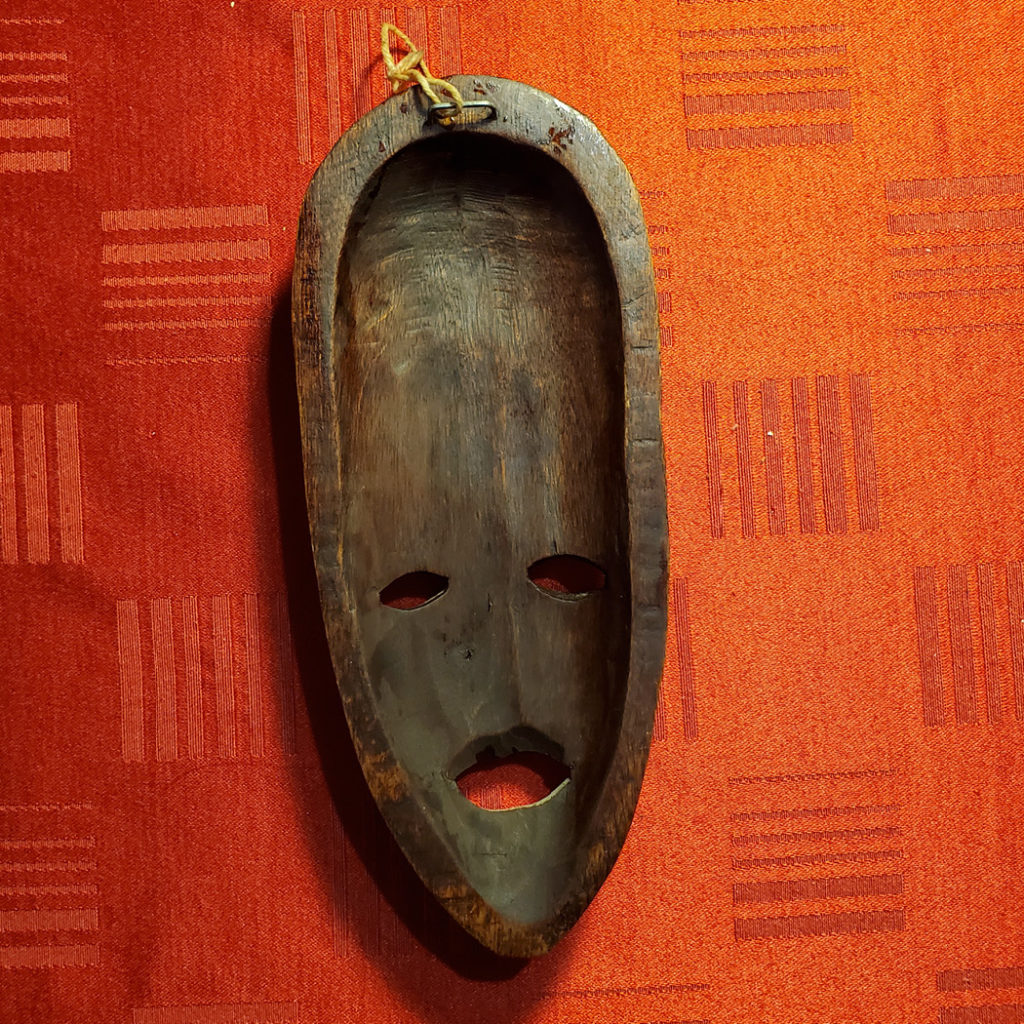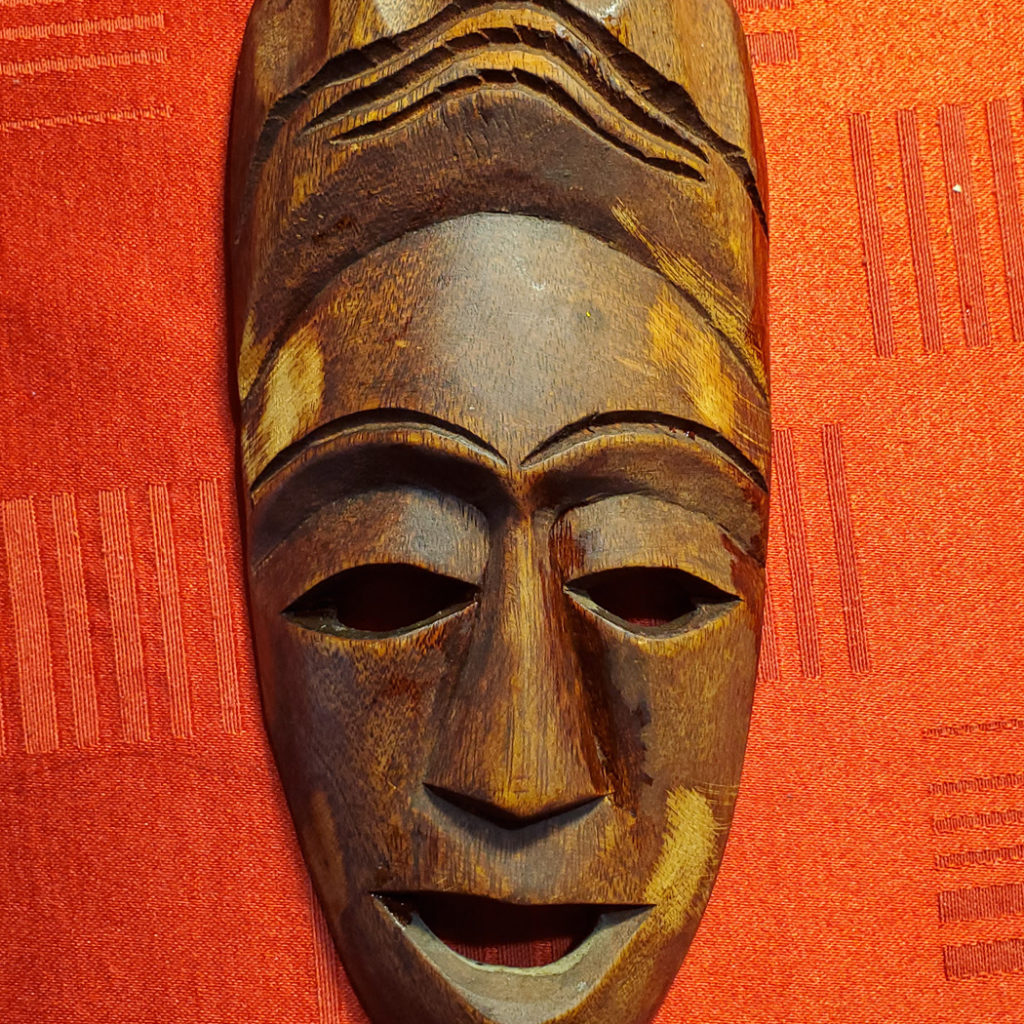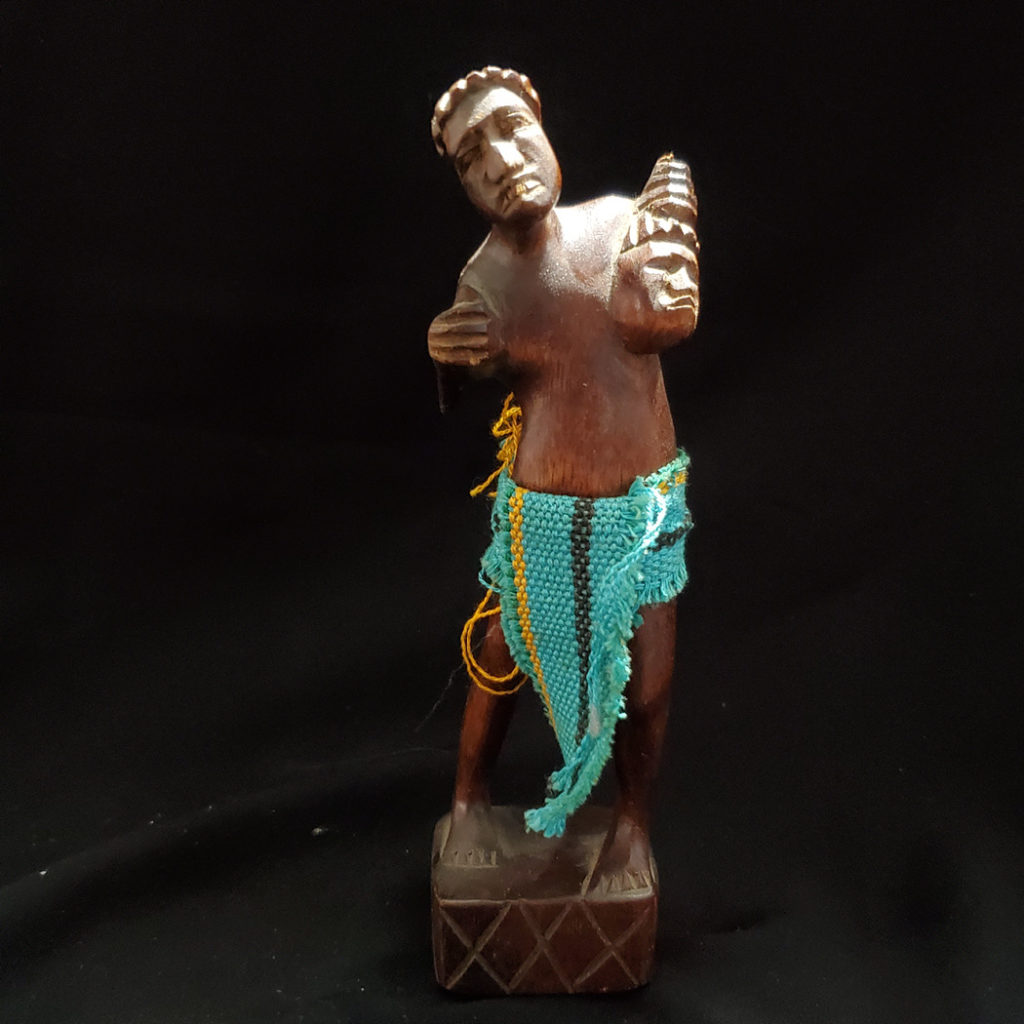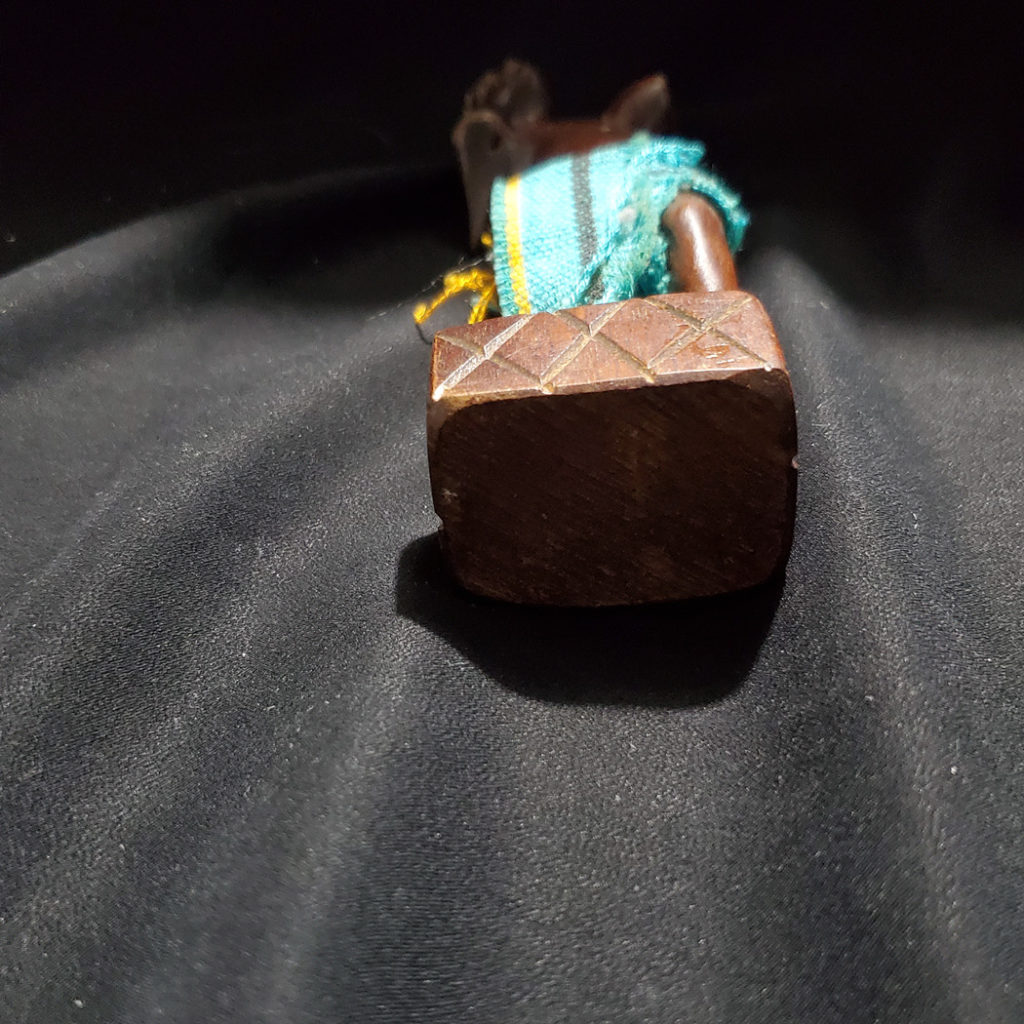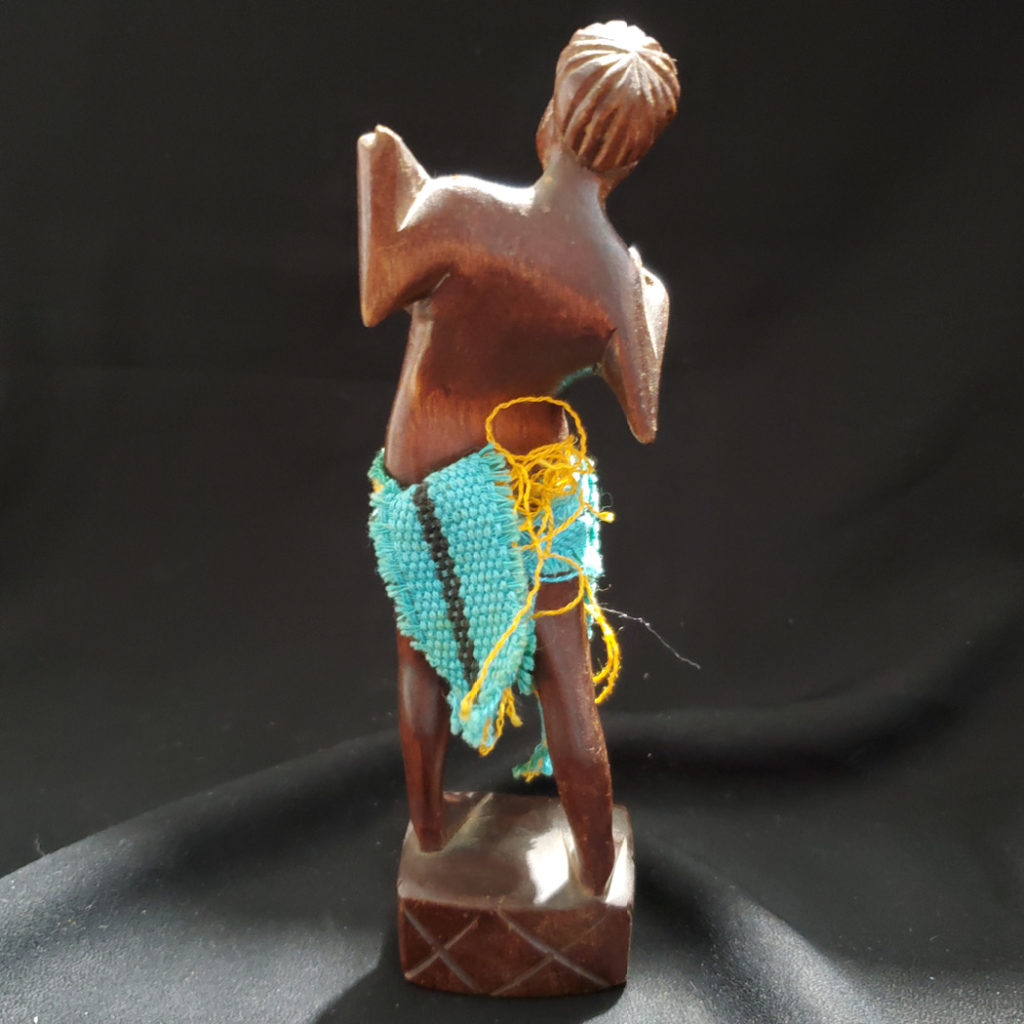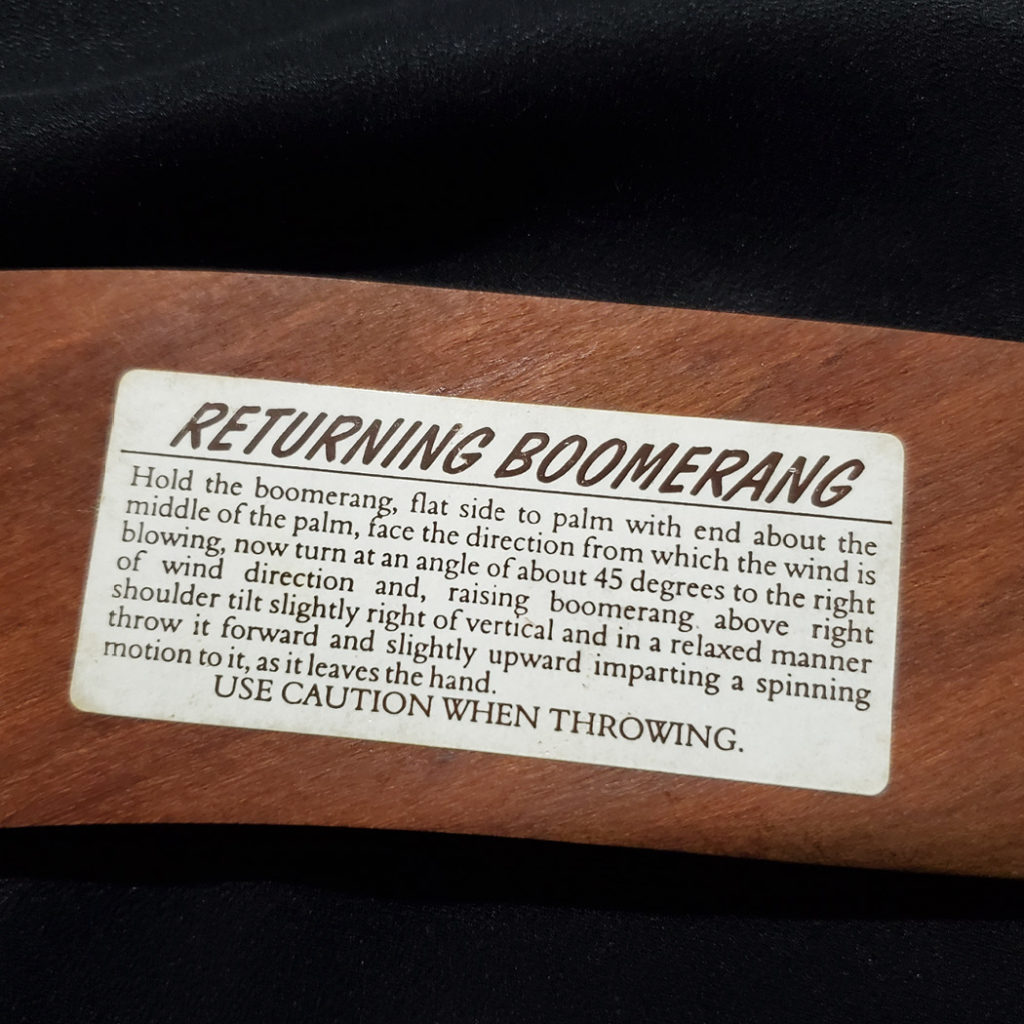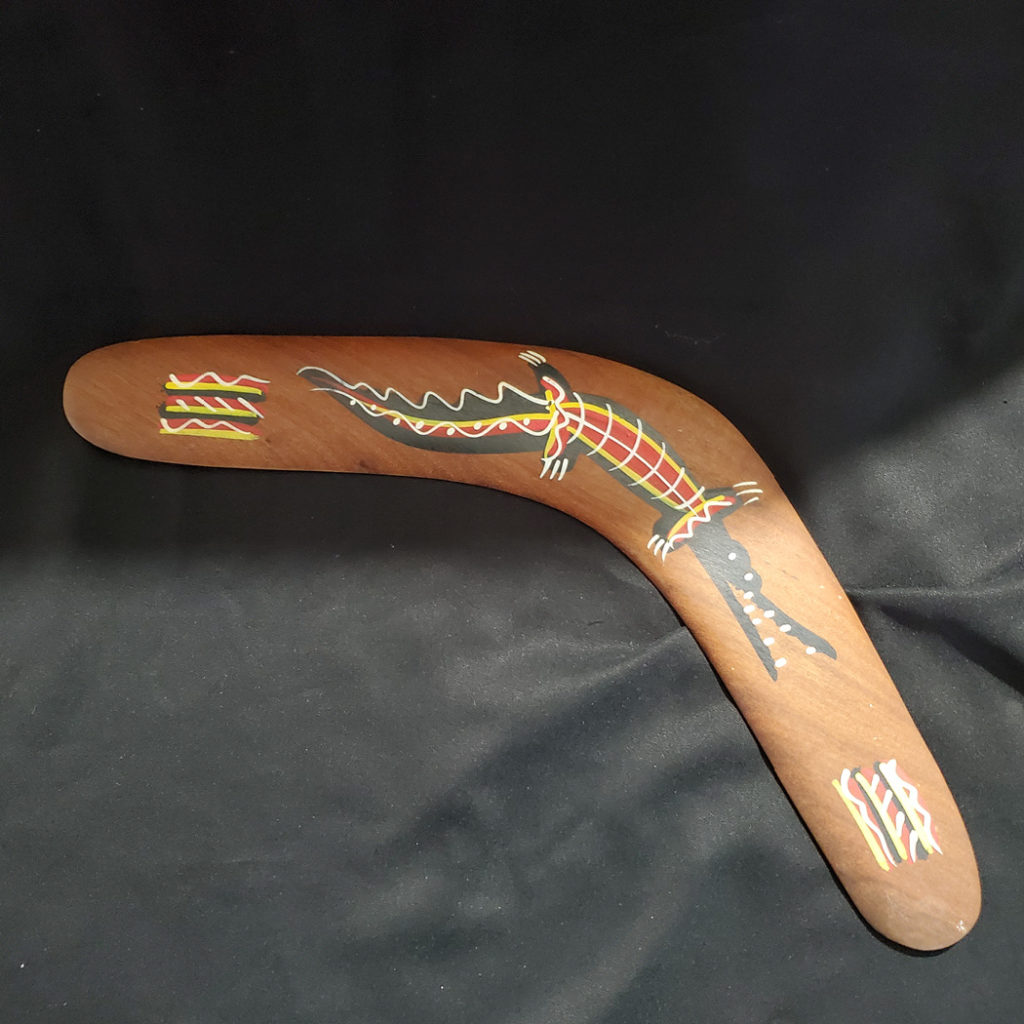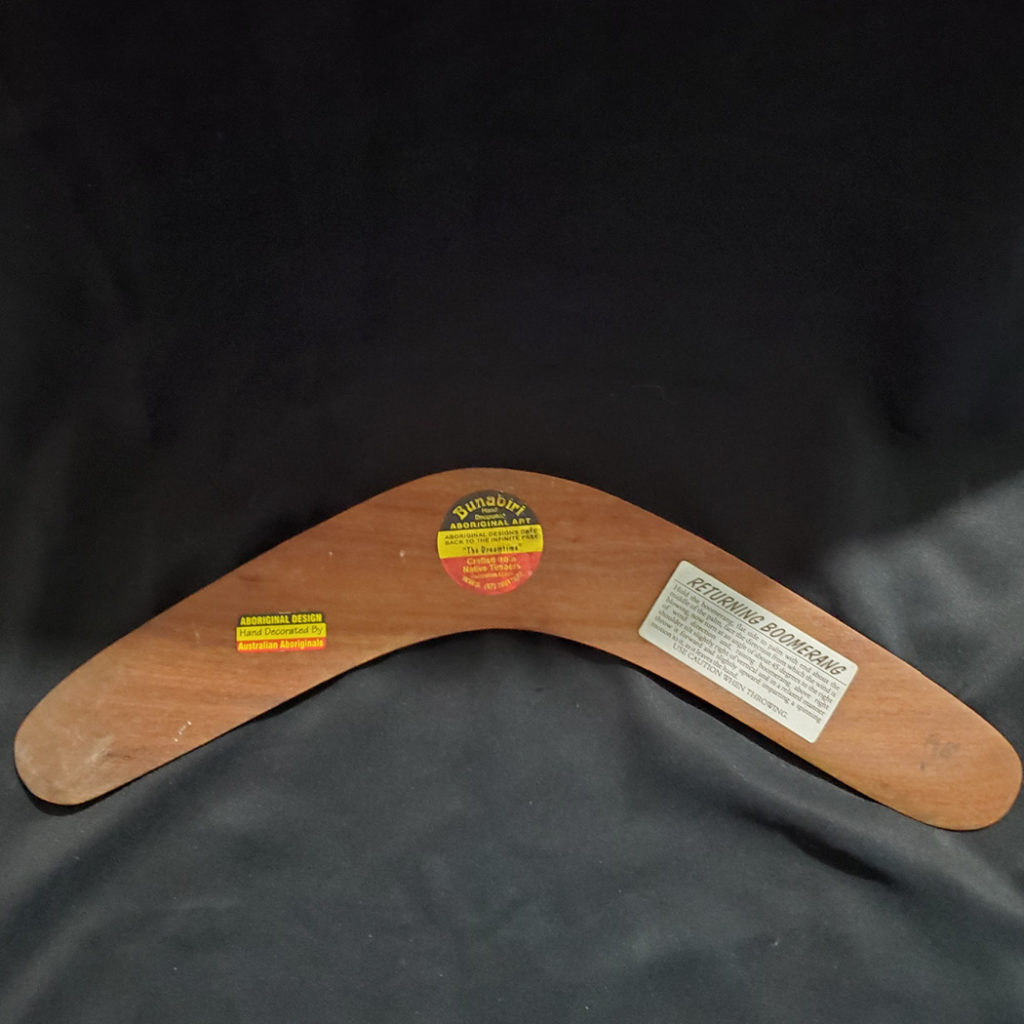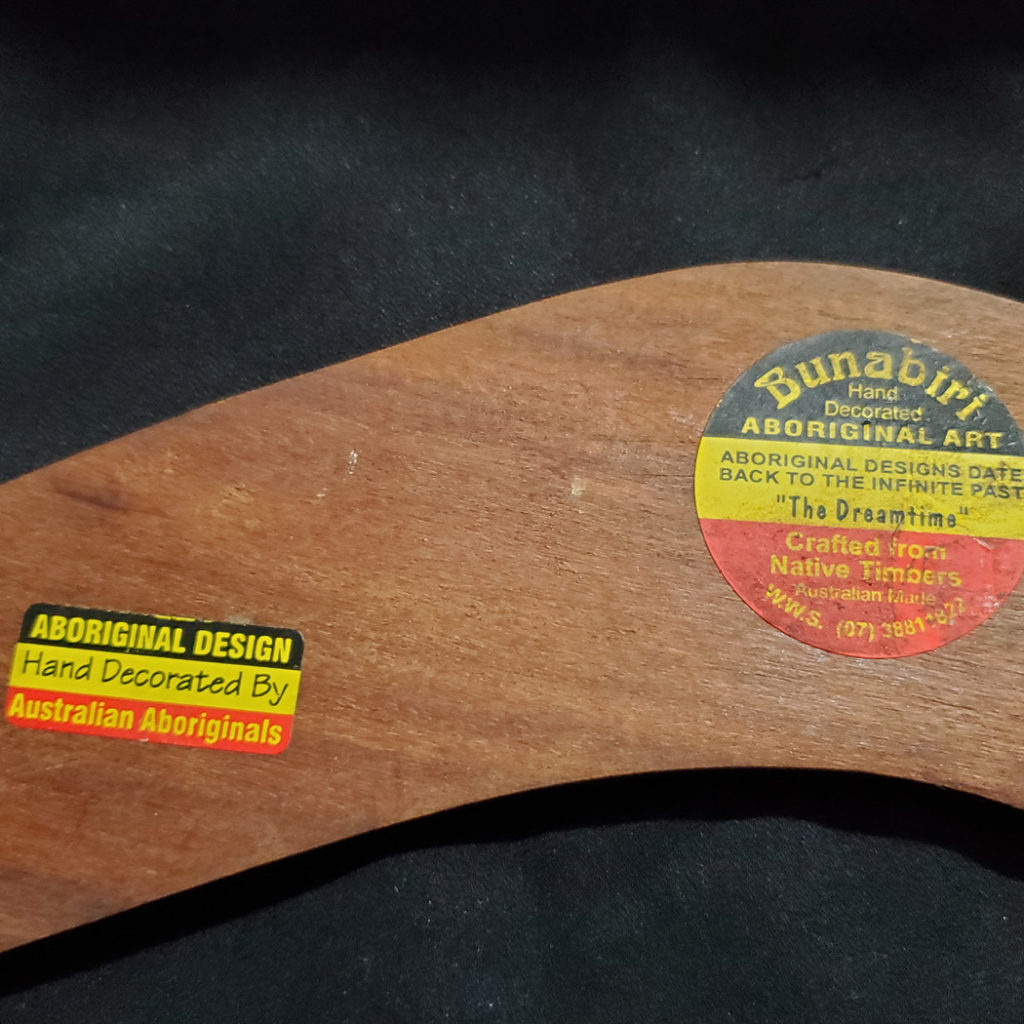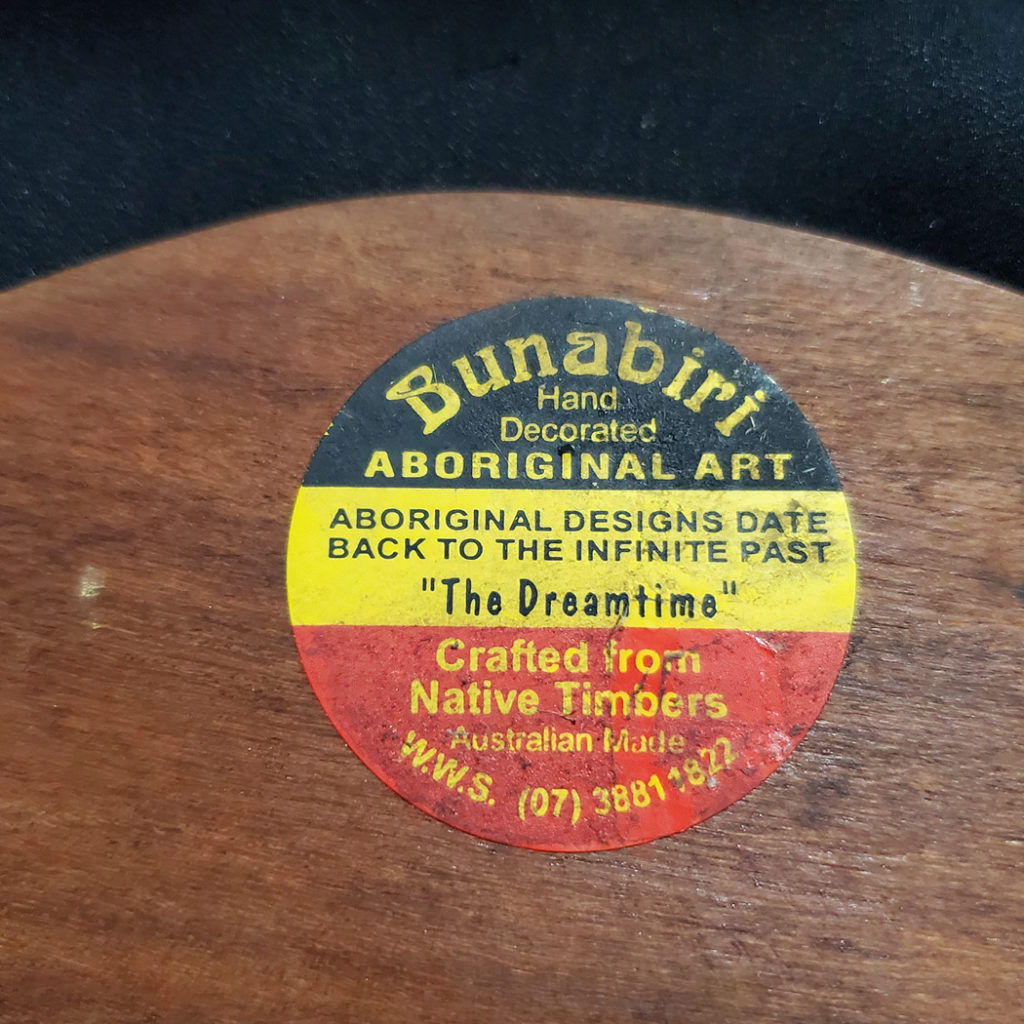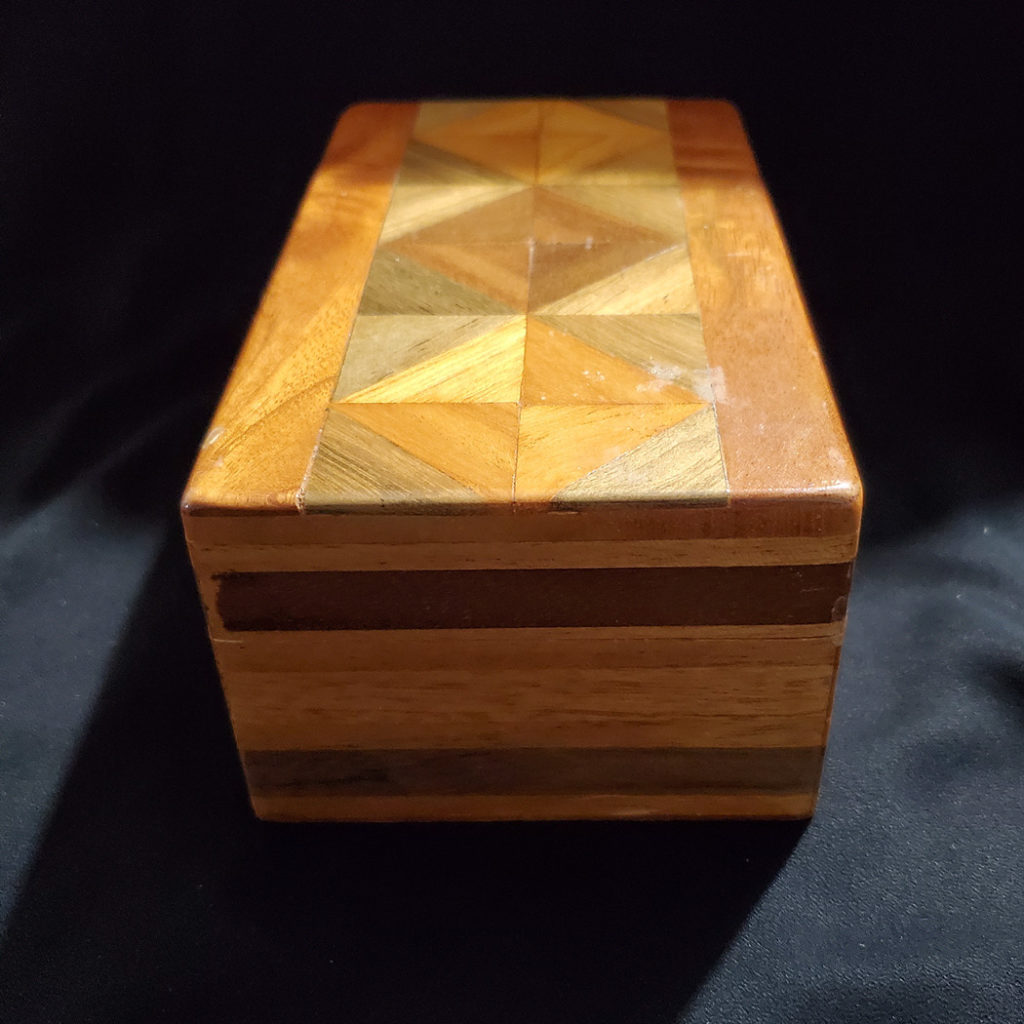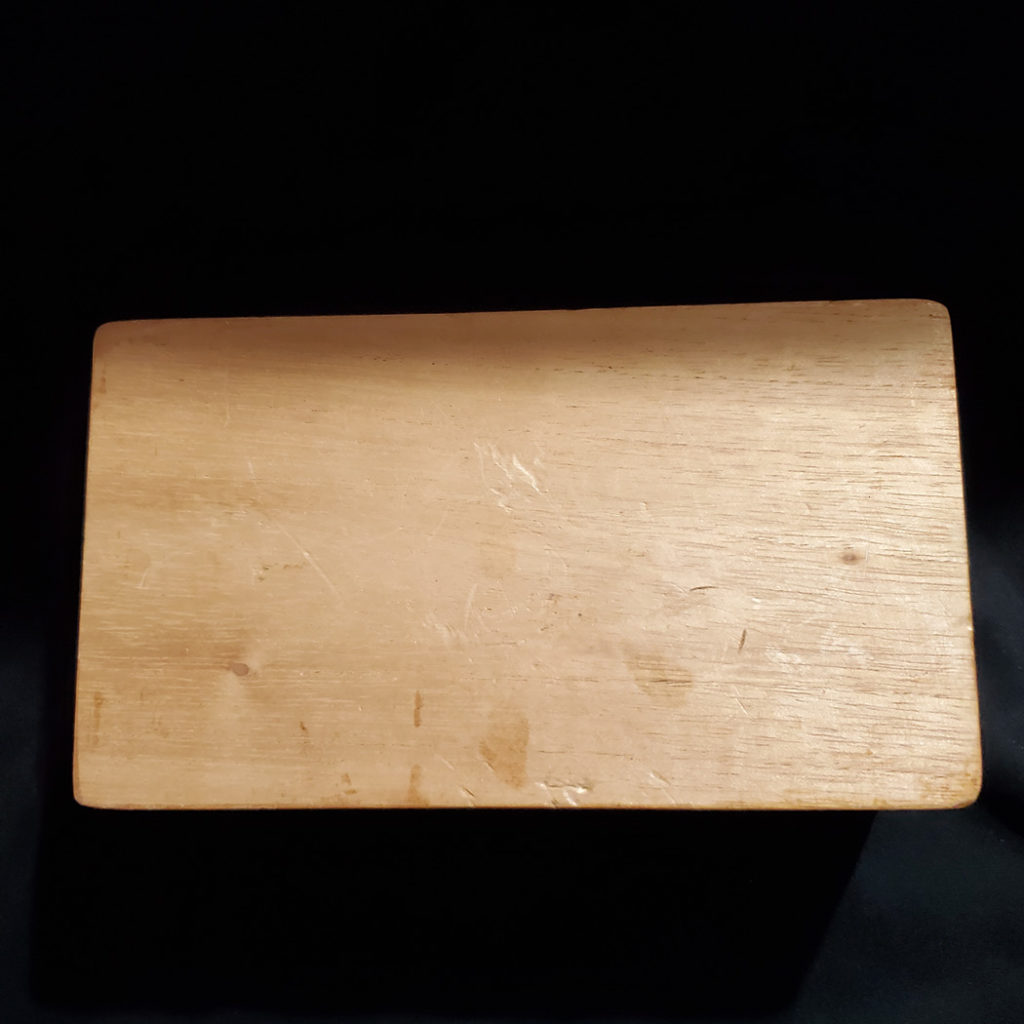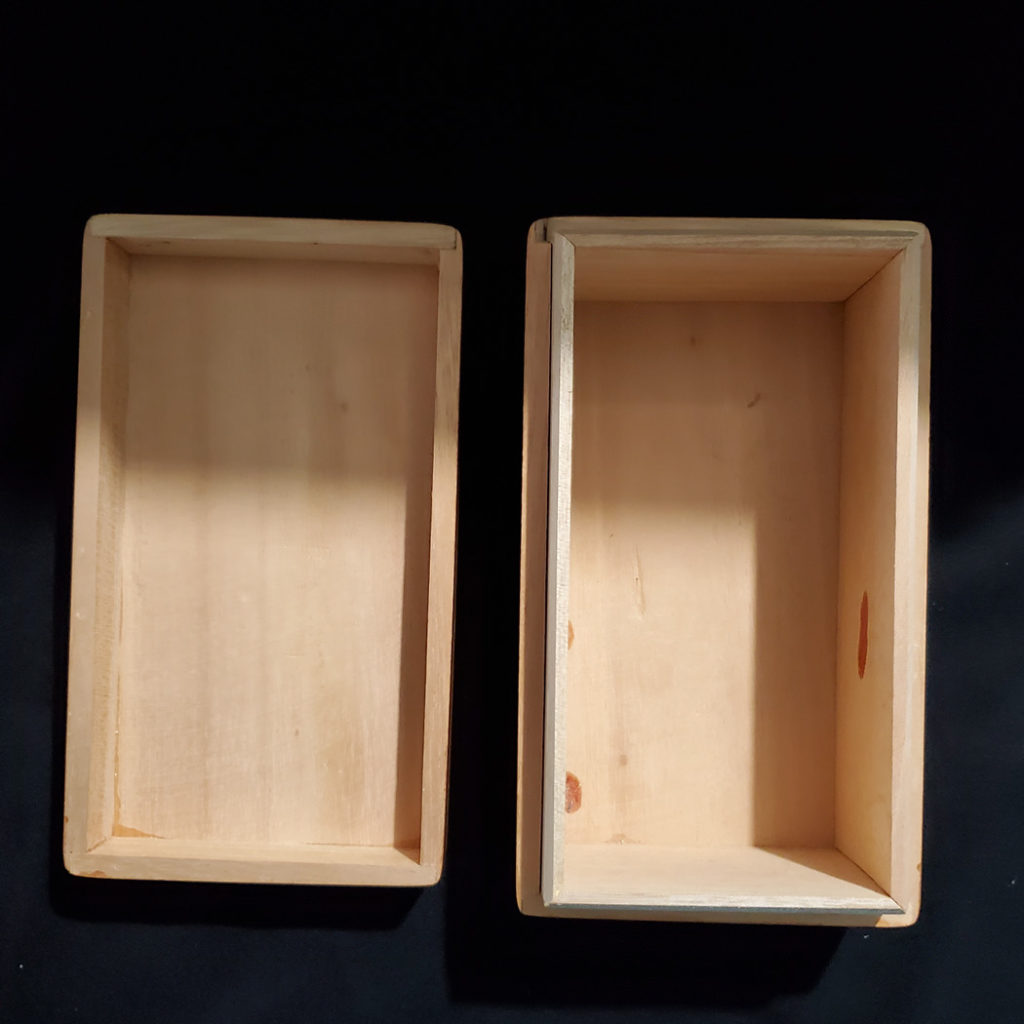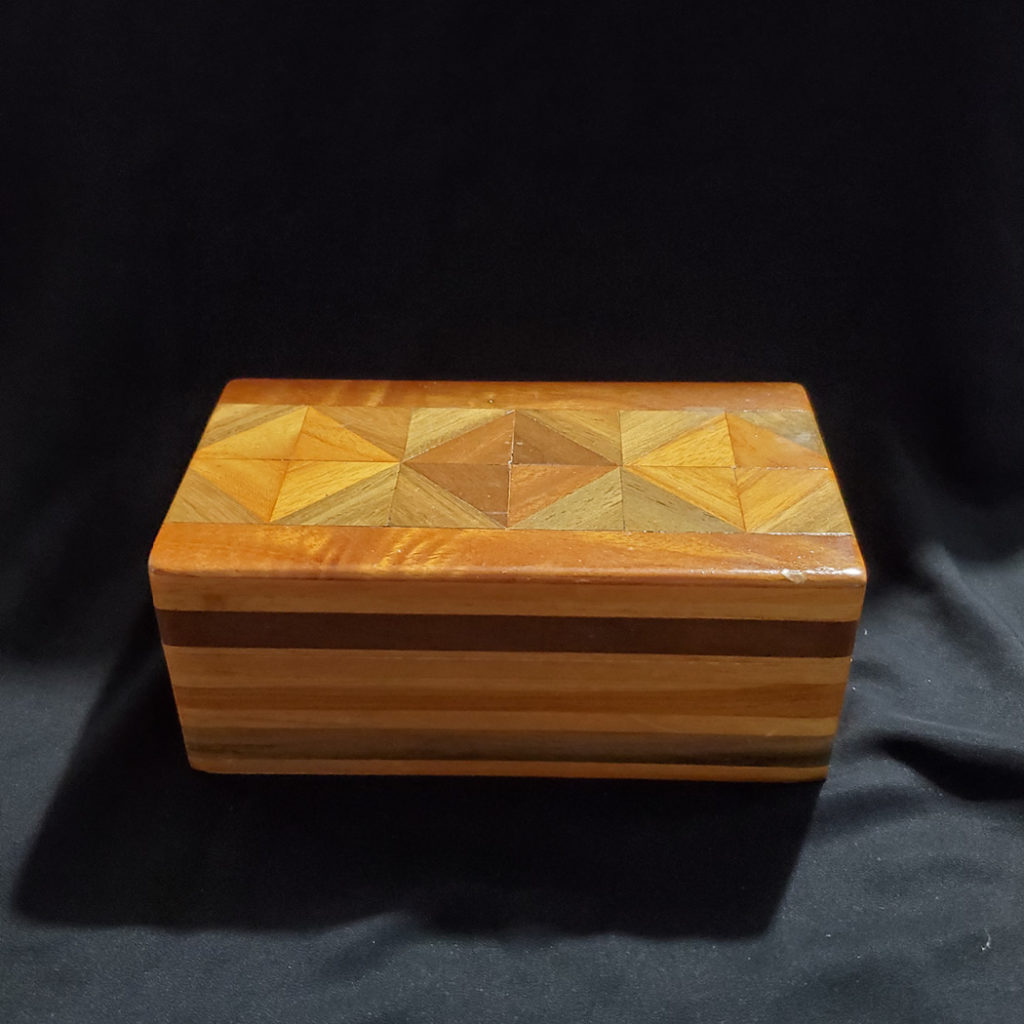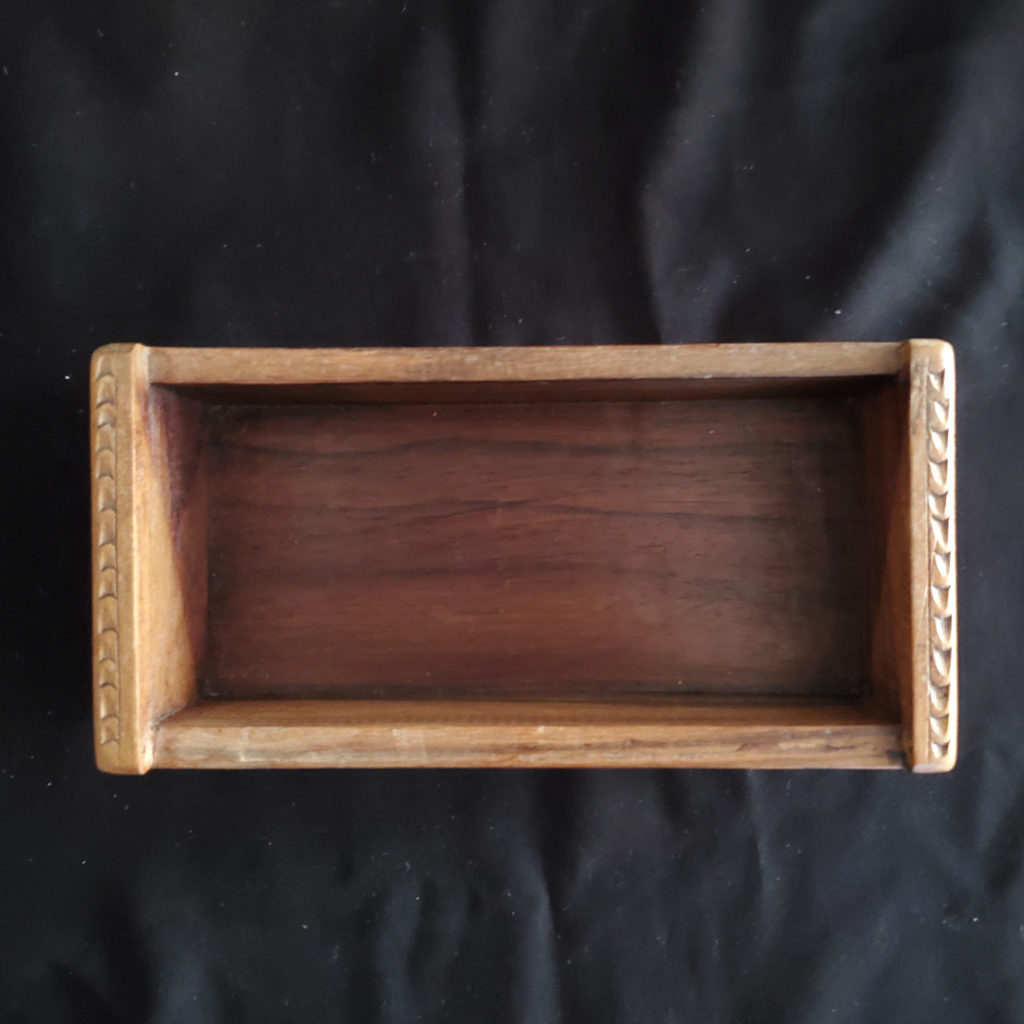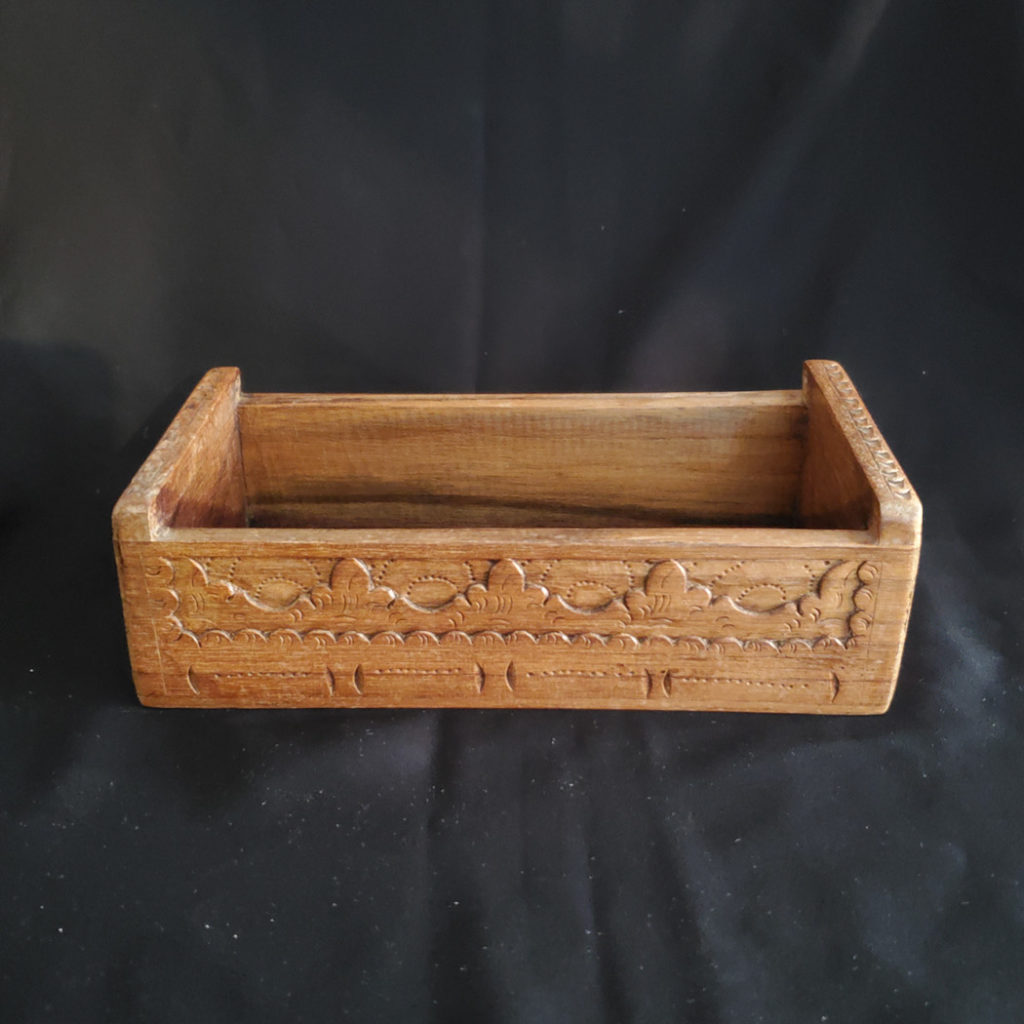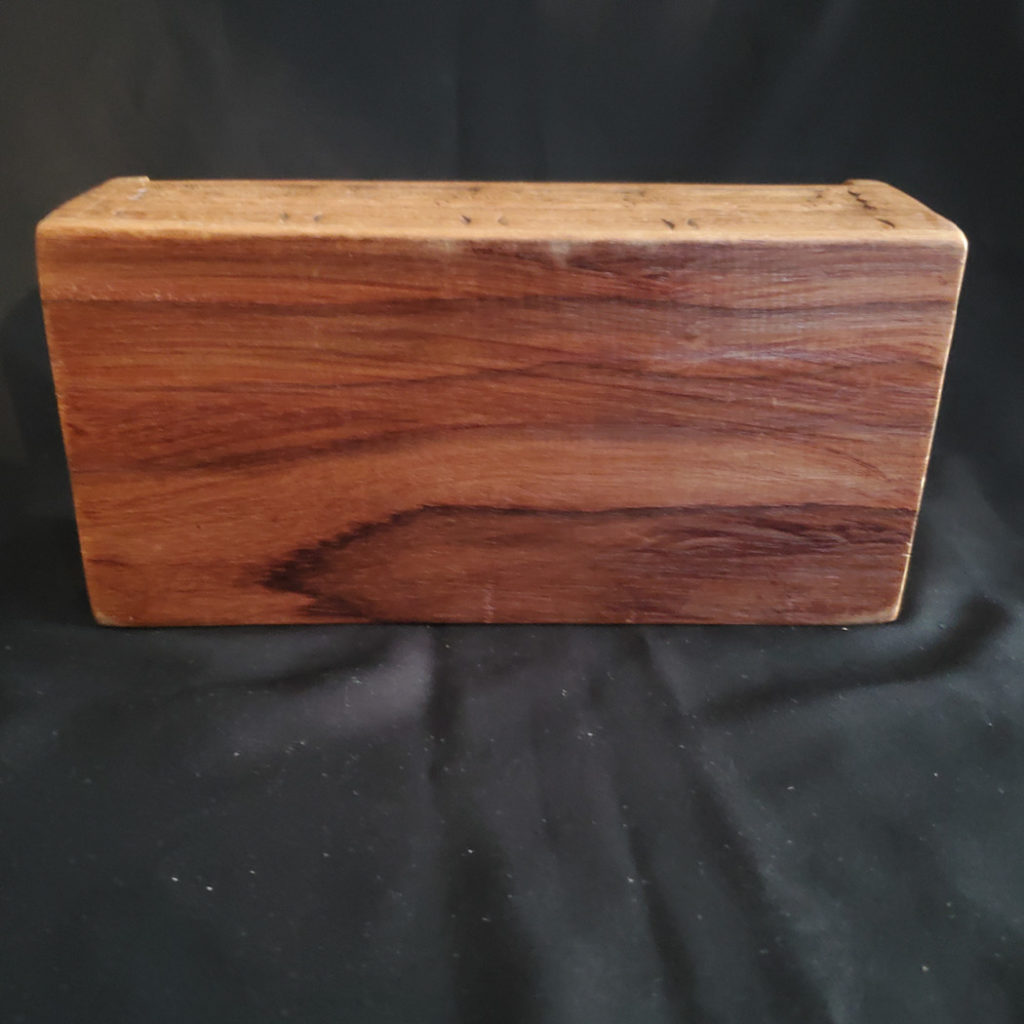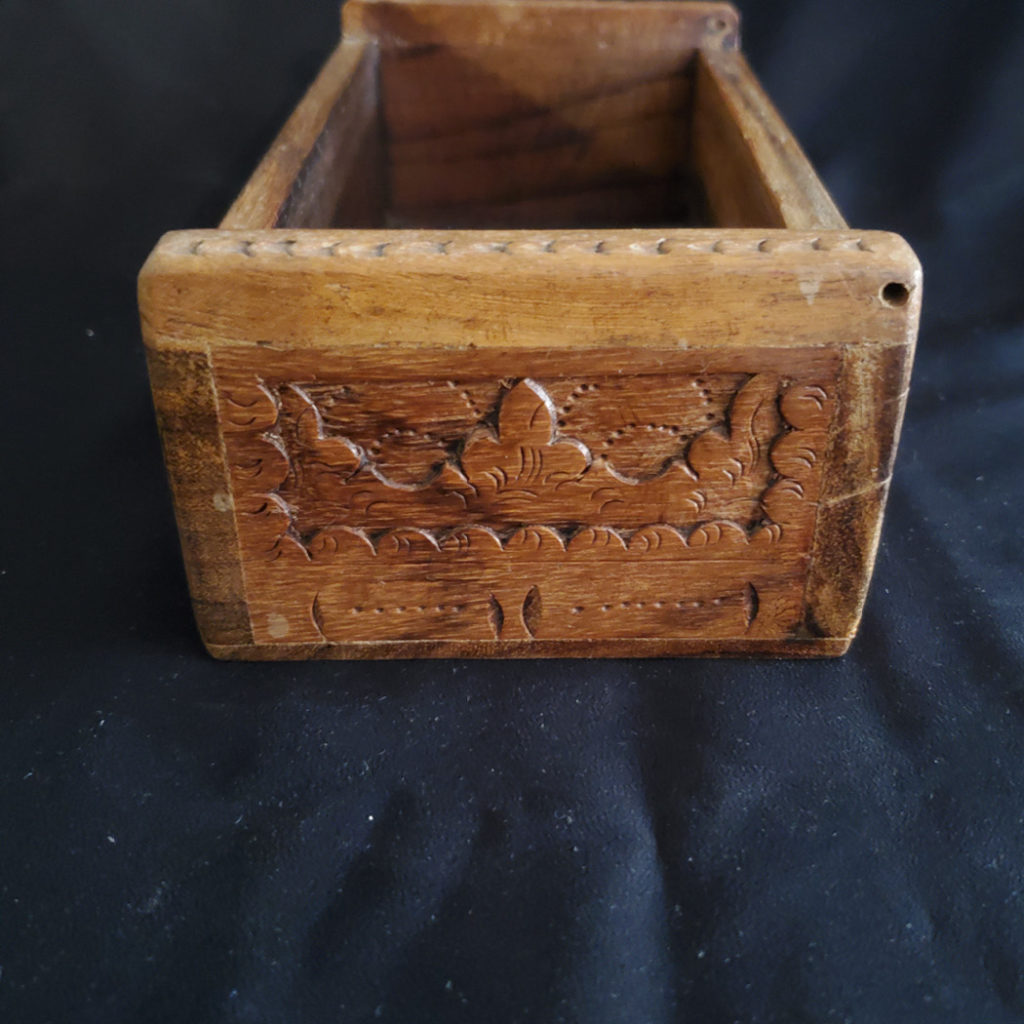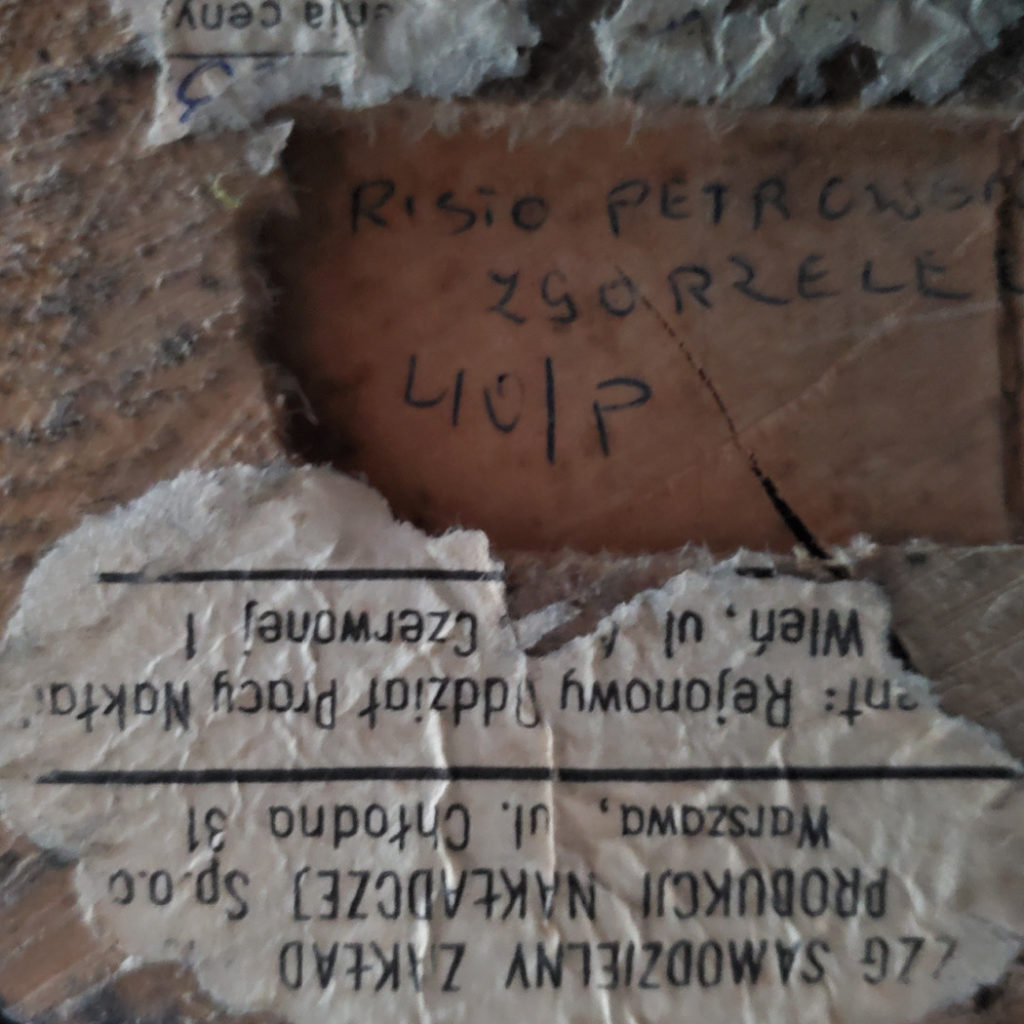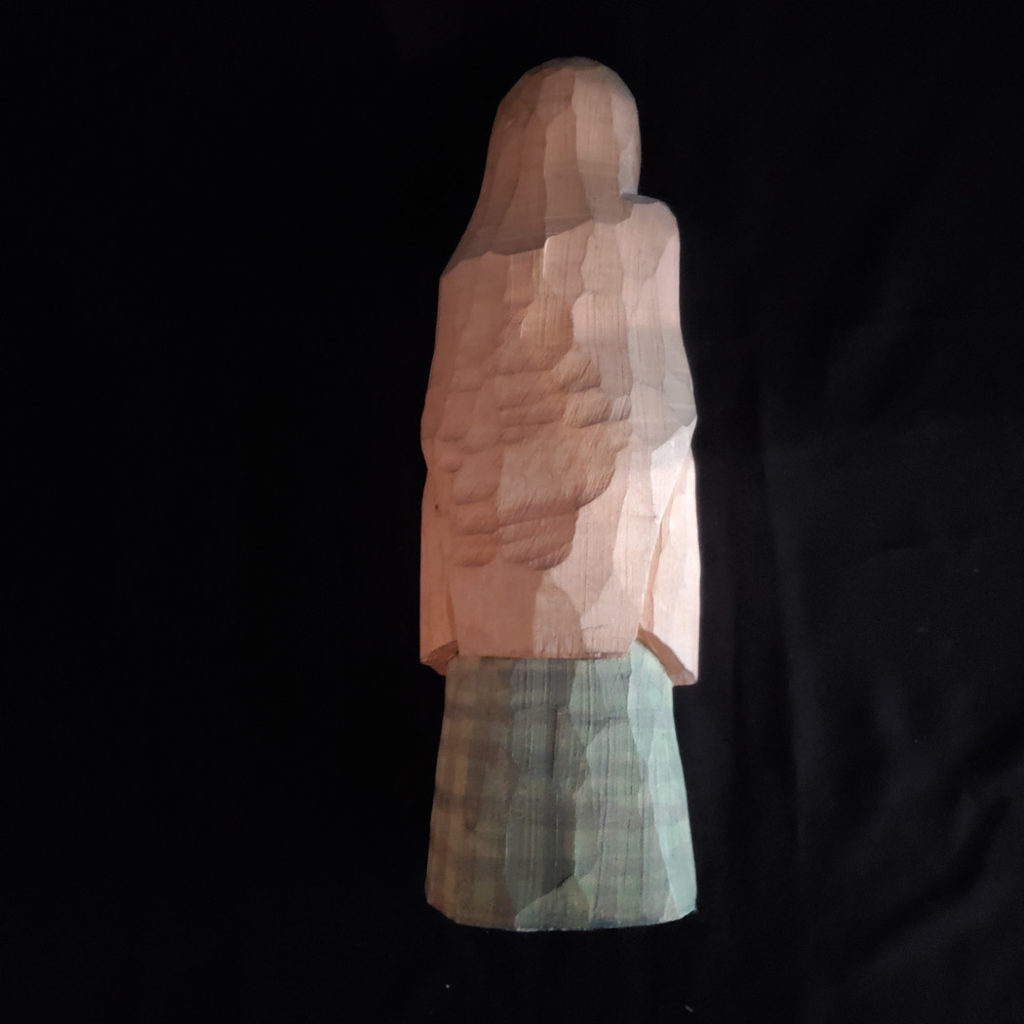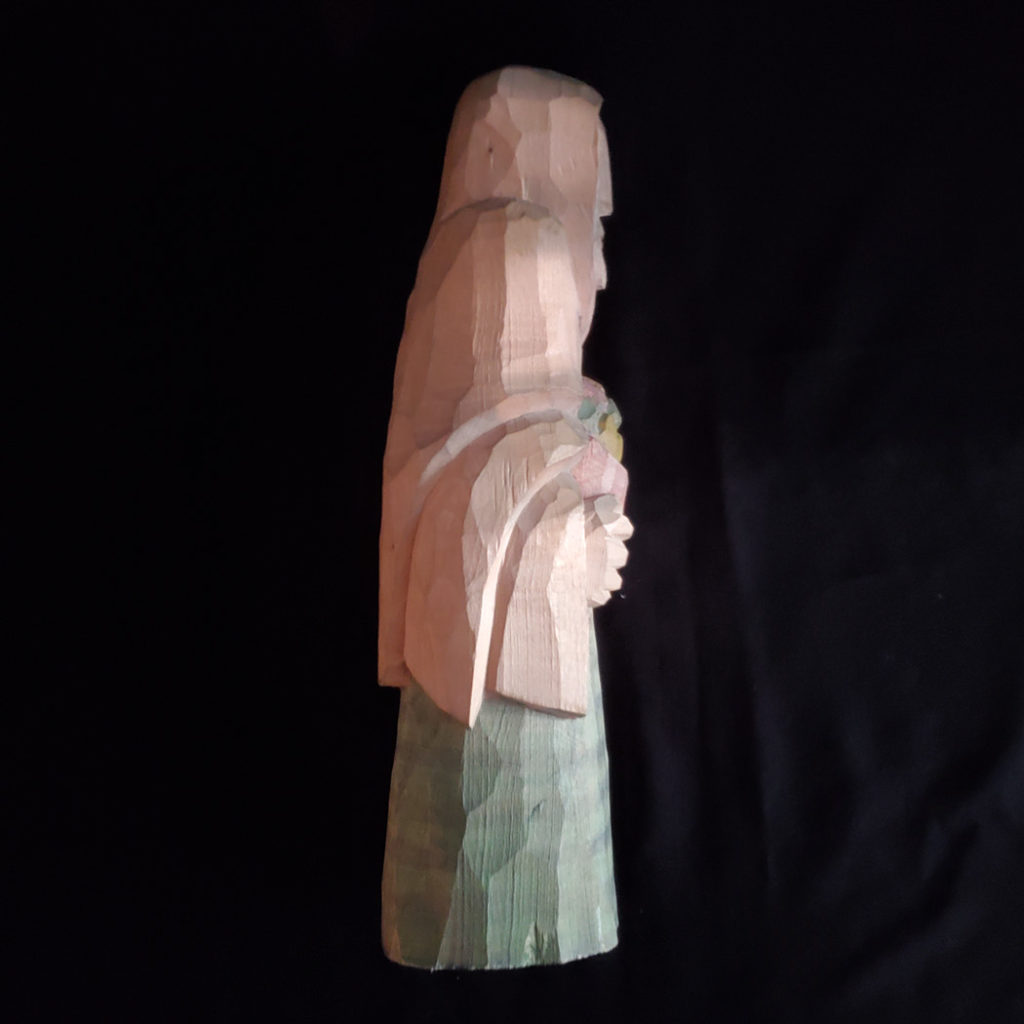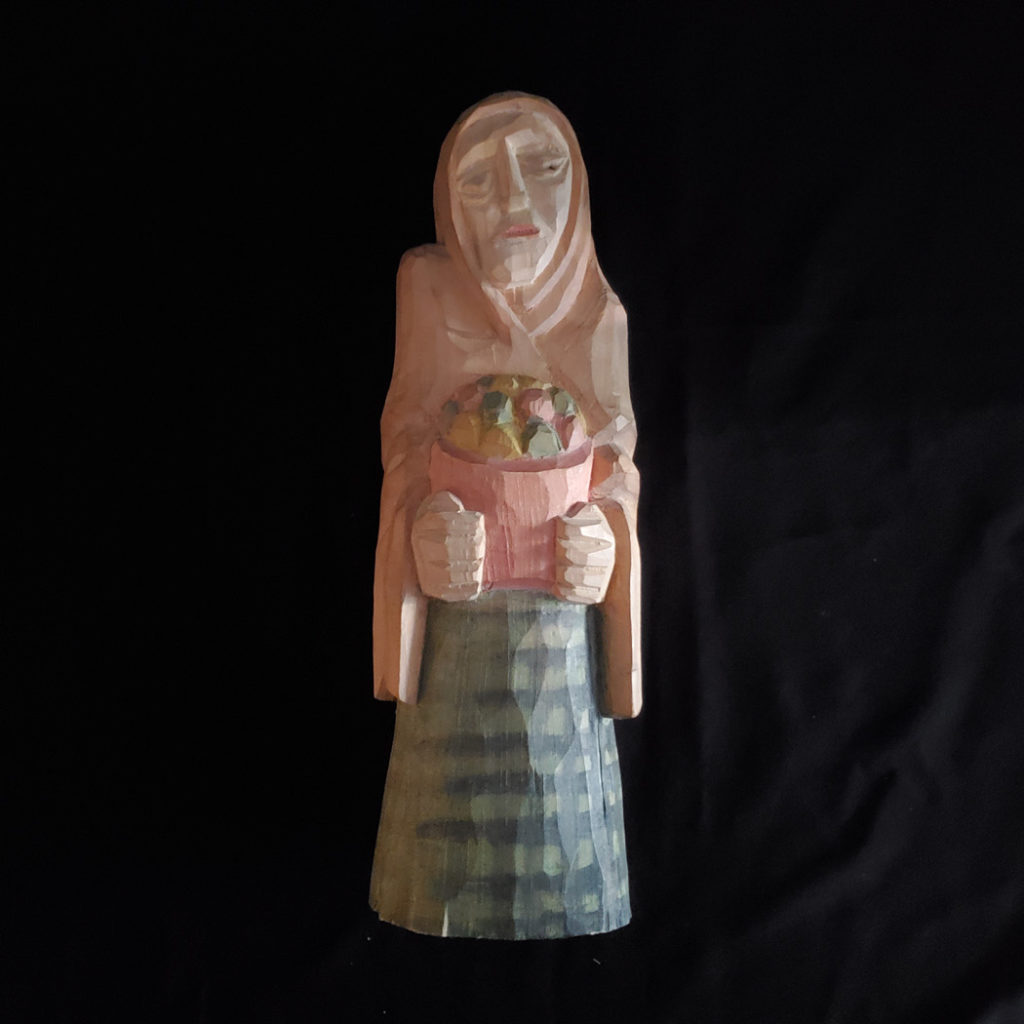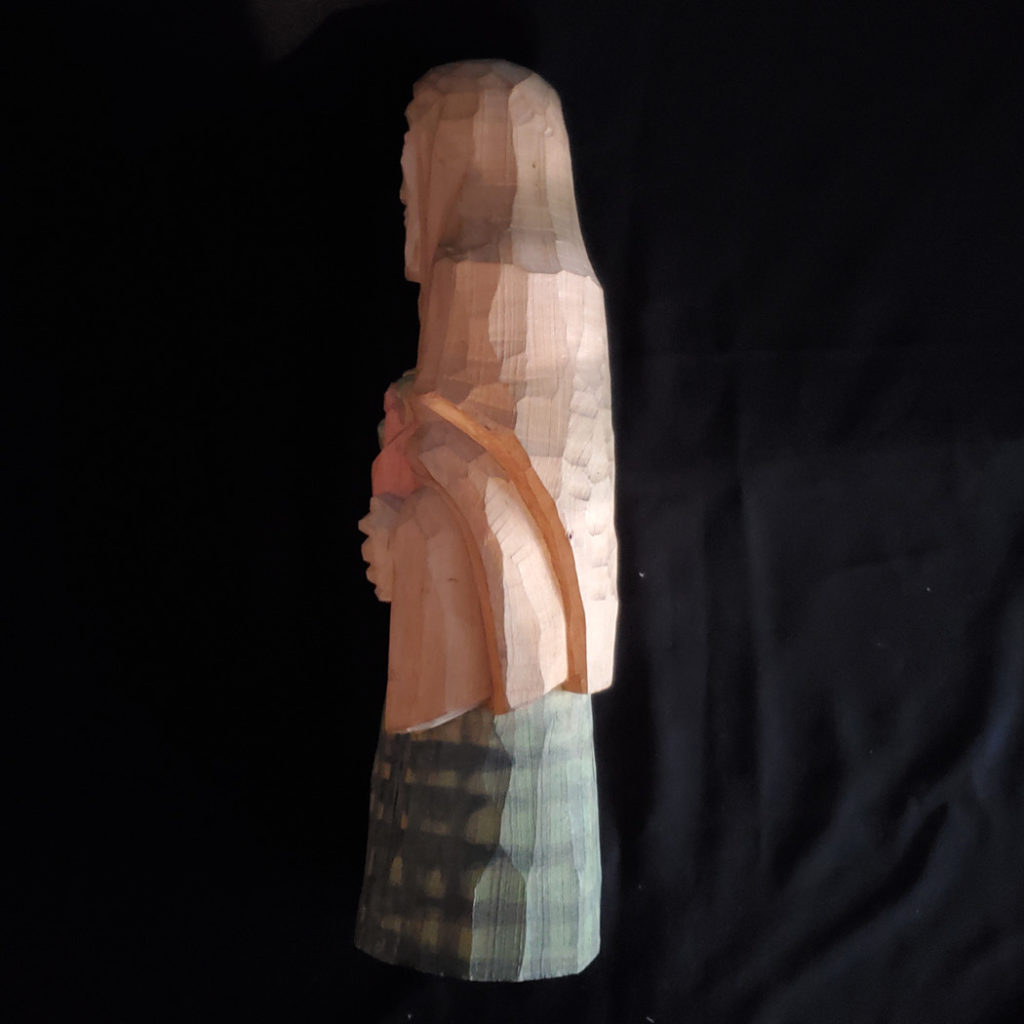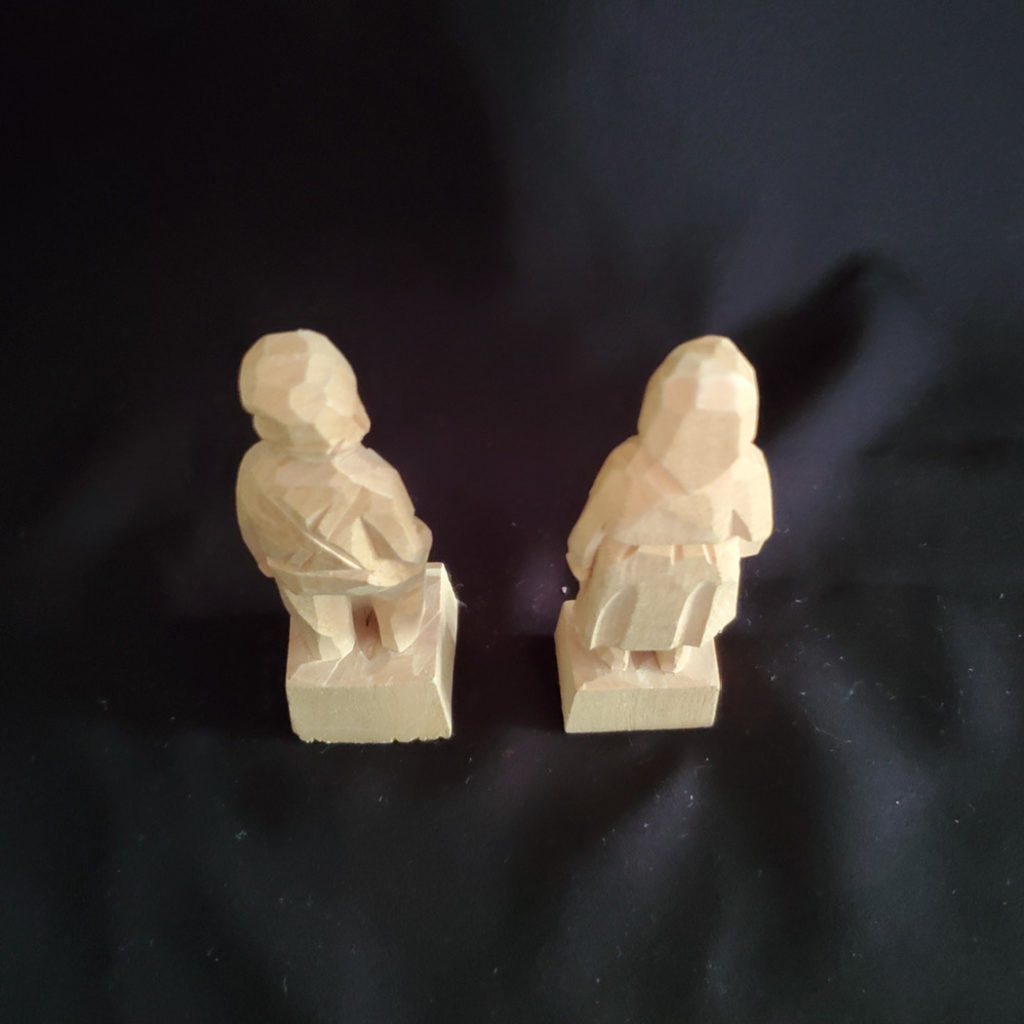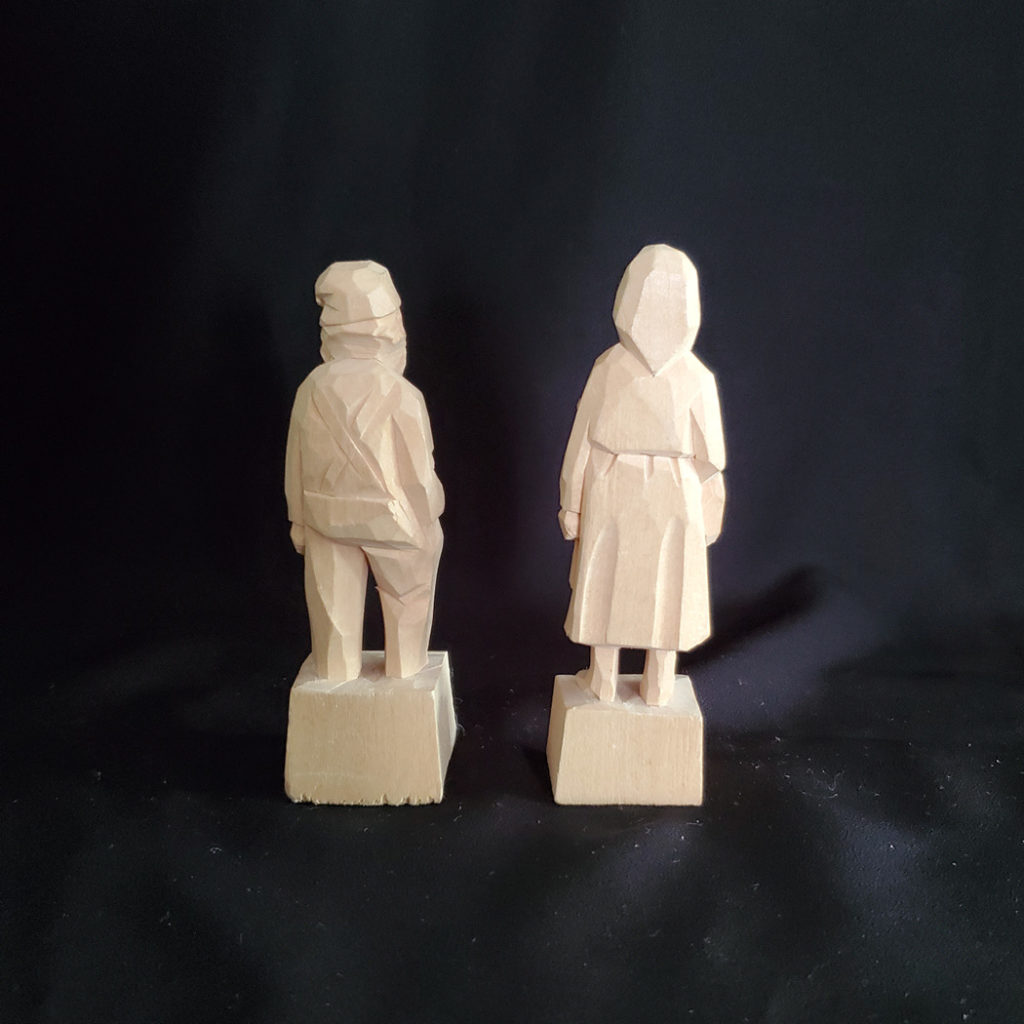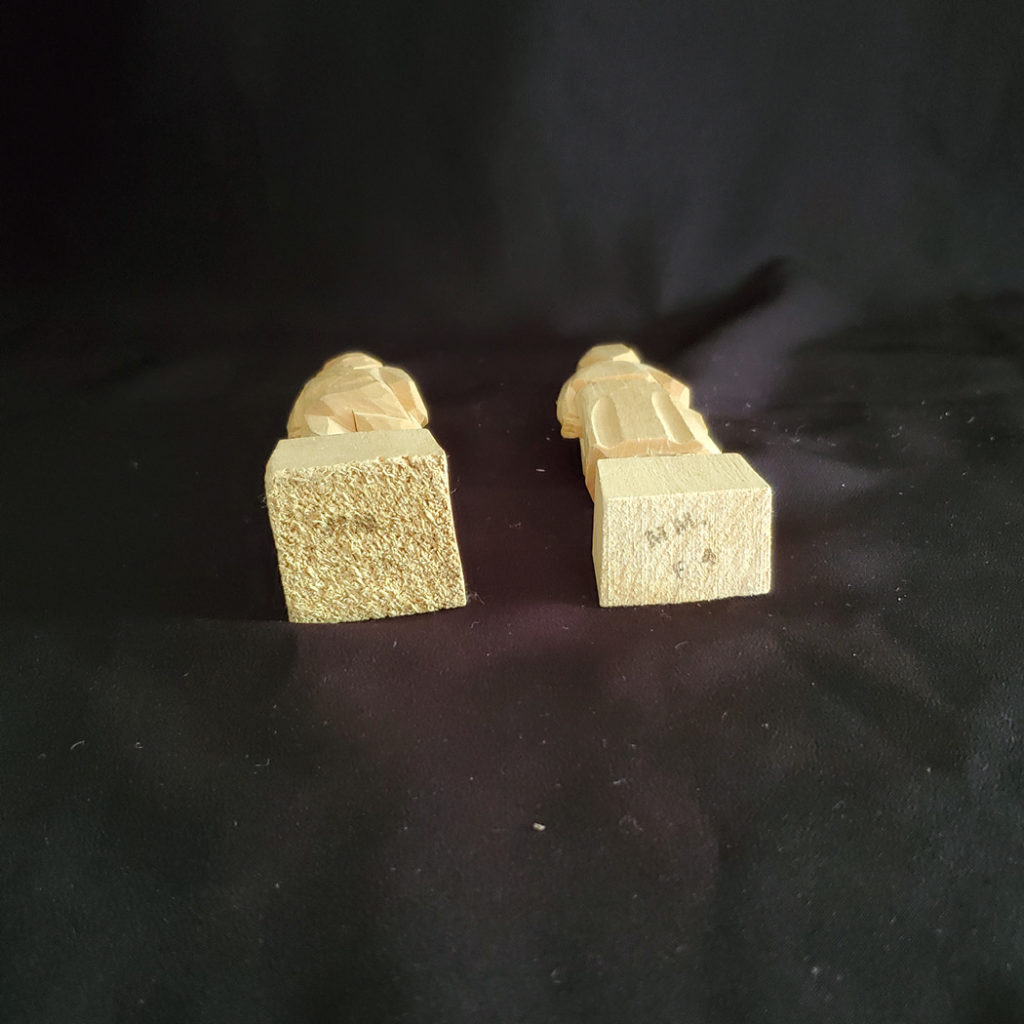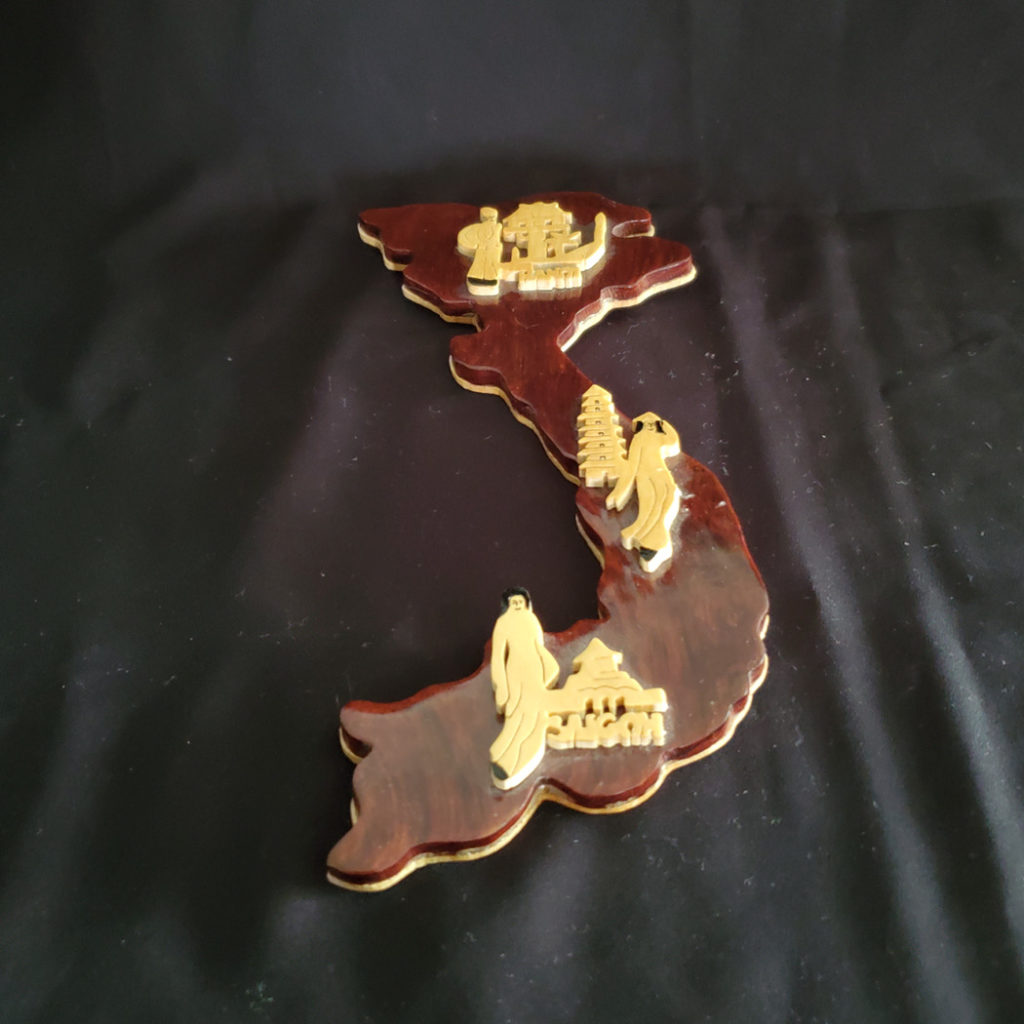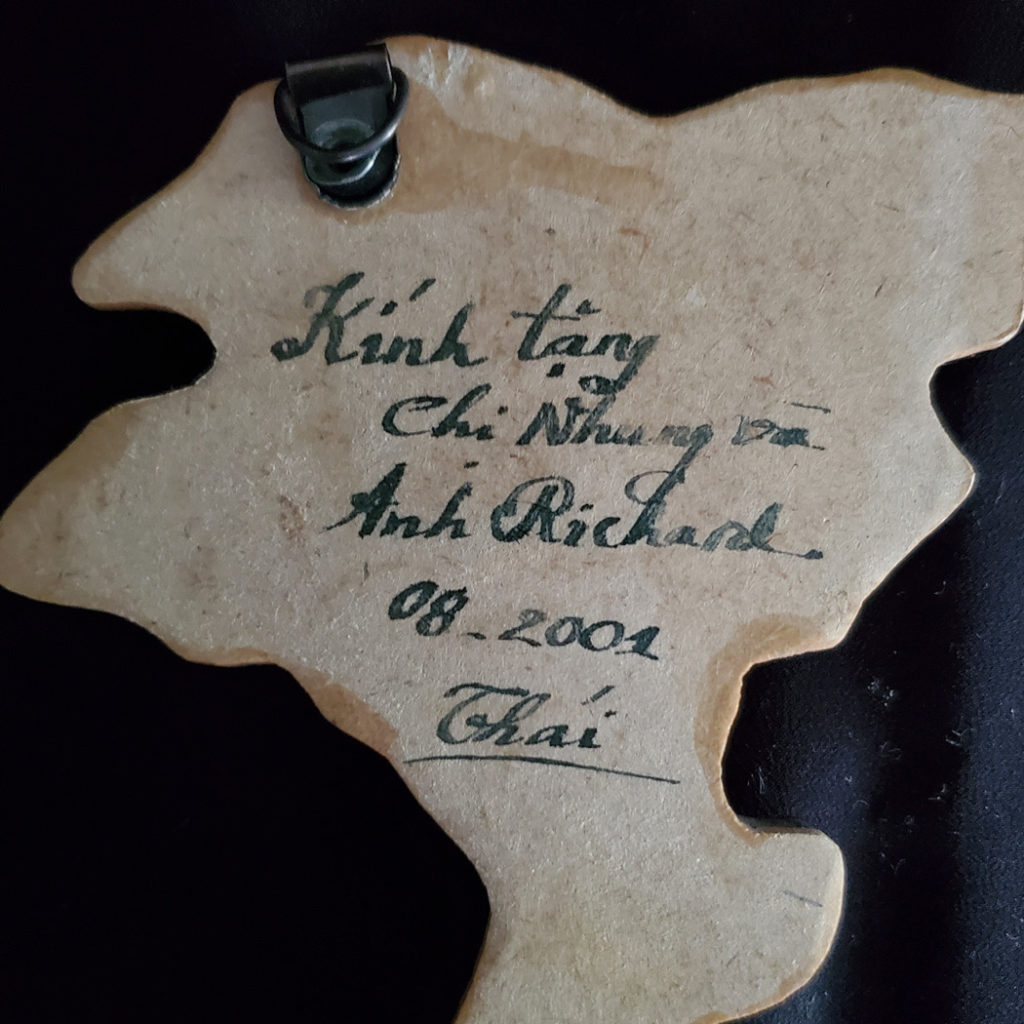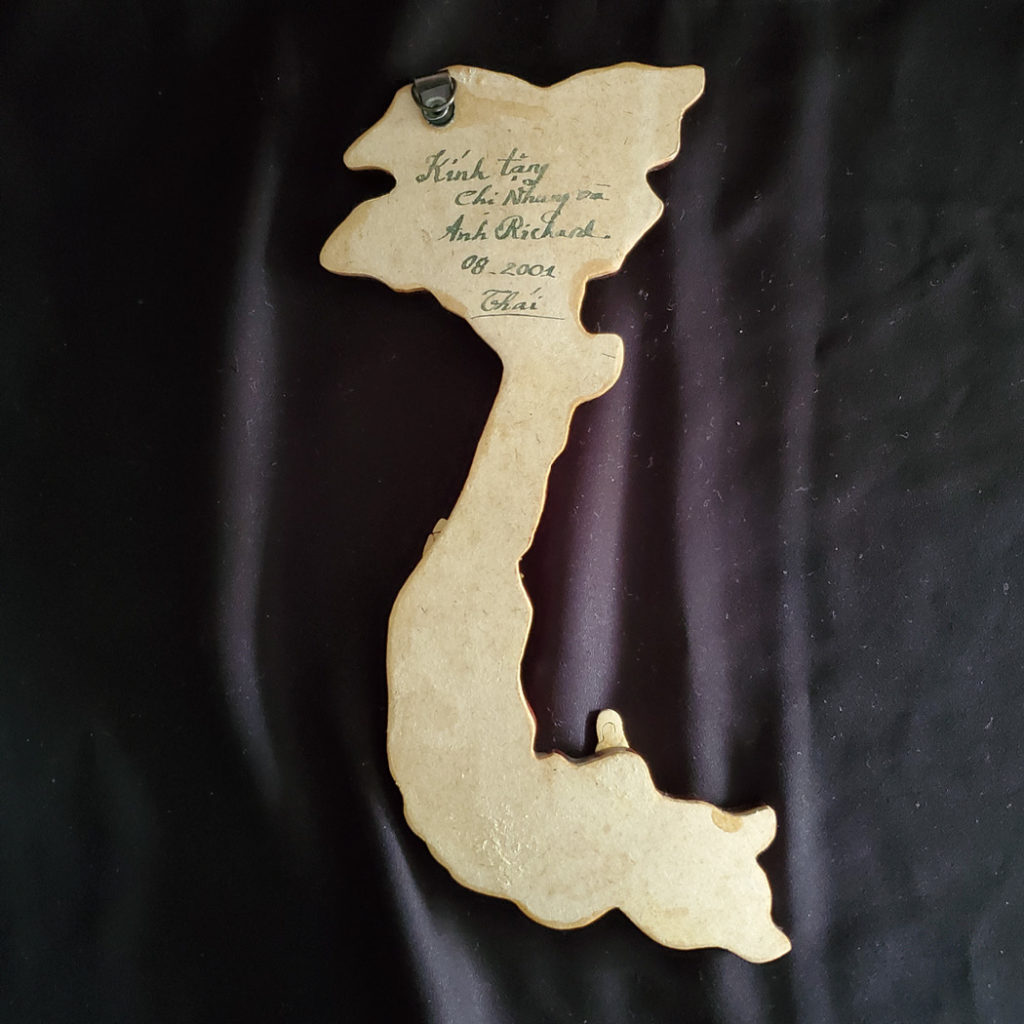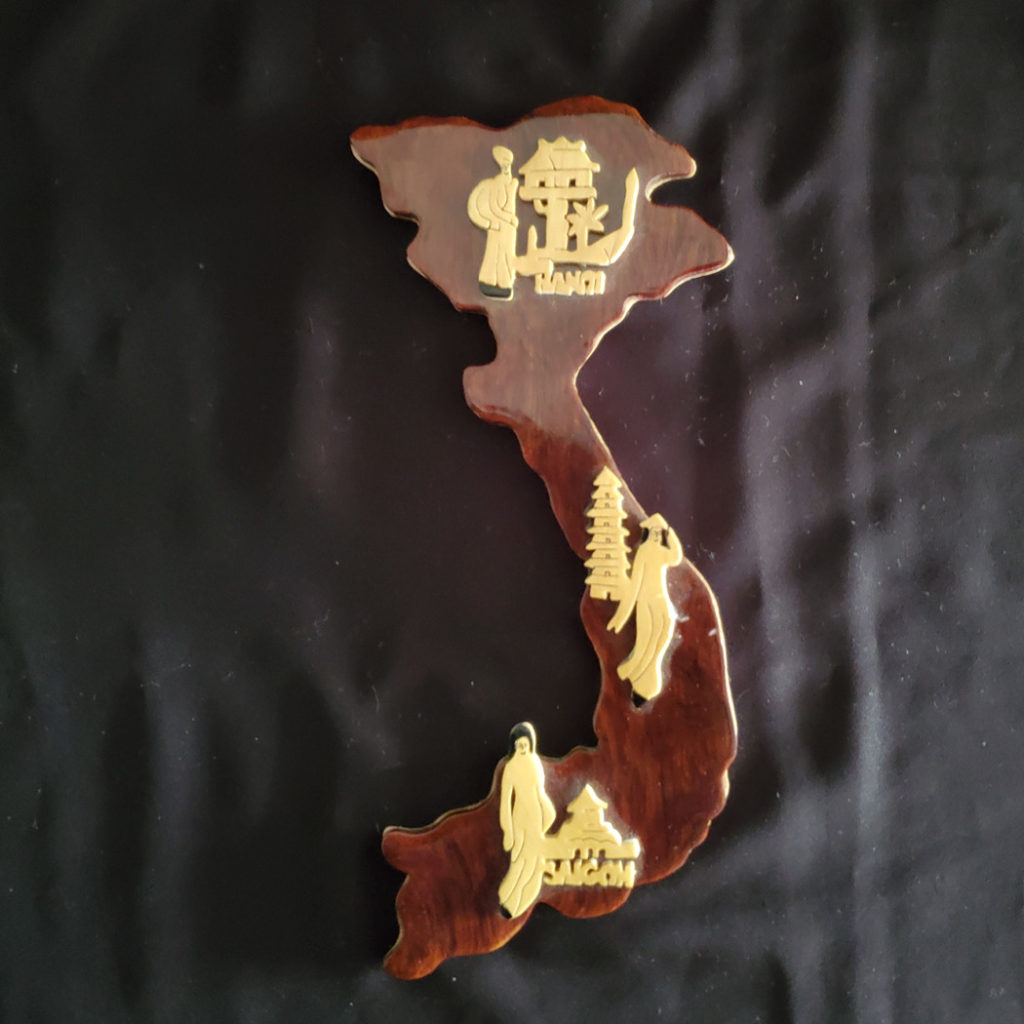#1220 This carving has wonderful detail. I think it is made out of mahogany. I am not sure where it is from although I think it could be European. It is obviously old but I cannot determine how old. As with other things, I would appreciate hearing from anyone who knows anything they can share about this. It is 24 cm across.
#1531 Very attractive colourful wood tray. The technique is called Rayado meaning scratched and there is a texture as well as colour to these designs. The art form grew out of pre-Hispanic Indigenous traditional techniques and expanded through the colonial period to today. Carlos Espejel really started to promote this art form in the 1970s and during that decade it became quite popular in Canada and the United States. This is a particularly beautiful and detailed example.
Olinalá is a remote village where most of the people are involved in this work. These artists are mostly poor and the work is not signed. The pigments usually are all natural such as tescortle for ochre, toctel for green. All layers of lacquer, whether it covers the piece completely or not must be applied separately, dried and then burnished to fix. Two colors cannot be applied at the same time close to each other because of the risk of smudging.
For decorative elements, sometimes an inlay technique is used, hollowing a slight depression to be filed by the colored lacquer. The burnishing for both affixing and polishing makes the process labor-intensive. The shining is usually done with the palm of the hand for a finer result. The entire process of applying the lacquer on a small piece can take at least twenty days and after final polishing the piece by dry for months. This tray measures 24 cm across.
#1419 I have spent some time trying to identify this sculpture more specifically, without success. It bears some similarities with Polish folk carvings and the moustache the man wears is depicted in Polish carvings. I found clothing in several East European countries that look like this including Romanian winter shepherd cloaks and hats. You can see how the carver is depicting the messy wool of a thick cloak. I wondered about Central Asia but did not find any tradition of carving like this.
#1499 This piece is from the early 1900s and has been refinished. It measures 82 width 77 height 44 depth in cm.
#1537 This jam cupboard is very attractive and rustic. It has minor faults as expected of these primitive pieces. It measures 148 x 84 x 30 cm.
#1001 Likely from El Salvador, this folk art bowl is whimsical and cheery with a bright eye-catching and traditional blue rim. It measures 13 x 30 cm.
#1117 Two bowls with fish motif in bright central American colours. These bowls could be from El Salvador or Costa Rica. There is minor damage on the edge of the rim. I have reduced the price accordingly. They can be touched up easily given that this is in a solid area of the paint. They are 18 x 6 cm.
#1515 This is an extremely old Butternut Dresser I was going to refinish with old hand made joints and hand planed bottoms of the drawers. The piece looks to me to be before 1850 given the sized of boards, style of finishing, the way it was made, and the wonderful old square nails. It is a project though as it is missing a back foot. I used it propped up and you cannot see it. dimensions 46 cm deep x 112 cm wide x 119.5 cm high. Butternut chests tend to be very expensive and this does not need all that much work but it is large and it needs a little woodwork that I cannot do here. I have priced it very low. A great project that will result in a valuable piece.
#1514 This is a very old whiskey box that once was painted and been refinished. It has a lid which is unusual and is marked Emerald. It has wonderful dowel joints The bottom is weak so would need a second bottom attached over it which is a simple addition if you want to put heavy things in it. It is about the size of a footstool and you can sit on it. 33 x 30 x 43 cm.
#1504 This antique footstool is a bit delicate to sit on. It is 30 cm deep, 38 cm wide, and 37 cm high. It looks like it has been re-covered but that was a long time ago and it has not been used since so it looks perfect.
#1516 The reason for pricing this low is that the wood on the top shrank a bit and there are gaps on one side between the boards. With this repair it will truly be a magnificent piece. It comes from Quebec and I believe it to be very old. It is in storage right now so I do not have exact measurements but it is about 100 cm in each direction without the leaf. I used it as a table in my library at one time.
#1550 Display cabinet with mirrors to display dolls or collectibles. The fronts are glass and the sides are clear plastic. The cabinet is completely modular each shelf is separate and stacked. It measures width 53 cm x depth 26.5 cm x height 108 cm.
#1116 This is a beautiful example of Chiang Mai lacquer art. The provenance of this piece is that it was given as a gift to a Canadian, Buzz Lang 26 years ago. Presumably a fine example was selected for this diplomatic gift on the part of the Notary staff of the Thai embassy.
The art of making lacquer originally came from China and evolved unique Thai designs and techniques. Lacquerware is produced in the northern province of Chiang Mai through a painstaking process that involves imbedding colored paint and gold into engraved patterns. Lacquer is used to decorate everything from figurines, toys, bowls, trays and boxes to architectural features such as window frames.
This is a rare full colour piece. I have not removed the tape attaching the note to the back but this is easy to do. It measures 20 cm across.
#1066 Wonderfully finished vintage ironwood, heavy duck decoy. 23 x 12 x11.5 cm
#1067 A vintage duck decoy. I have had this quite a few years. 23 x 12 x 11.5 cm
#1068 Rosemaling is a traditional art of decorating in Norway. This is a vintage bowl by Husfliden, Oslo. You can learn more about this tradition here. The bowl is 23.5 x 5 cm.
#1069 This toy is based on a animal character popular in the 1920s. It was the first animated character to bring audiences to silent films. He was also a well known comics character. The character came back to television in the 1950s starting in 1953. This toy would be a great gift for movie buffs of the silent film era or collectors of antique toys or comics. It has appeared in movies in the modern era and has a bit of a cult following. Felix is ranked at #28 on TV Guide’s “50 Greatest Cartoon Characters of All Time” list. This is the grand old daddy of movie merchandizing before Disney! It is 29 x 13 x 6 cm.
#1070 Very old Art Deco dresser box. There is a split in the back but it is not noticeable from the top or front or hen the lid is on it. This split from shrinking wood has been there more then 30 years, which is as long as I have had it. It could be used as a jewelry or watch box, or as a dresser top box on an antique. It is 9.5 x 9.5 x 24 cm.
#1564 This is an unusual box in the shape of a round jar. It is 9 x 14 cm.
#1071 There are 5 coasters in a round box. Great patina on these dark wood coasters.
#1072 This is a vintage card box made in the Tatra mountains from linden wood. It includes the original cards and the explanation paper. The tradition of making wood crafts using wood burning and hammered brasswork in Poland is a long one. This particular box is interesting as it has two hinges one for the upper compartment with the cards and a lower one perhaps for betting chips or pads and paper. This box measures 15.5 x 11.5 x 7.5.
#1073 This salad set was bought in the late 1960s from Canada’s Four Corners in Ottawa. It was given as a gift and sent to England. It returned in the 1990s. It could have travel stickers on it! It measures 30 x 26 x 10 cm and the Utensils are 25 cm long.
#1303 Well carved vintage heavy wooden tray from India. Measures 25 x 38 x 4.5 cm.
#1121 I have not identified which part of African these panels come from. There were very old when I got them in the 1980s. What is remarkable about them is the amount of detail. They measure 18 x 41 cm and 31 x 30 cm.
#1122 These are believed to be mid century. I have had them since the early 80s and they were old then. They measure 16 x 12 cm each.
#1123 This is an arresting figure. Interesting African carving. Again I must apologize for being unable to determine where this is from. It measures 29 x 13 cm
#1134 I am not sure where this mask is from and it may not be African. I would welcome hearing from anyone who knows. I have had it for about 30 years. It measures 9 x 20 cm.
#1172 This carving may be the stuff of both nightmares and conversations. He might inspire you to get a head in life. Underneath that cloth he is also anatomically correct. I found these at several hundred dollars each. I will be more modest. He is 16 cm tall so maybe he won’t be too scary.
#1355 Authentic hand painted Aboriginal Returning Boomerang from Australia. It is a larger one at 36.5 x 13 x 7 cm. A returning boomerang is used for the sport of throwing or for catching animals. Aboriginal Australian people trapped birds by hanging nets between groups of trees. As a flock of birds flew over the nets, they would throw their boomerangs in such a way that they would hover over the birds like a bird of prey. The birds would swoop to miss the predator and get caught in the nets. Because of its wide arc of flight, the returning boomerang was never used in warfare.
#1356 I am not sure about the types of woods in this box. It is handcrafted. It measures 17.5 x 6.5 x 10 cm. It could hold pens, Jewelry or other items.
#1357 This box is a well made vintage box, I believe from India. It is an open box without a lid, although it had one at one time. It remains attractive and useful. It is 19.5 x 10 x 6.
#1358 This is a fine, signed example of Polish naïve folk art sculpture. This artist is a listed polish artist known for sculptures like this.
#1359 Two small well done, vintage Quebec wood carvings measuring 11 x 3 x 2.5 cm. It seems whatever was written on the bottom has rubbed off. Price is for the pair.
#1360 The wall plaque shows locations of Hanoi and Saigon. It is signed on the back and dated 2001.
Wood collectibles
Many types of items made with wood appear here including boxes, dinnerware, lacquer items, tole painting, old toys and decoys. The items come from around the world including Latin America, Canada, the United States, Europe and more.


